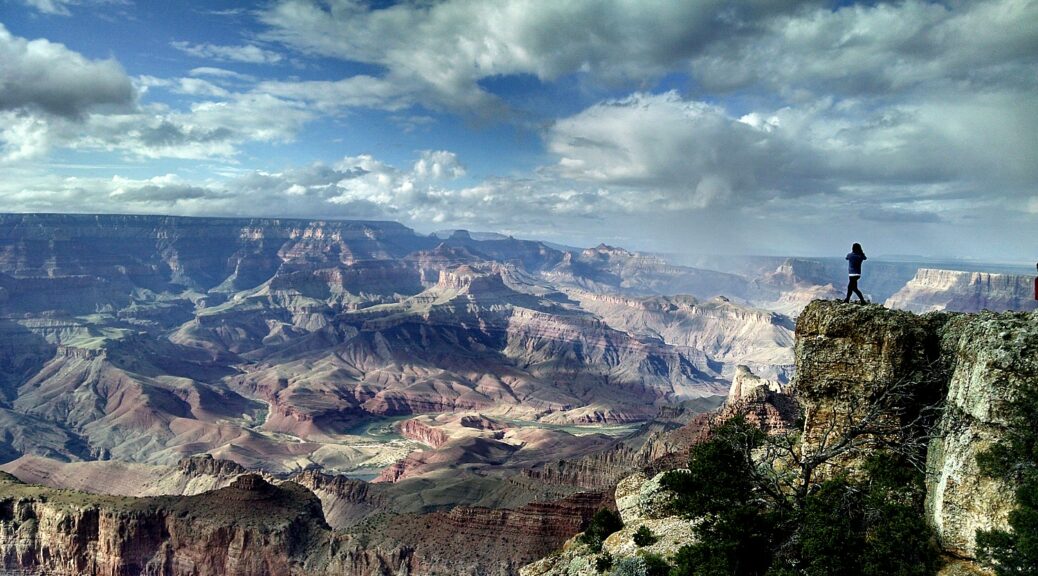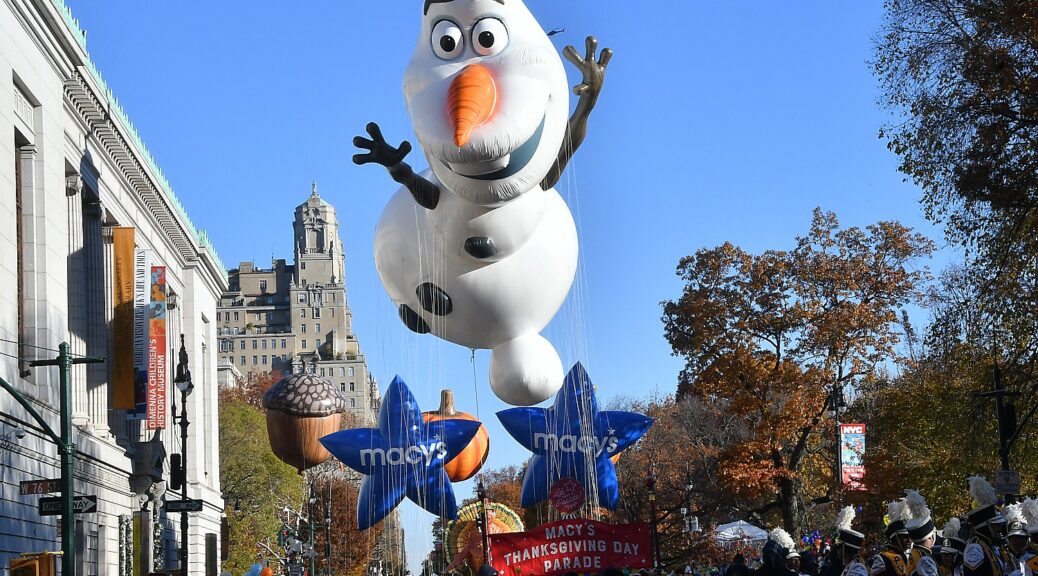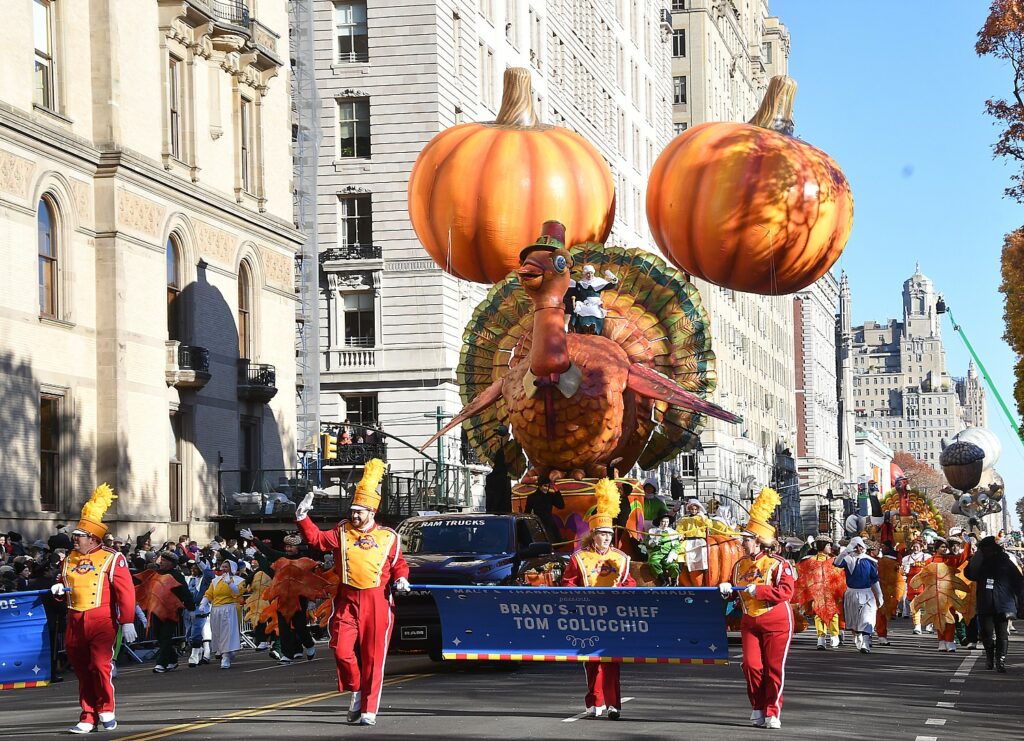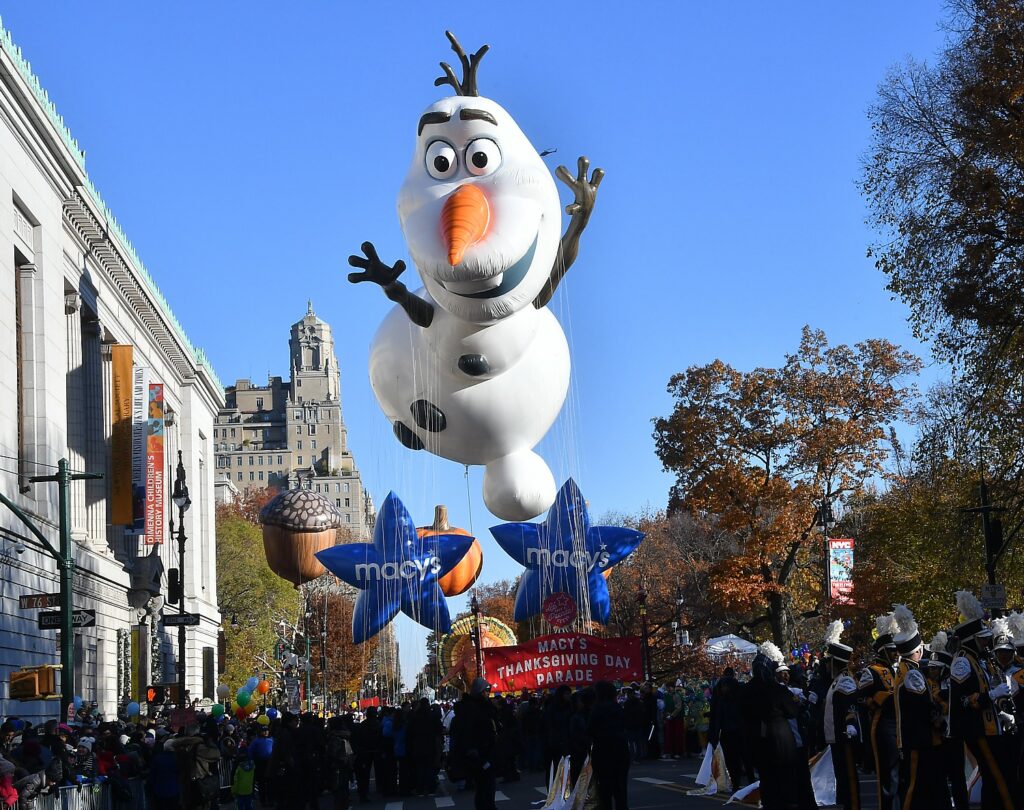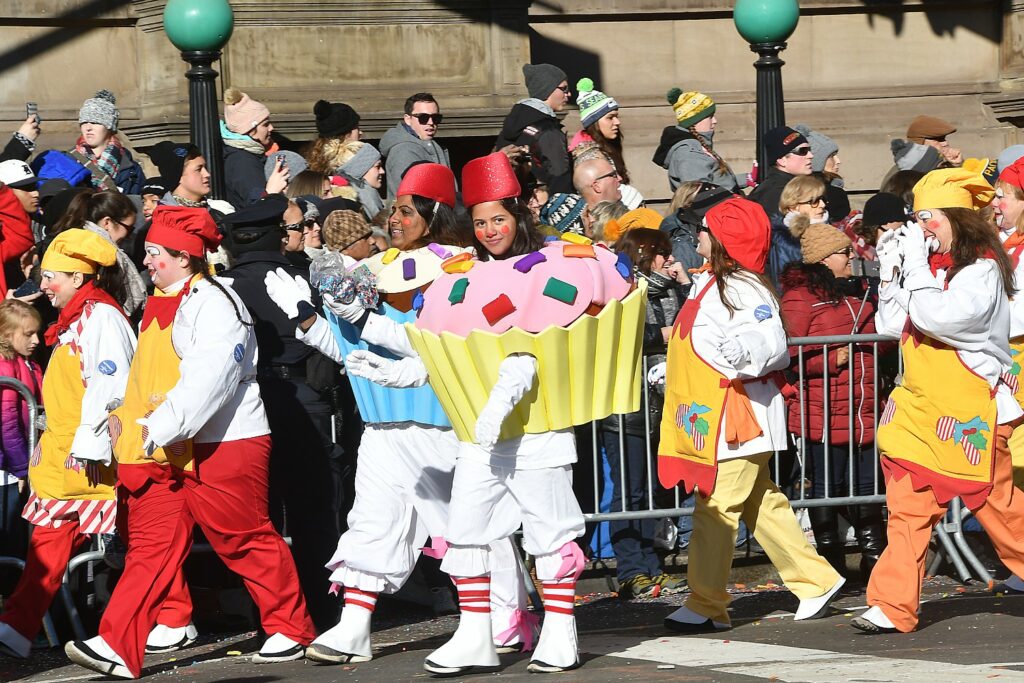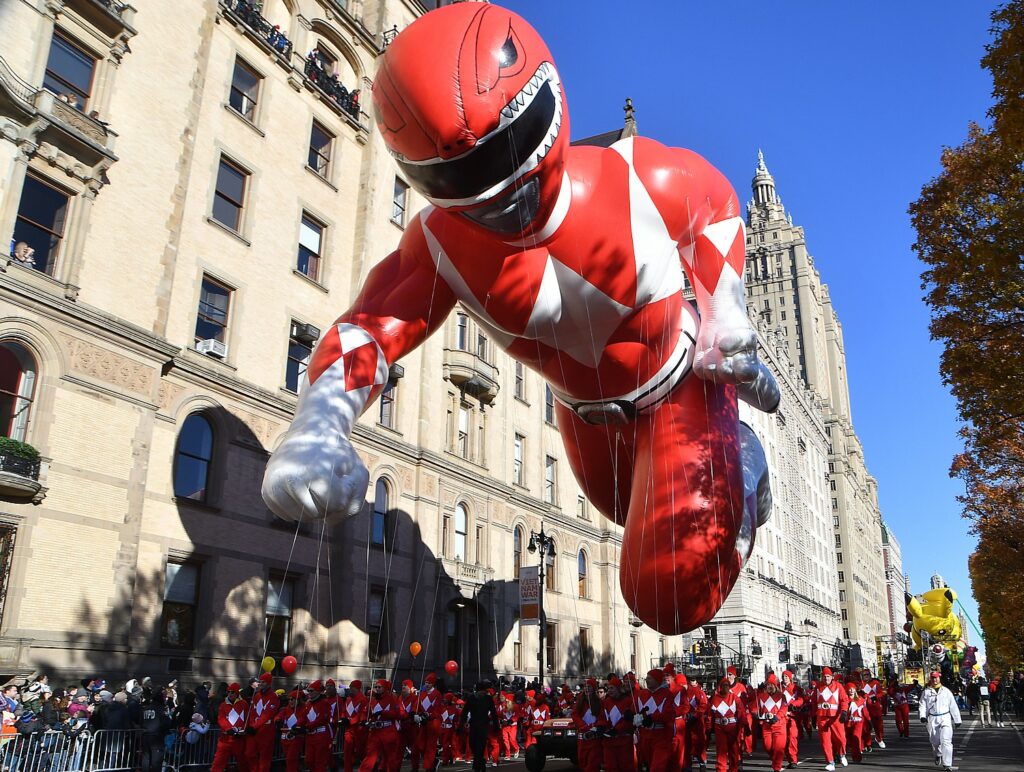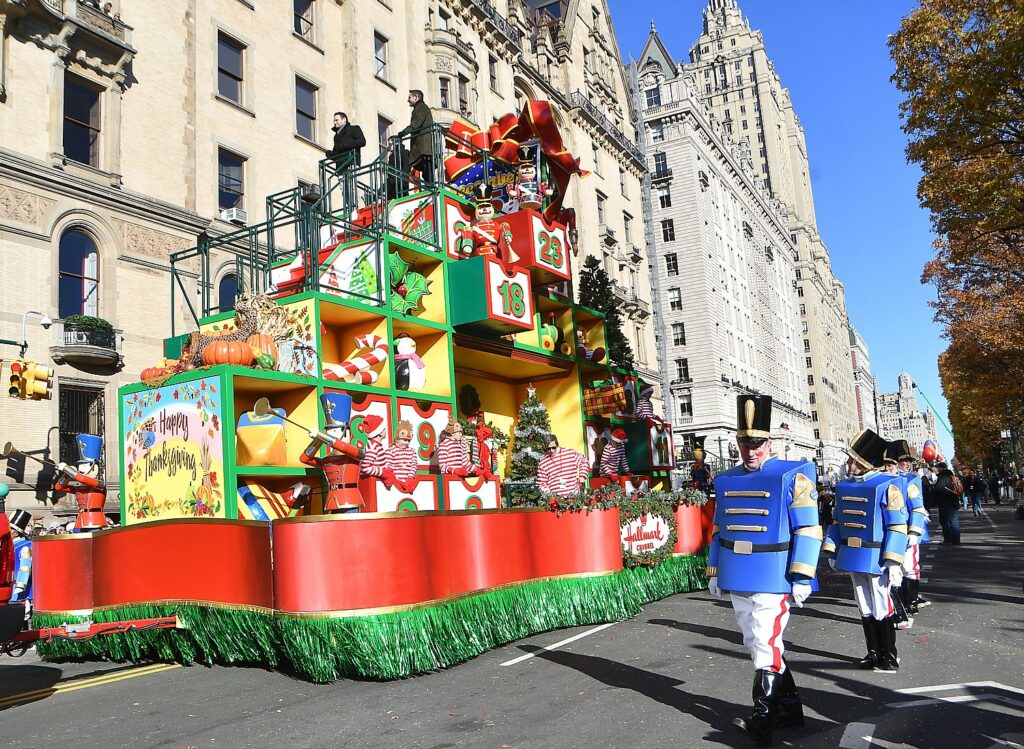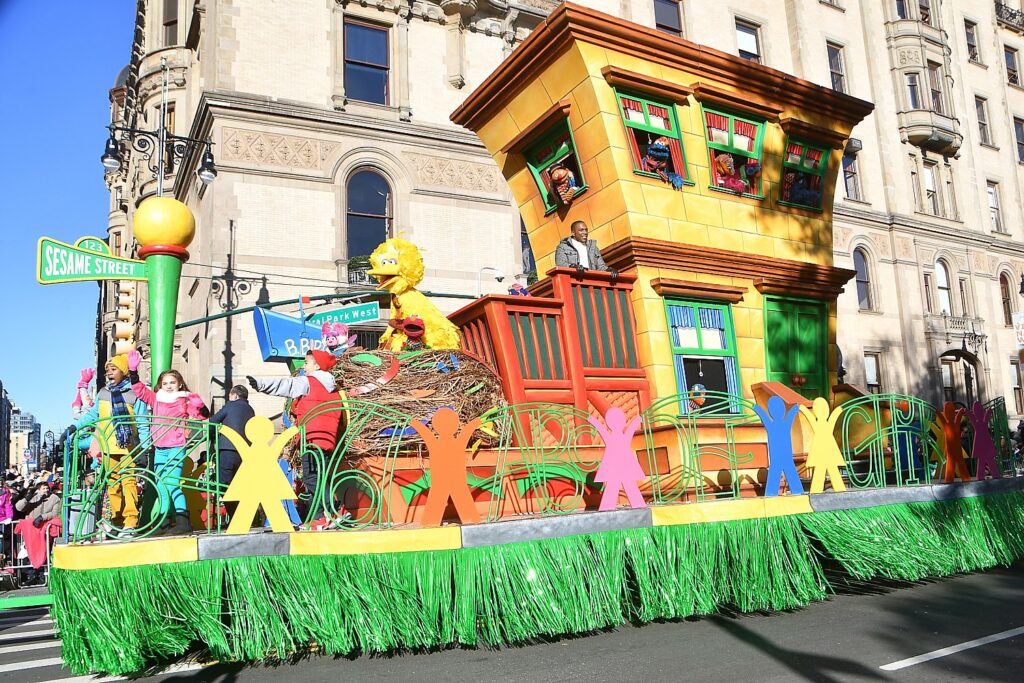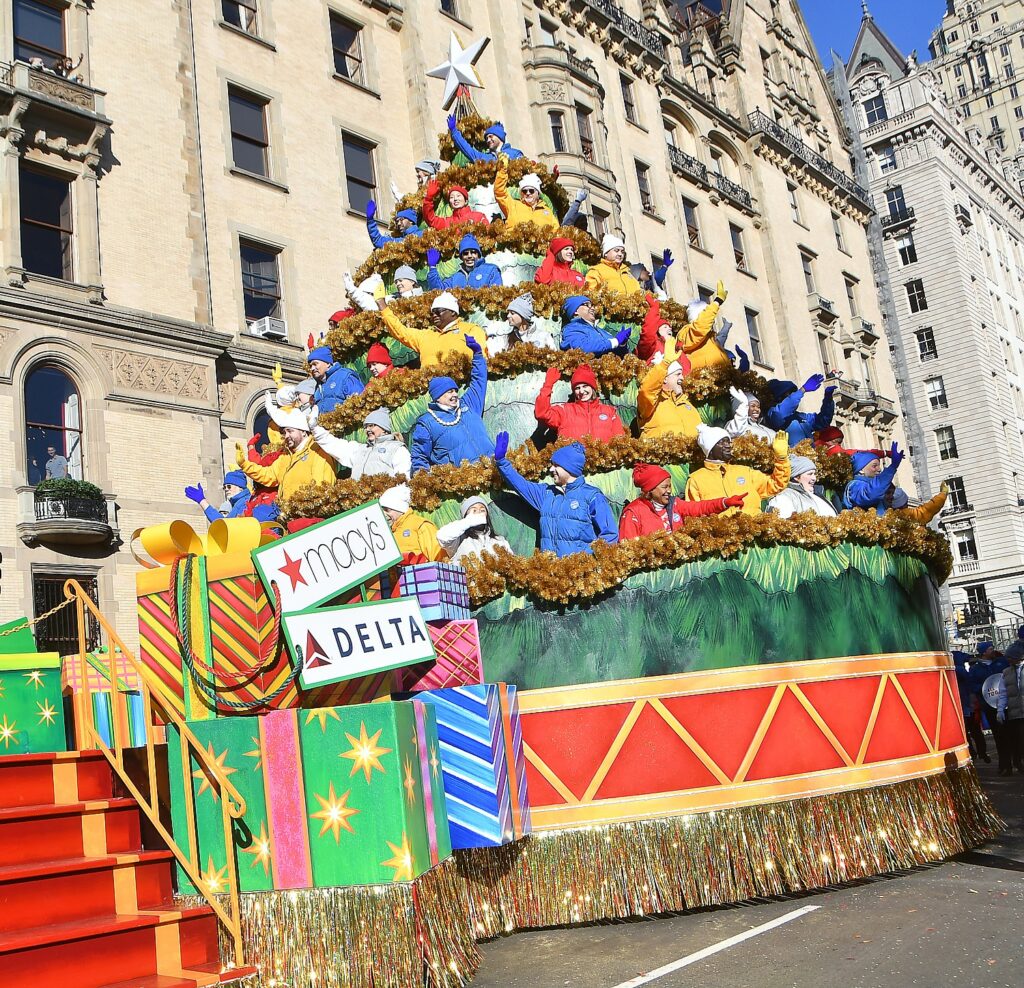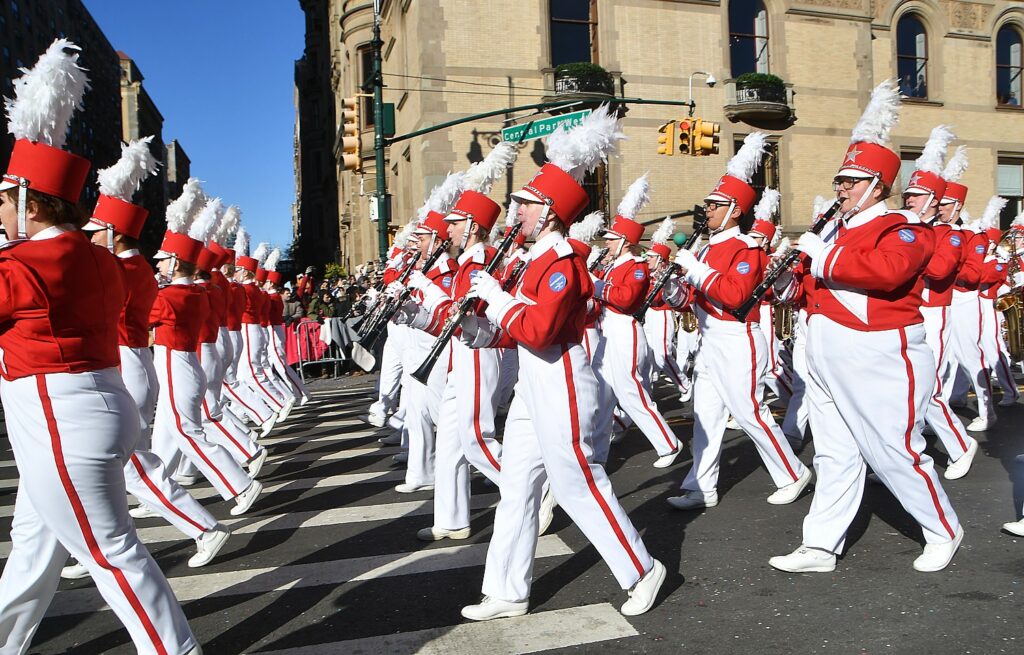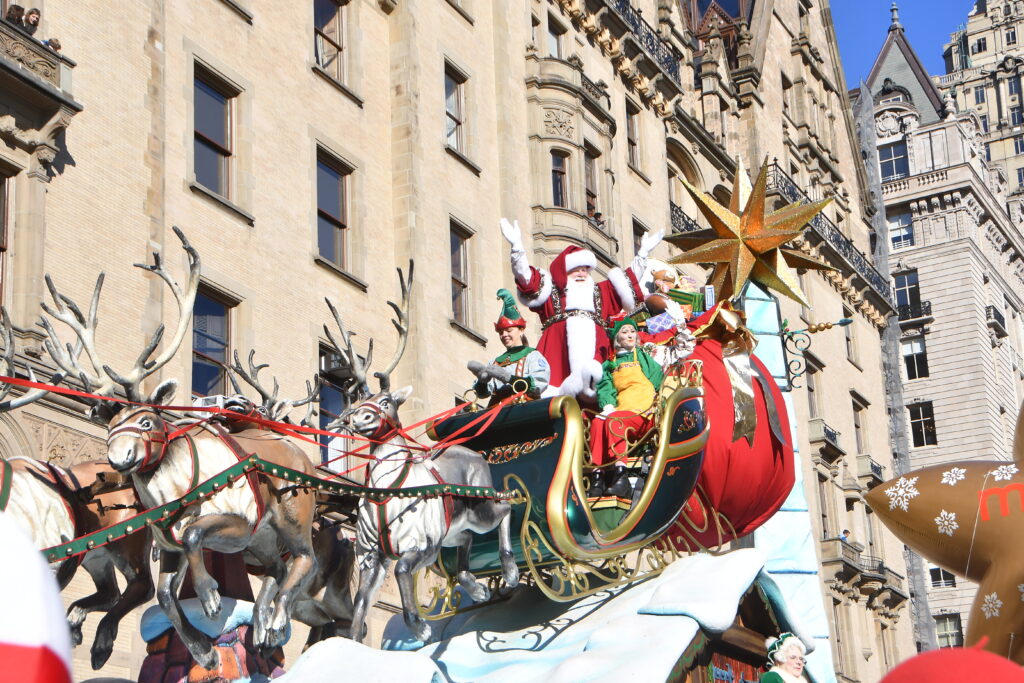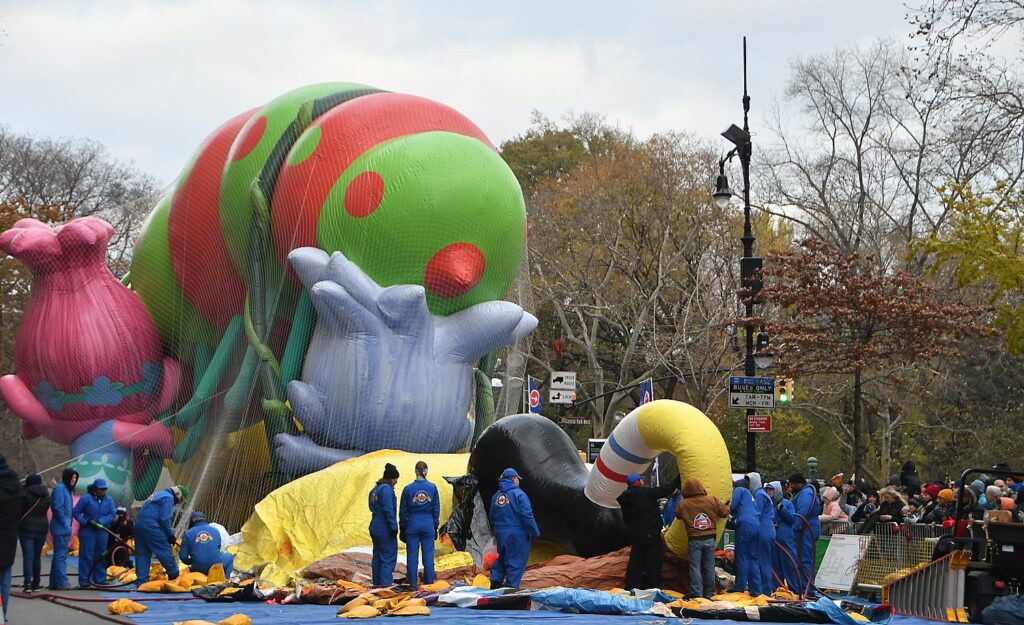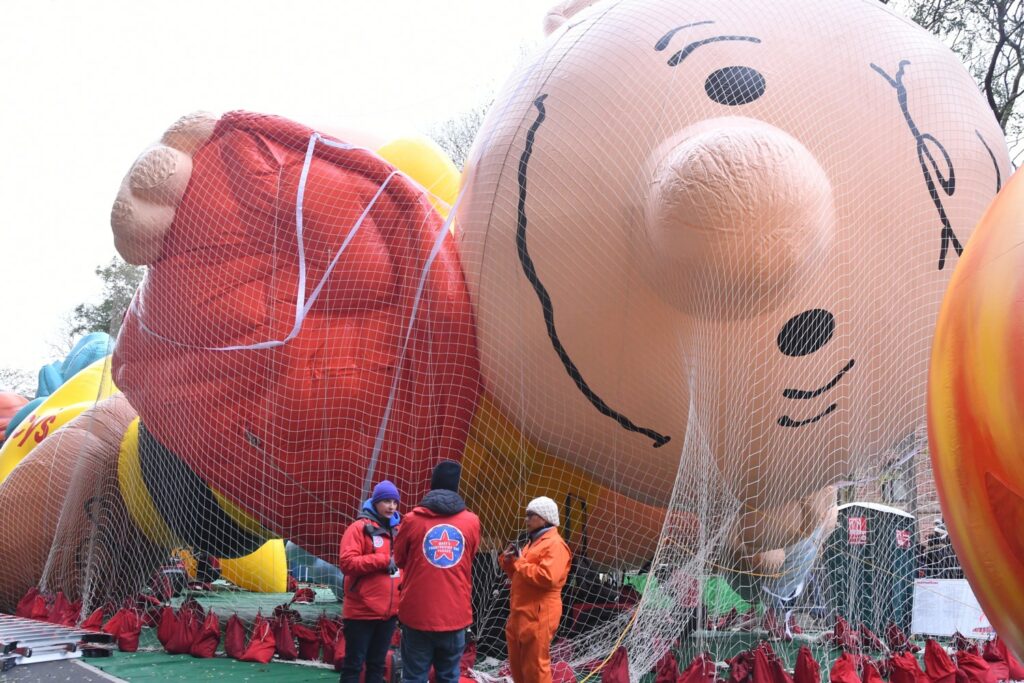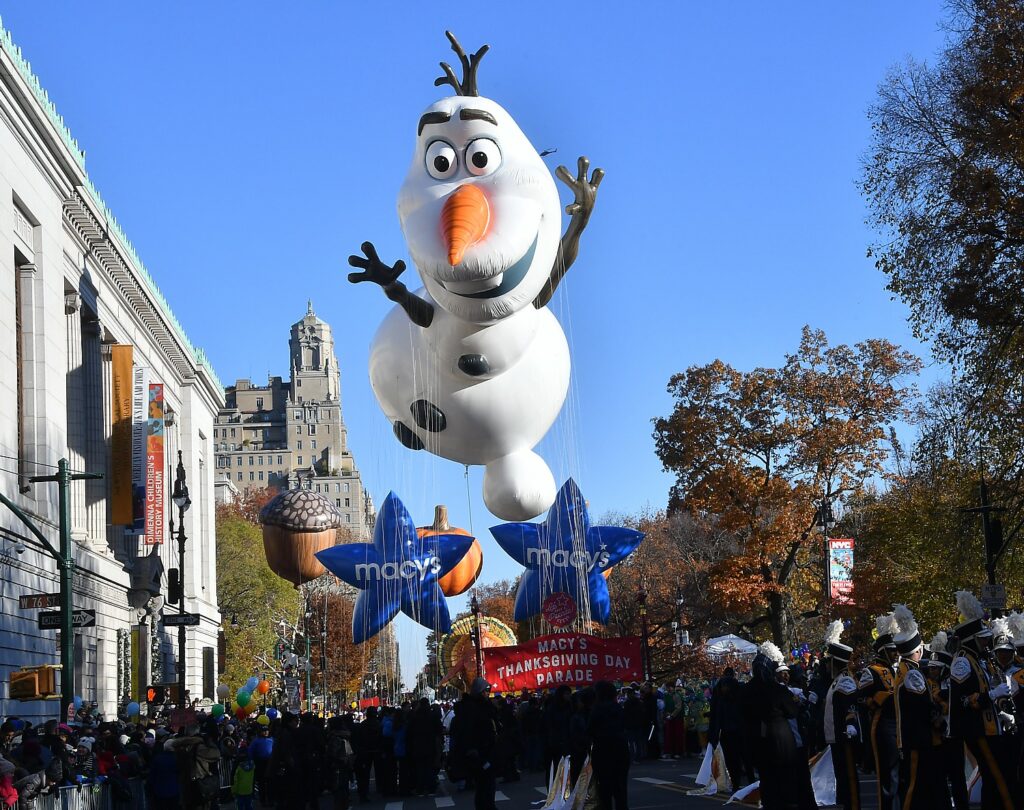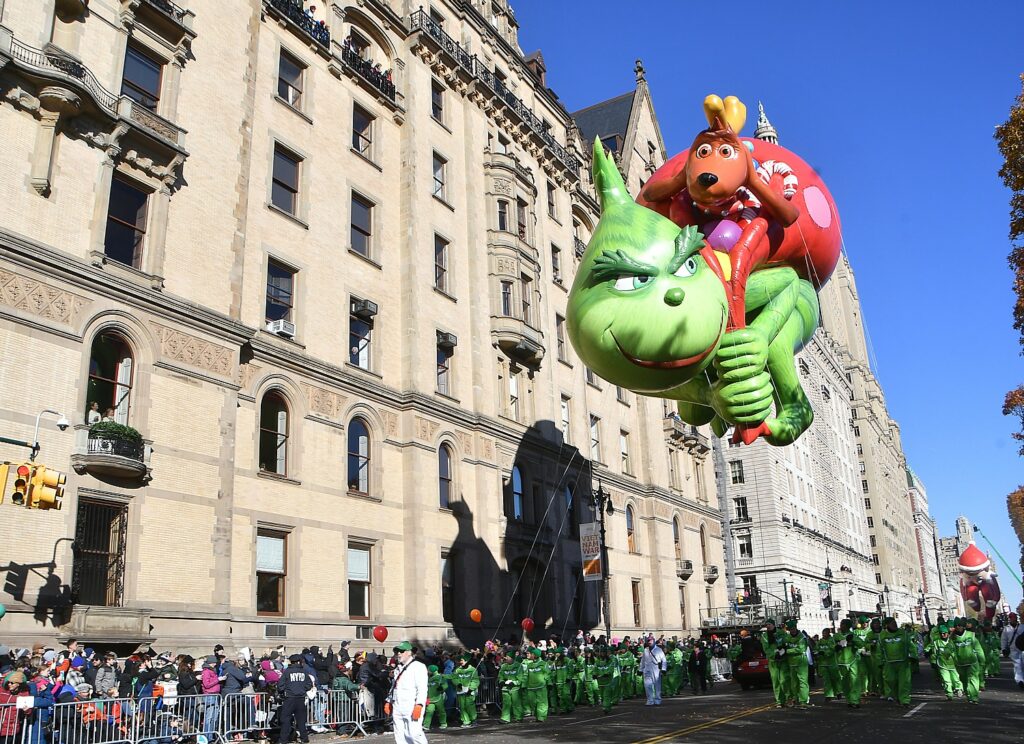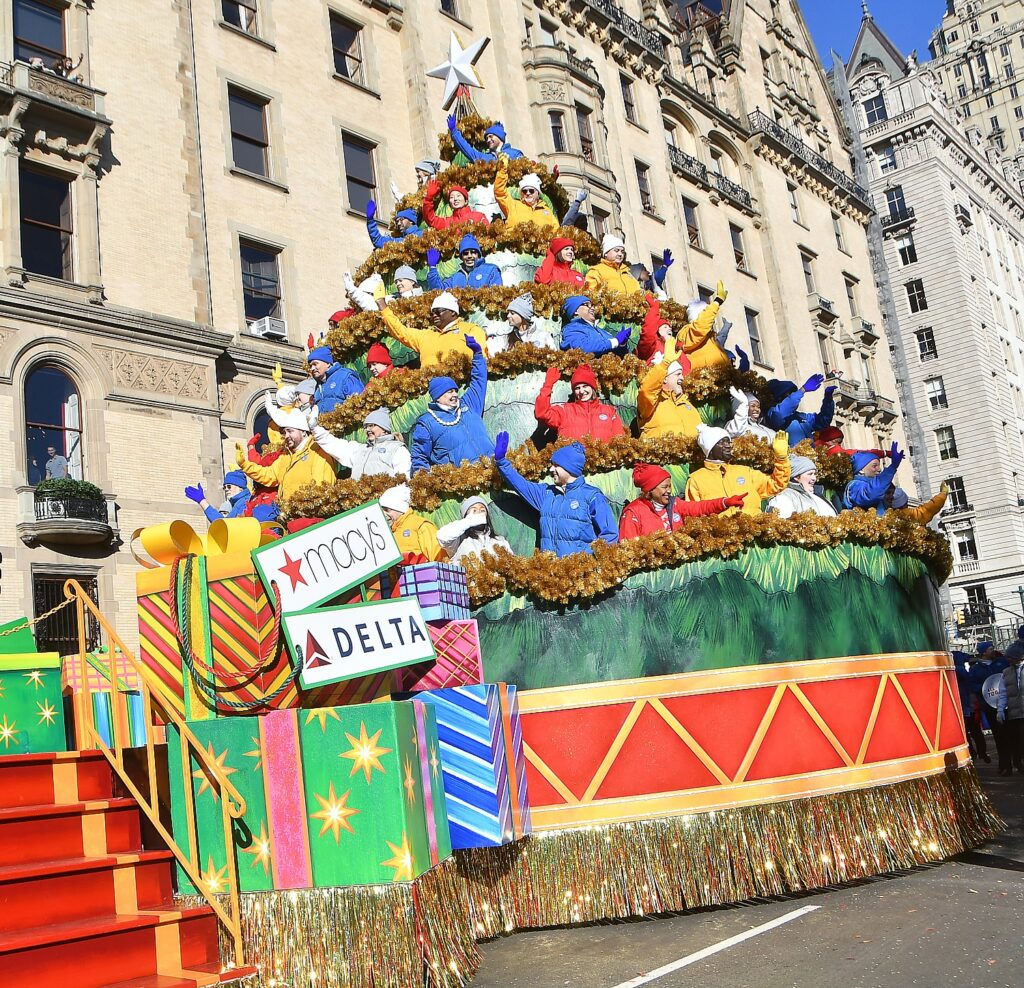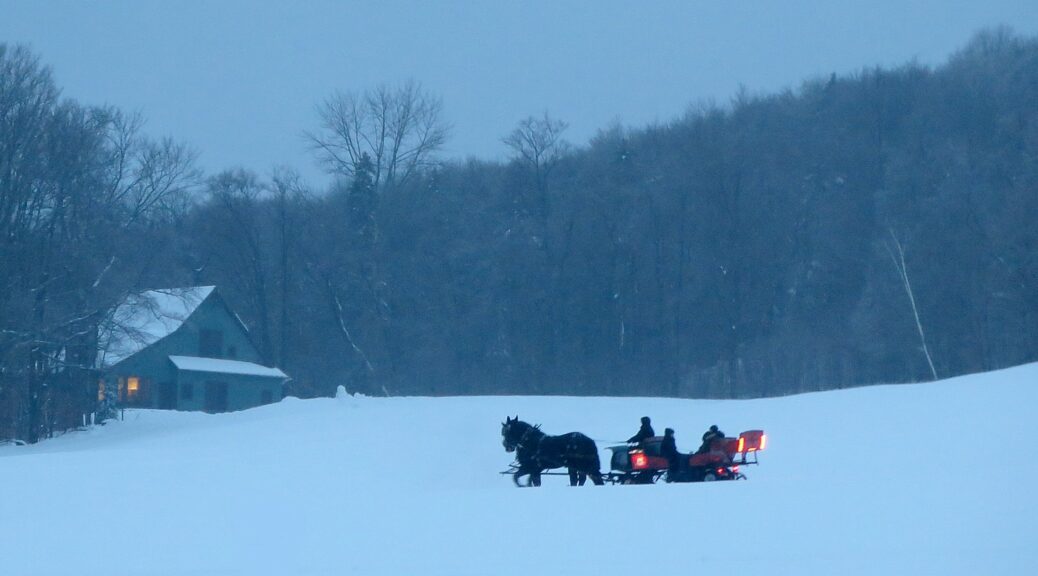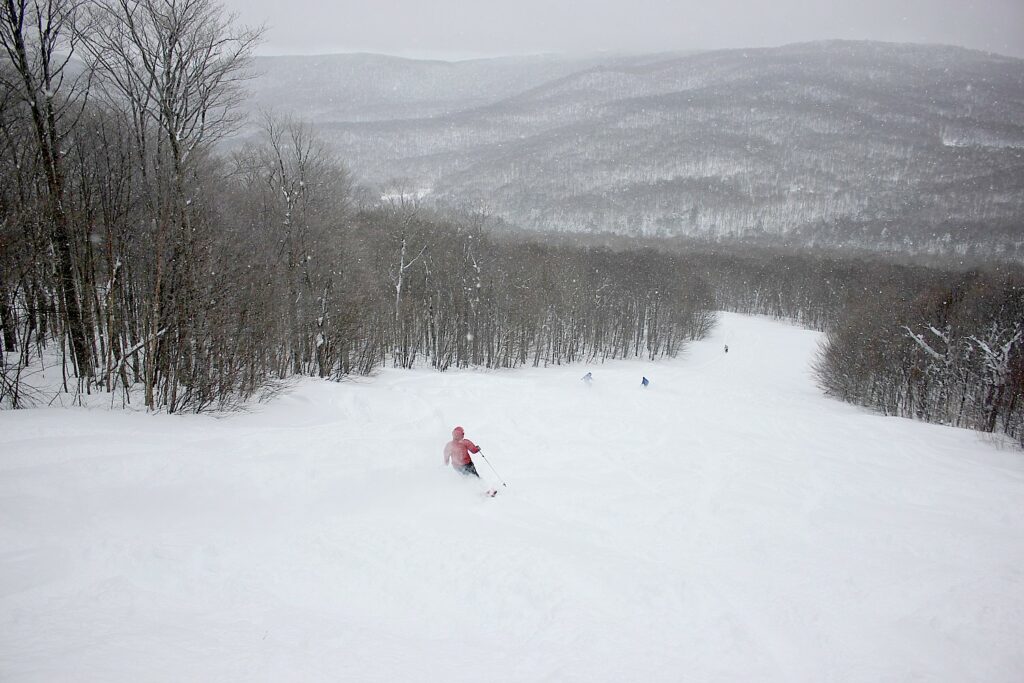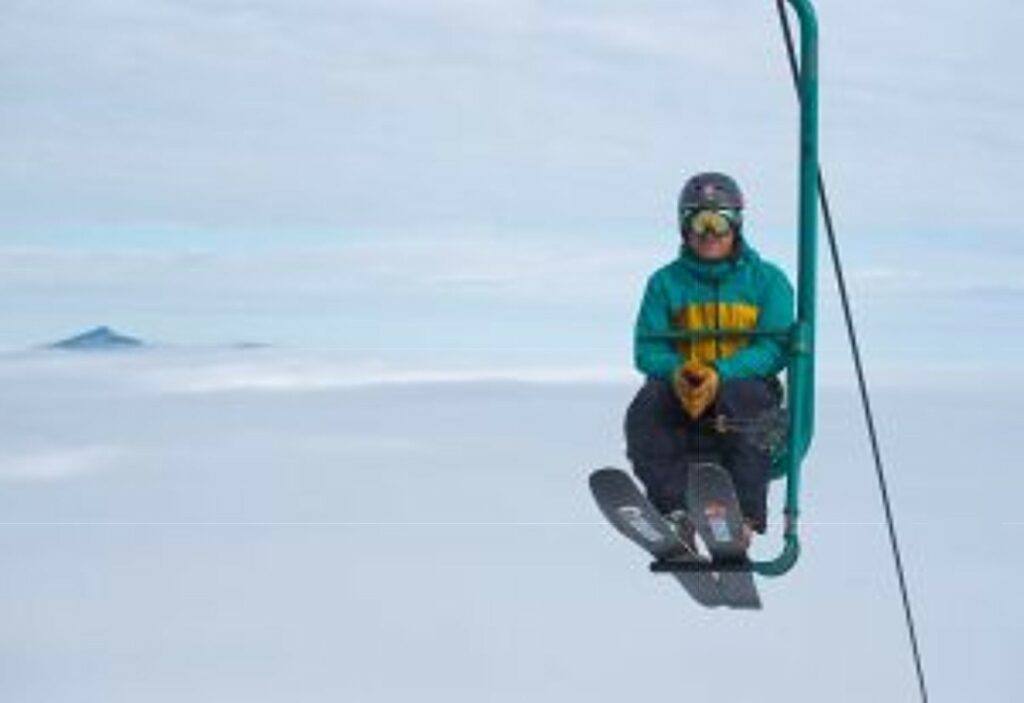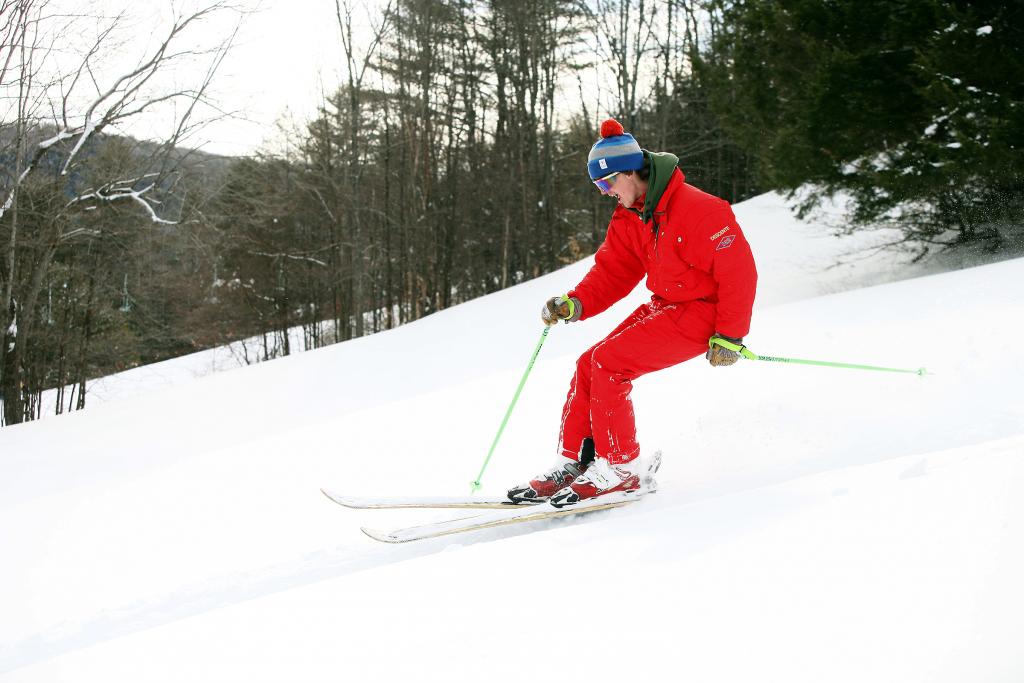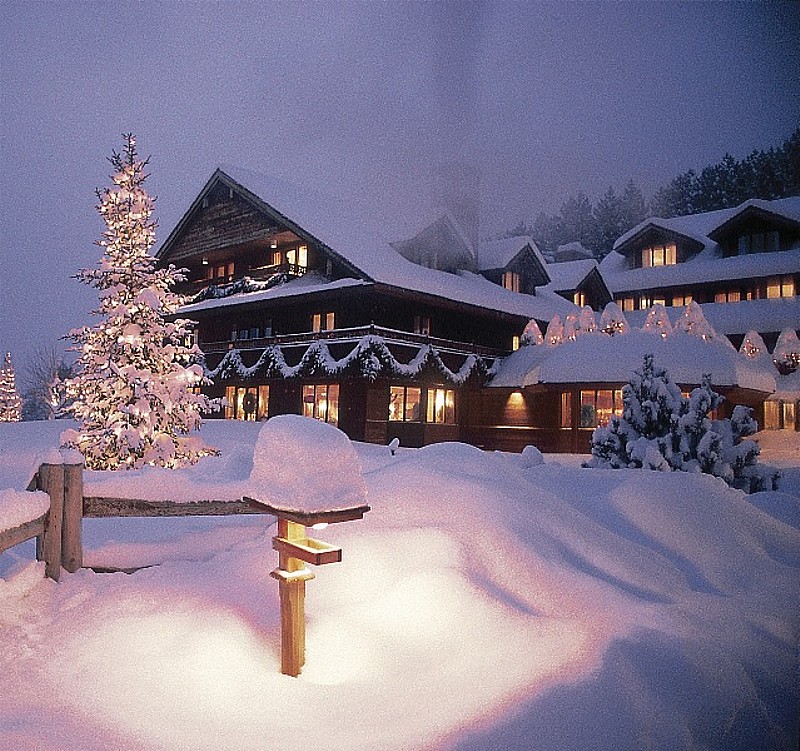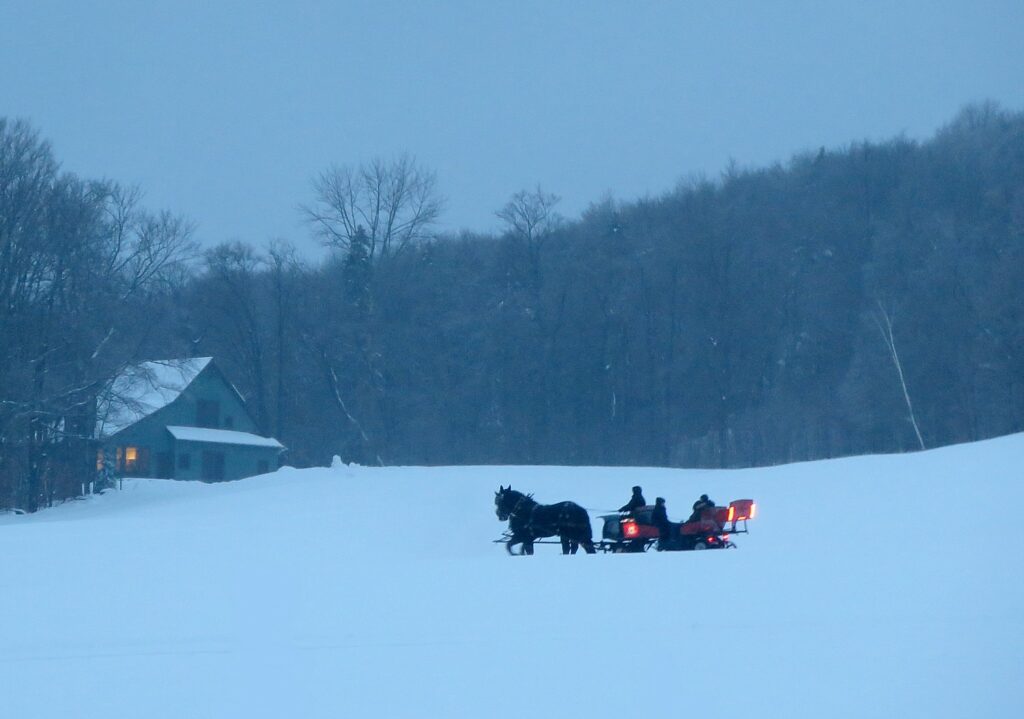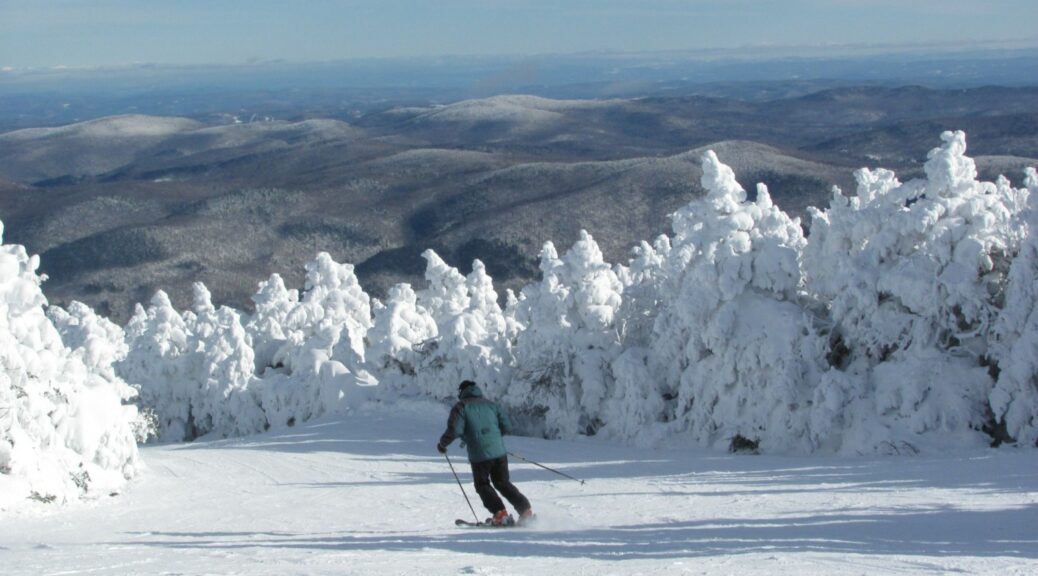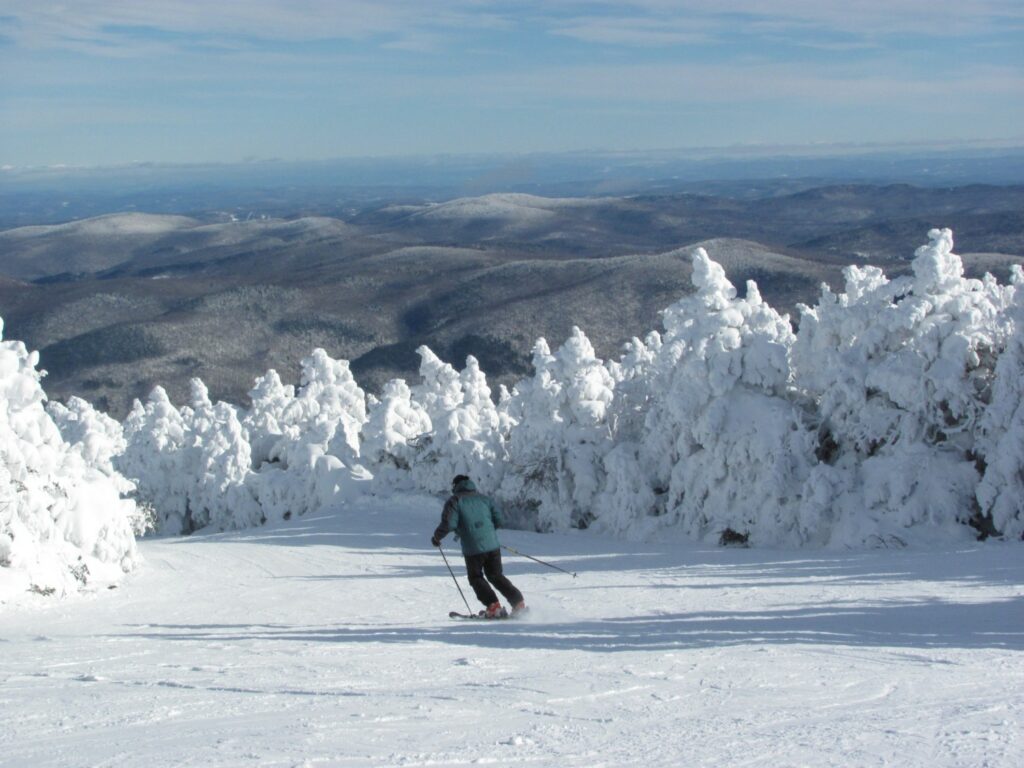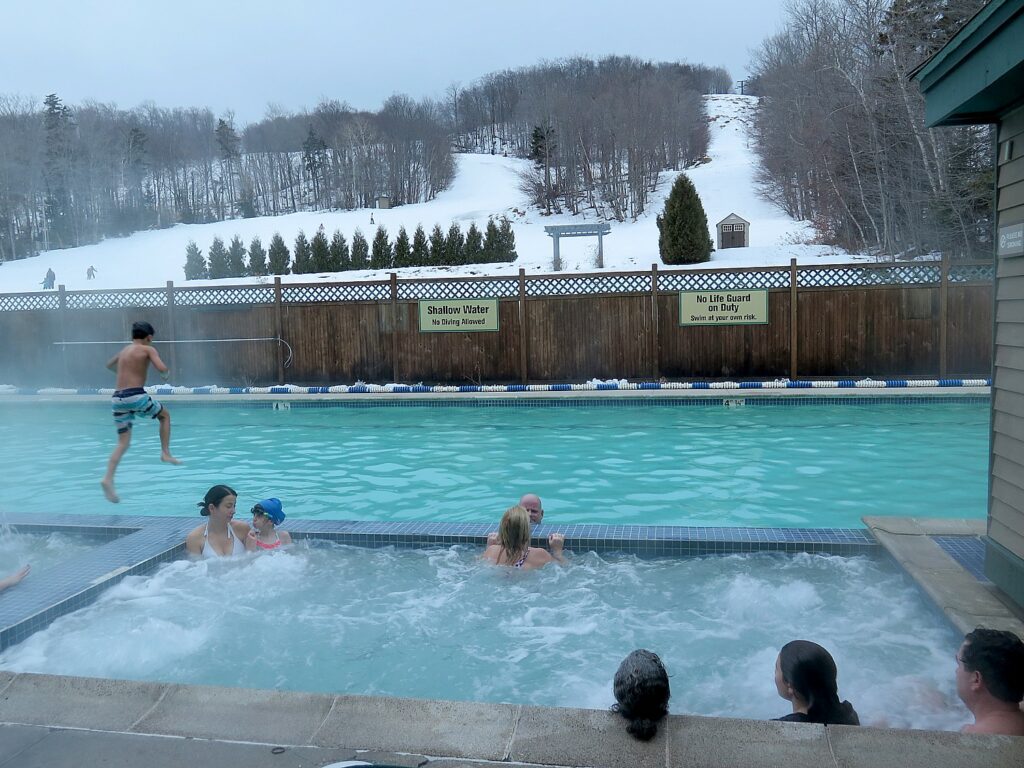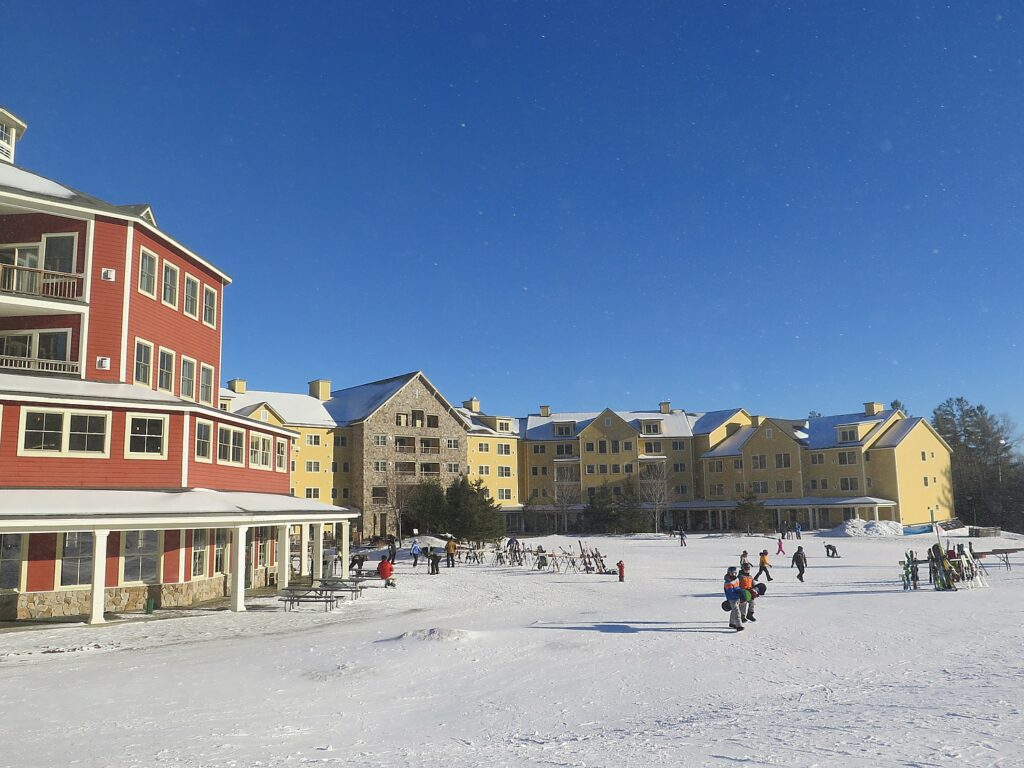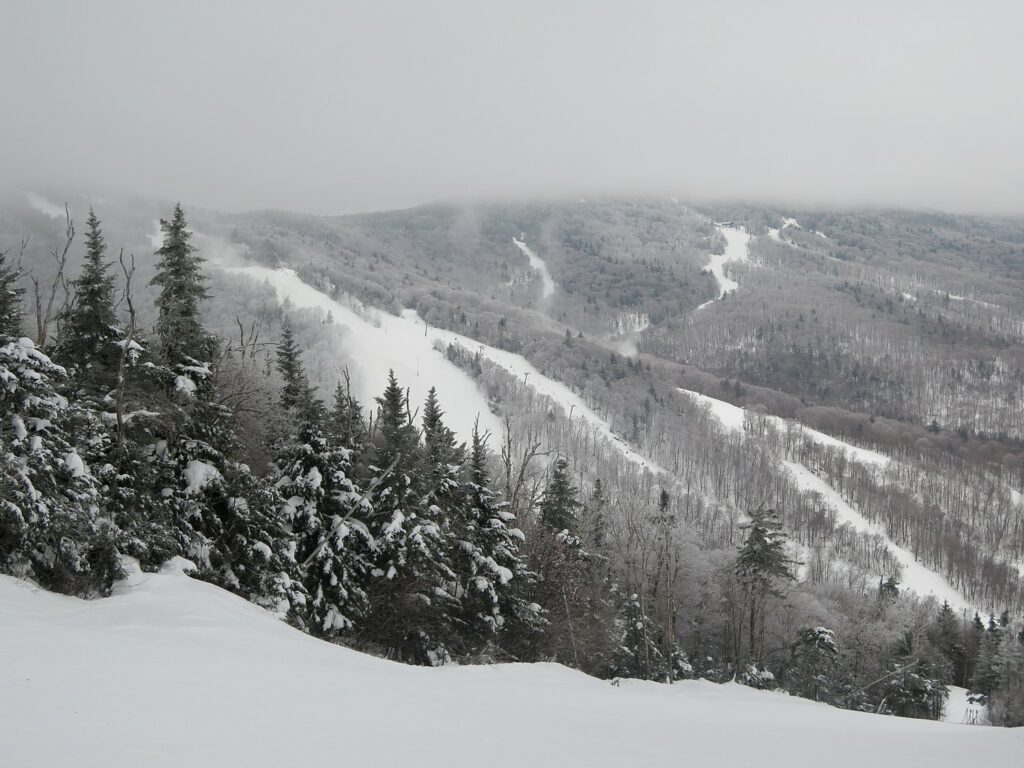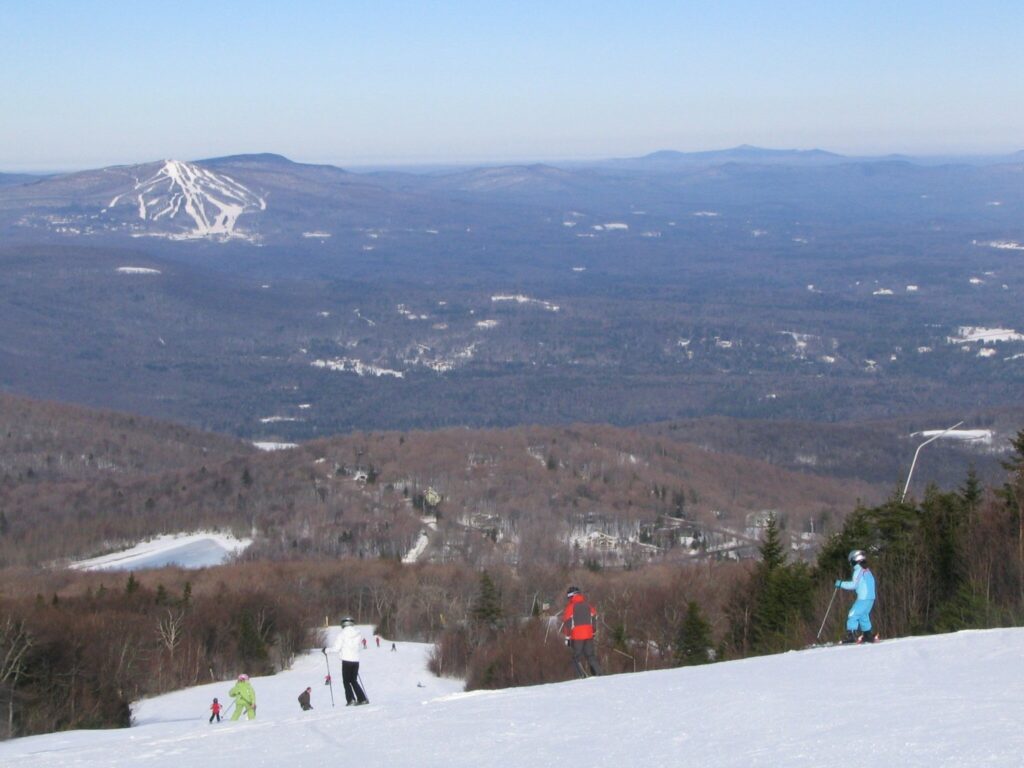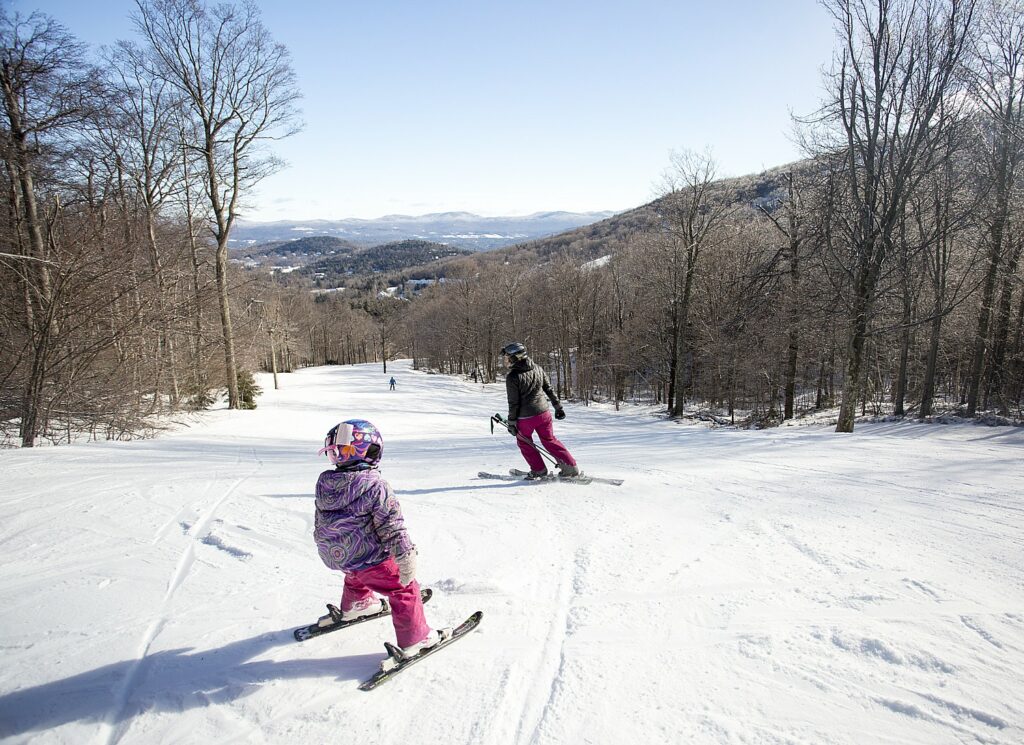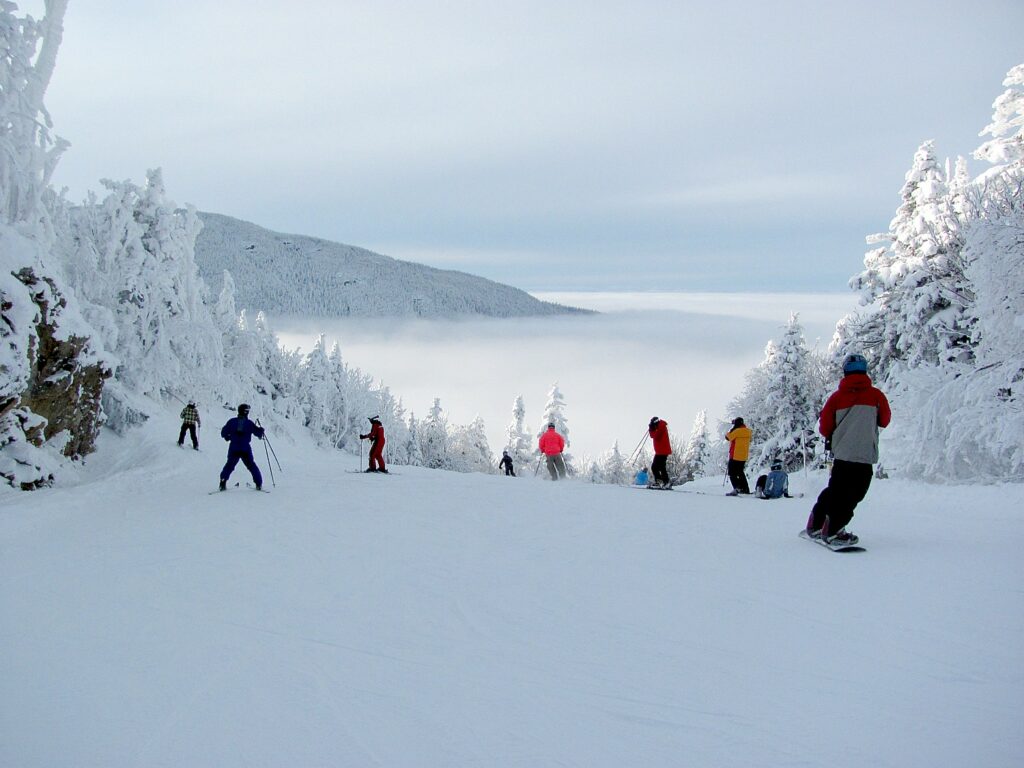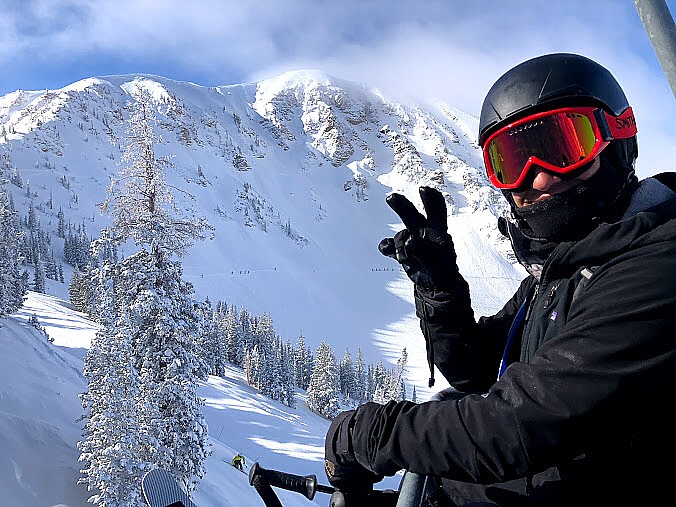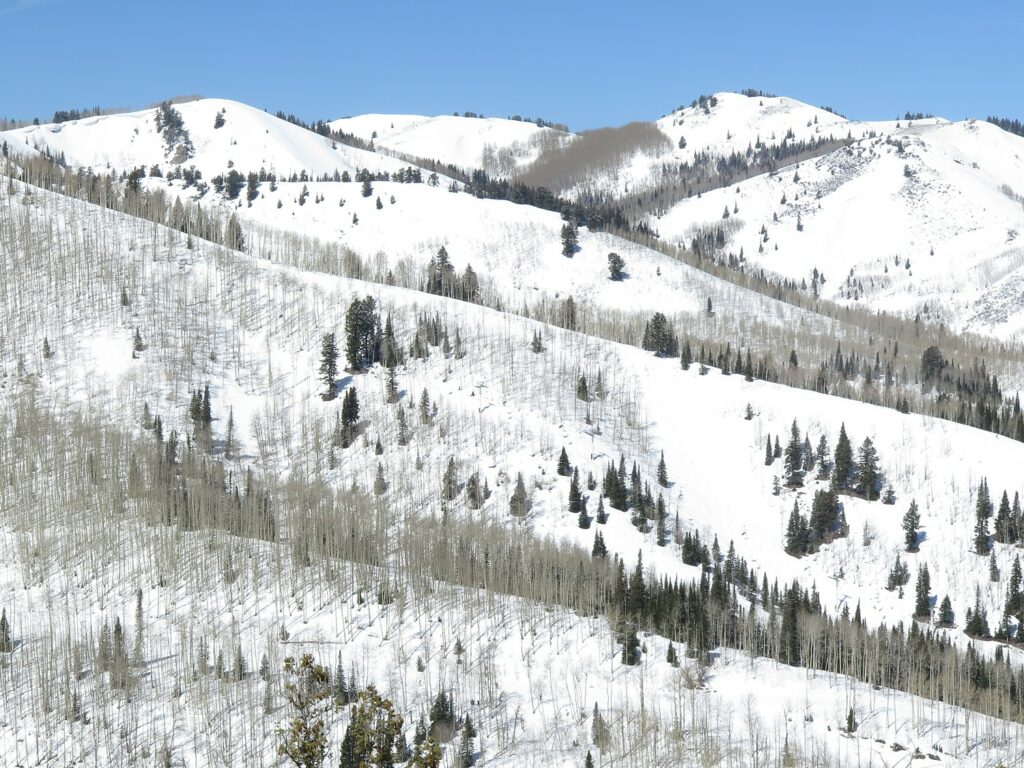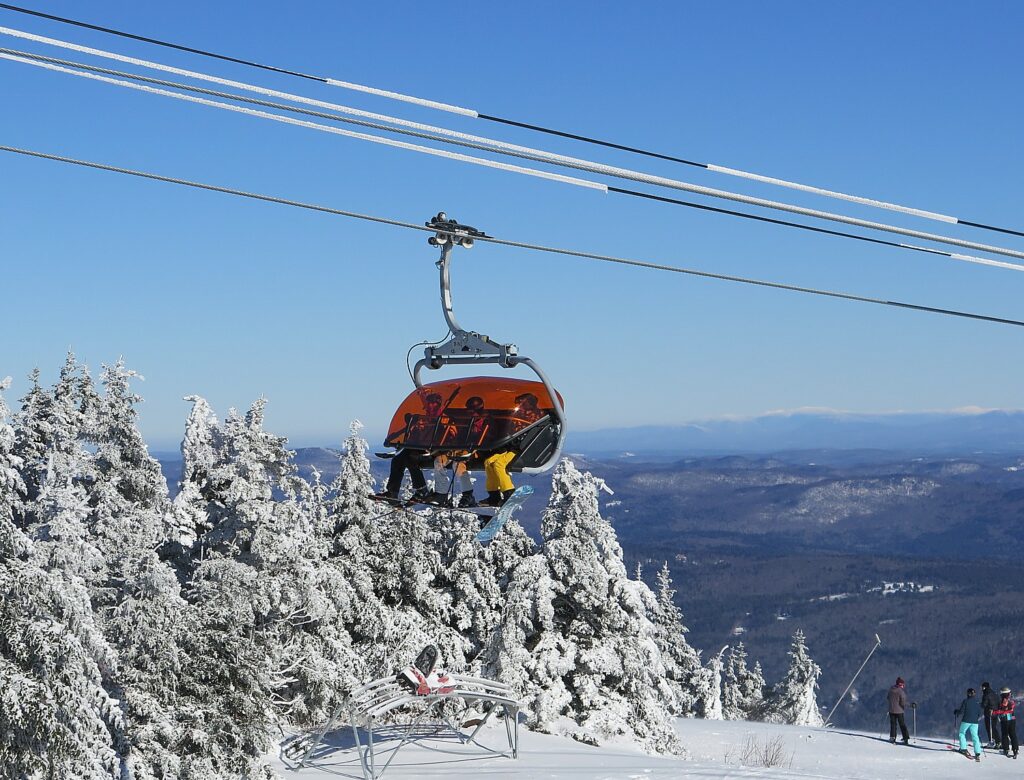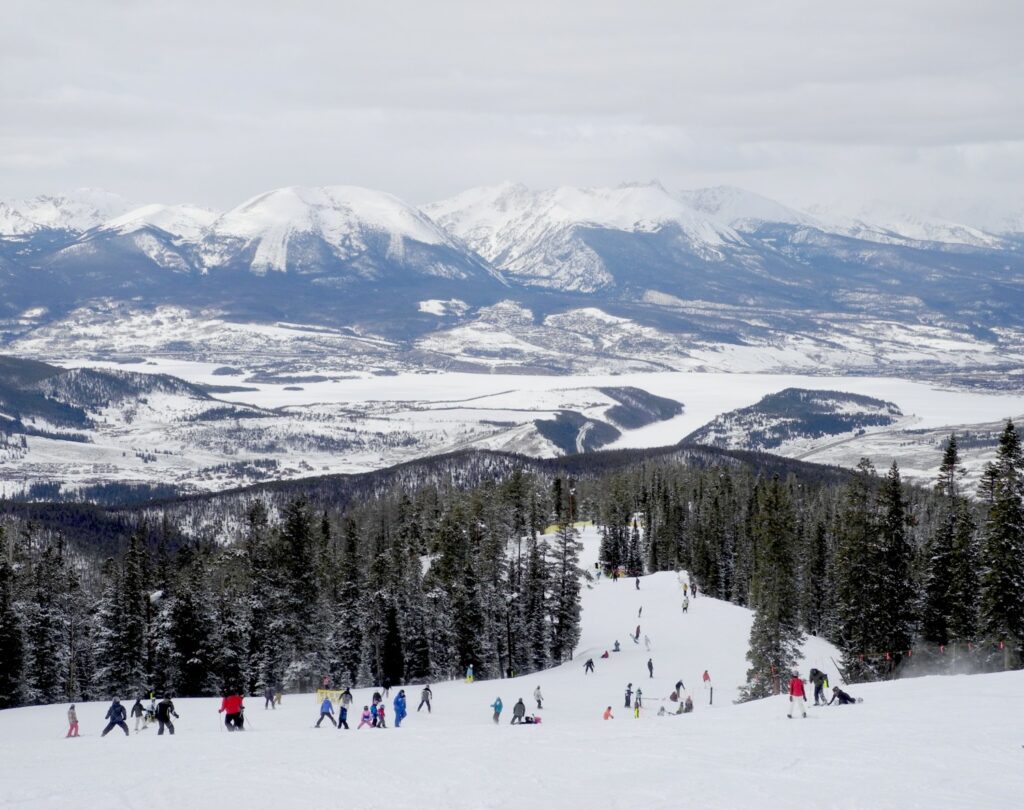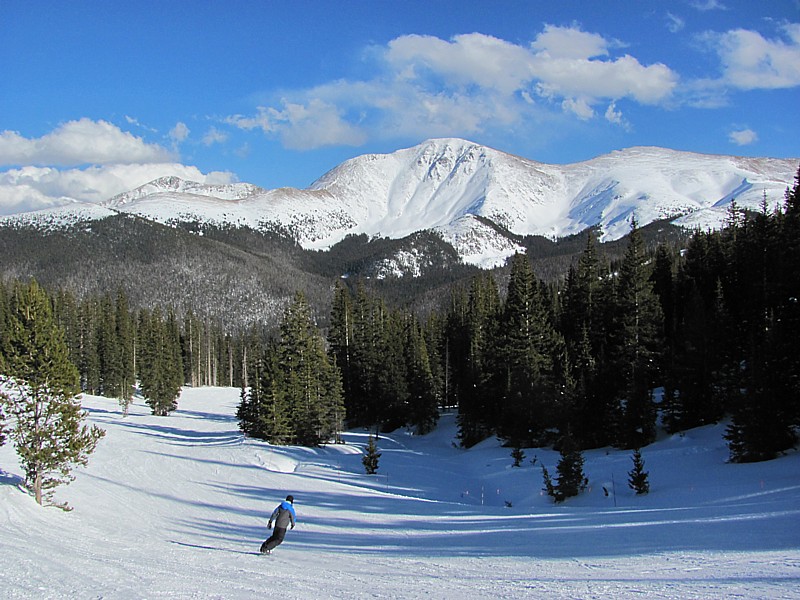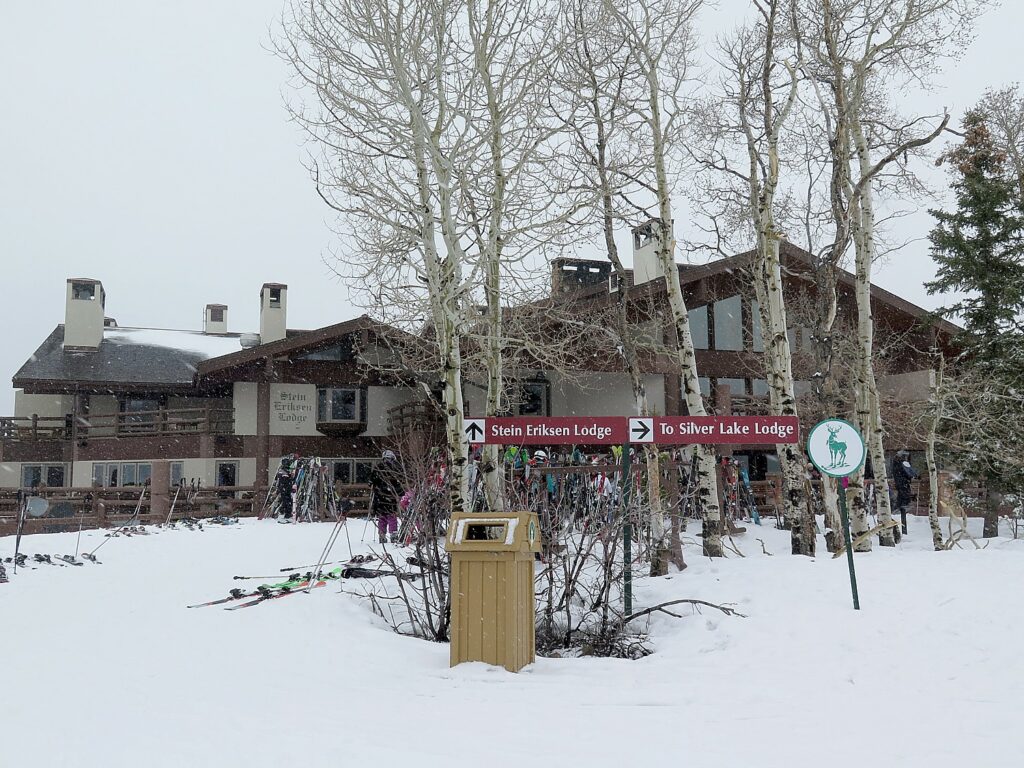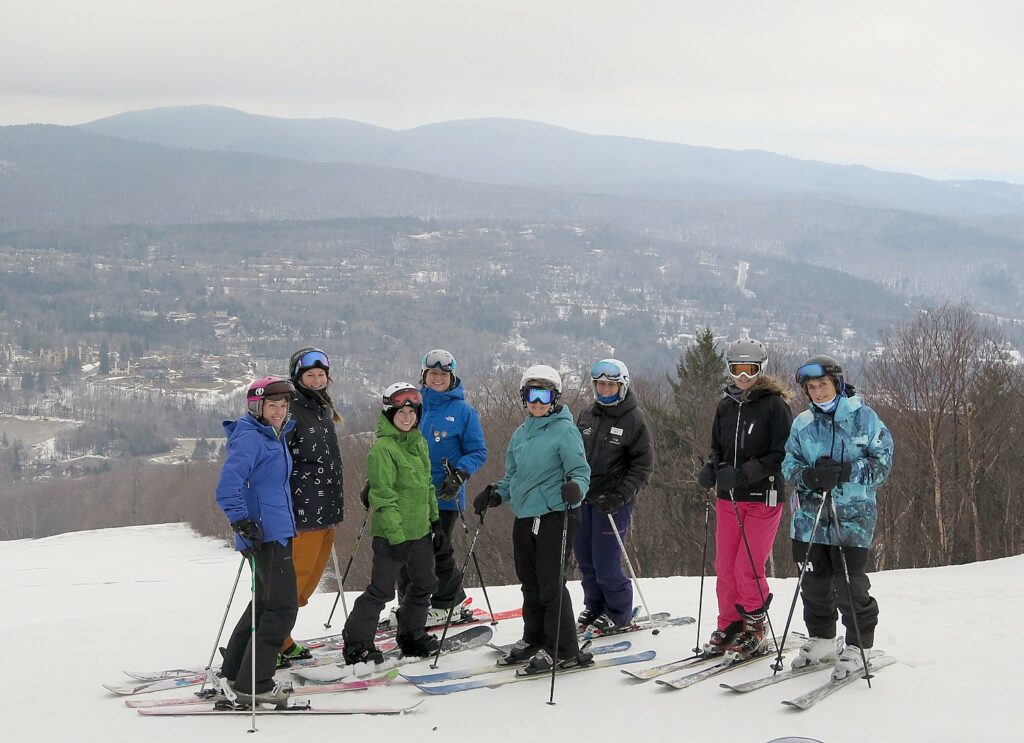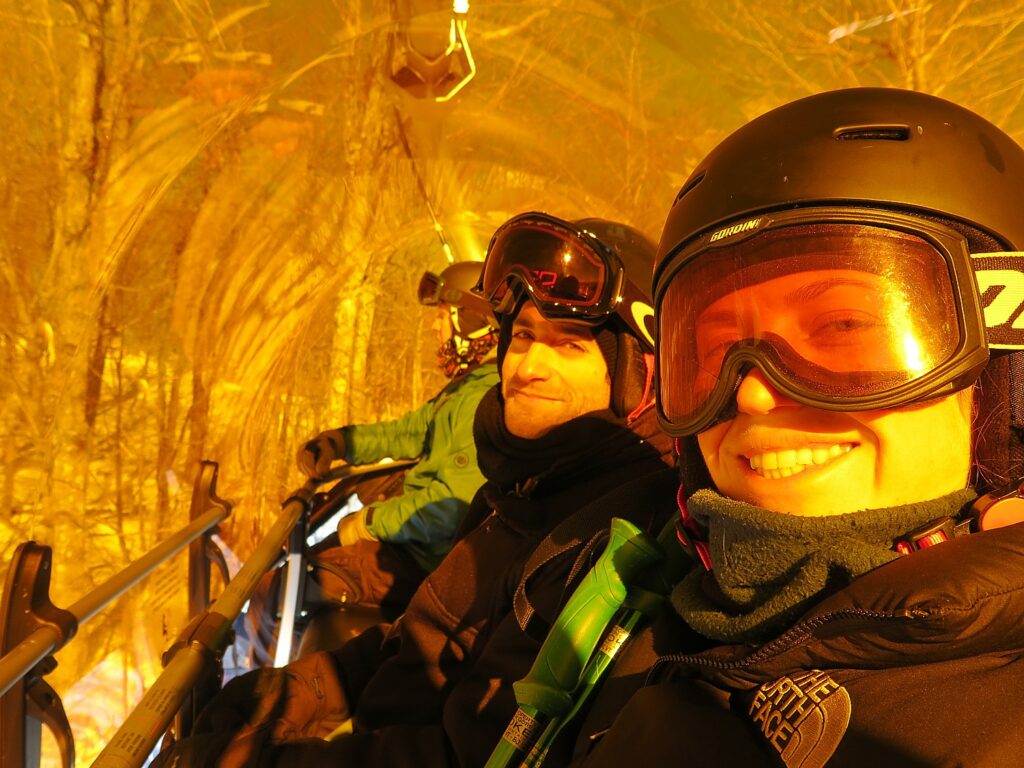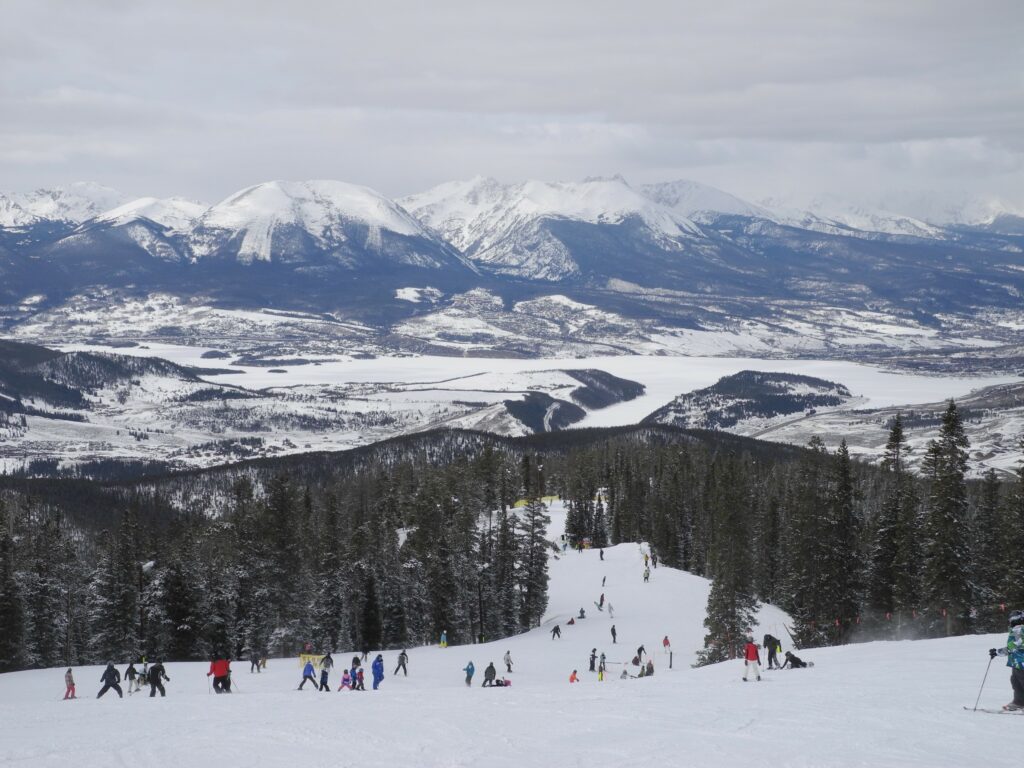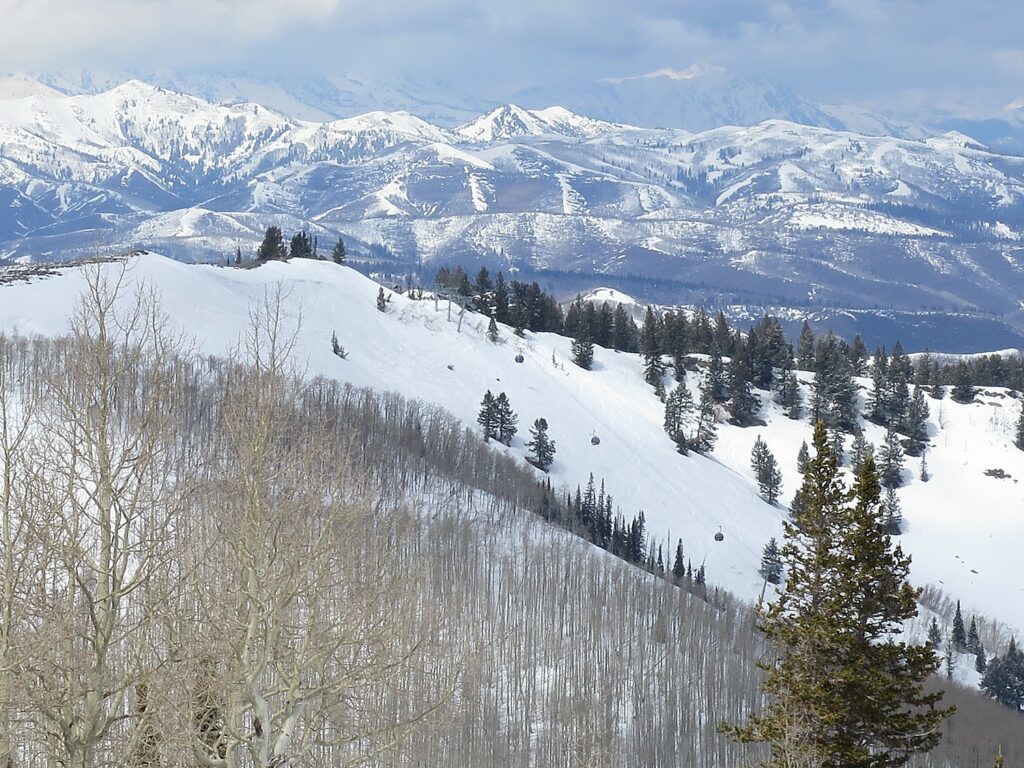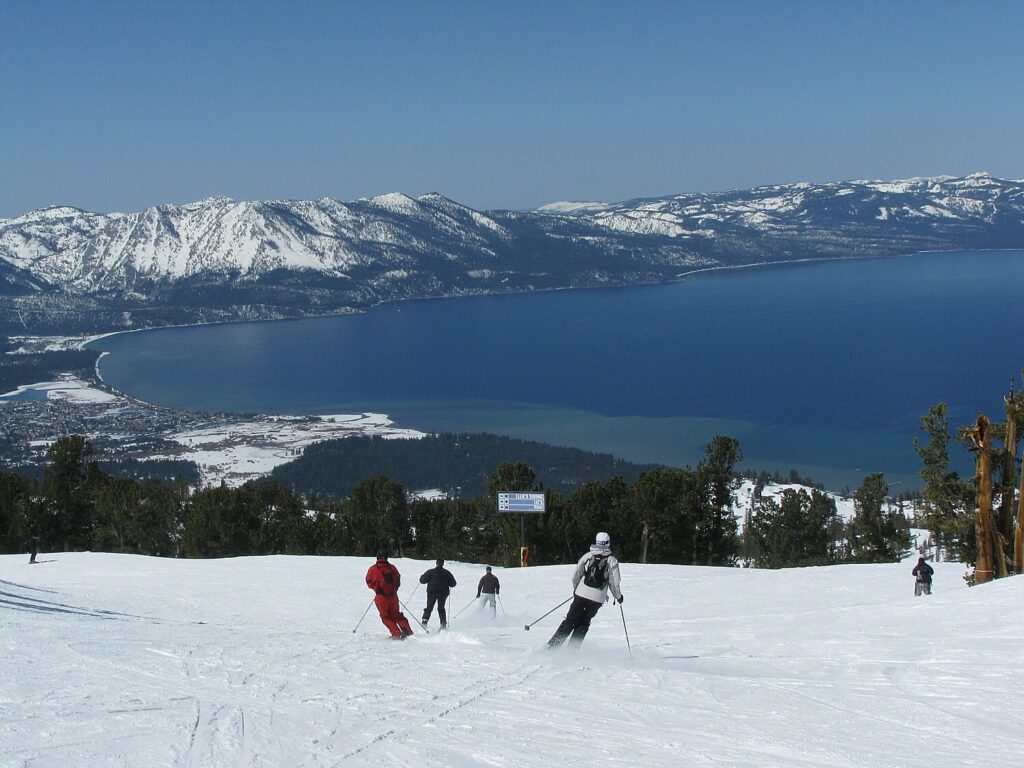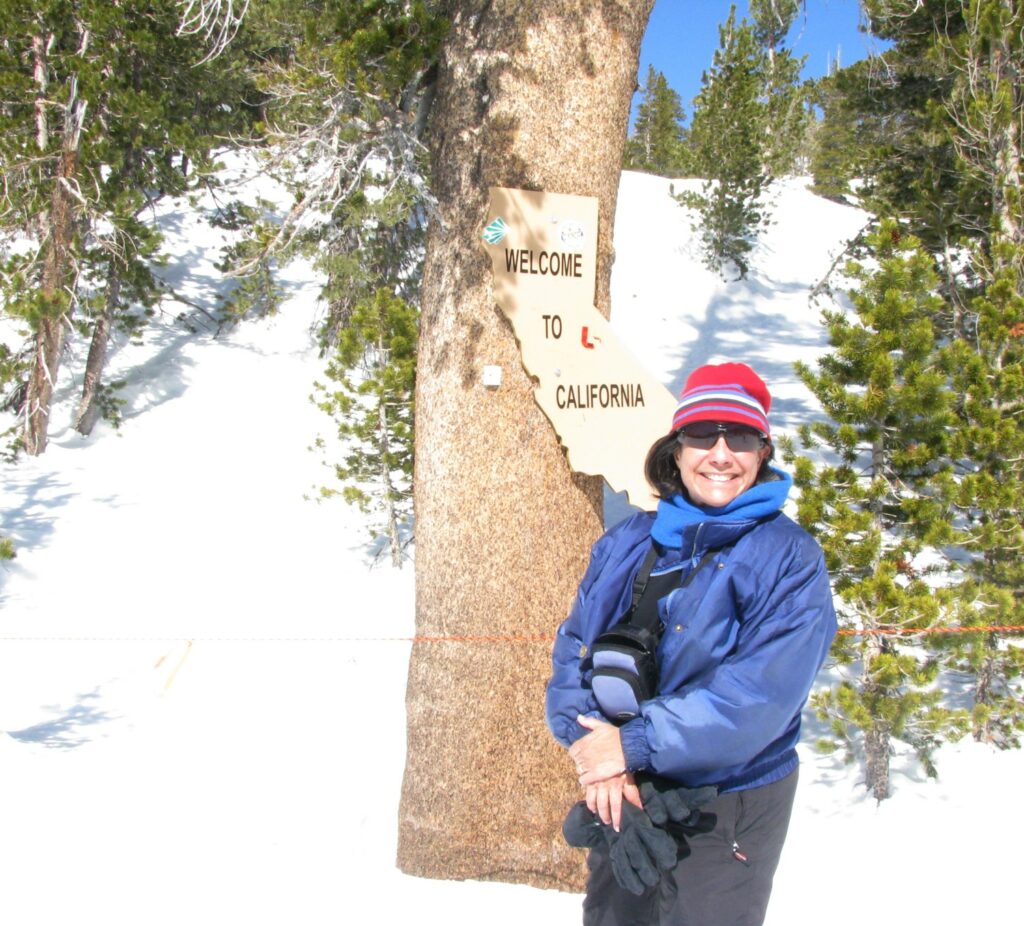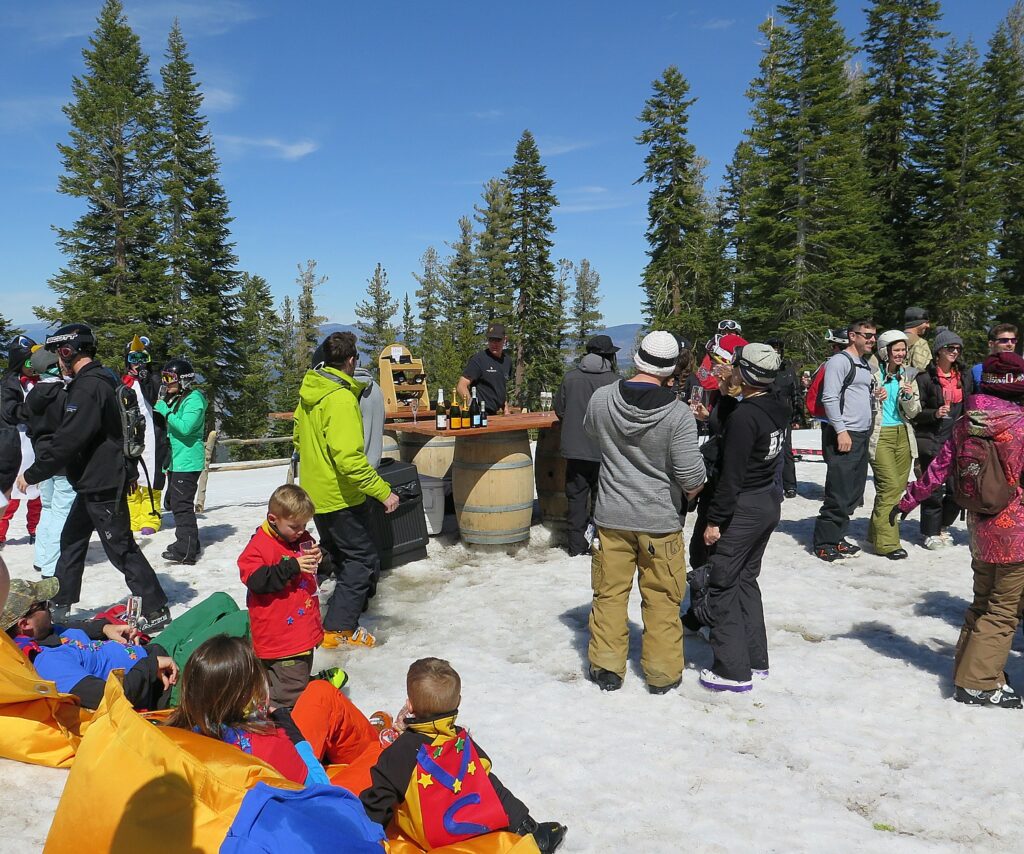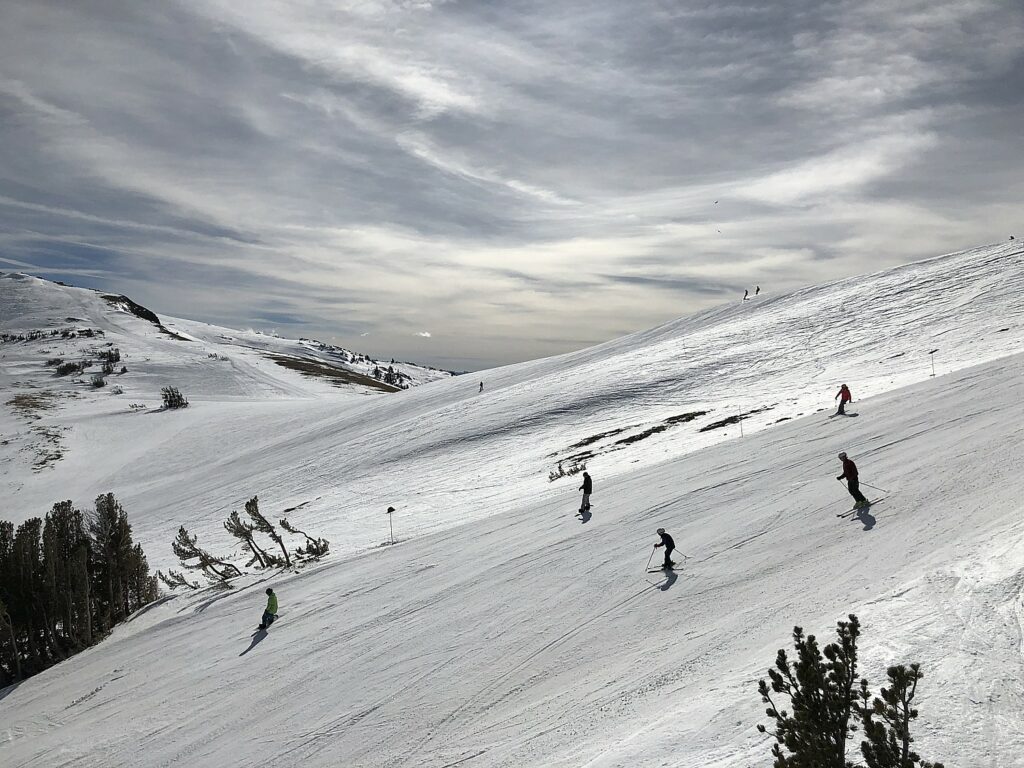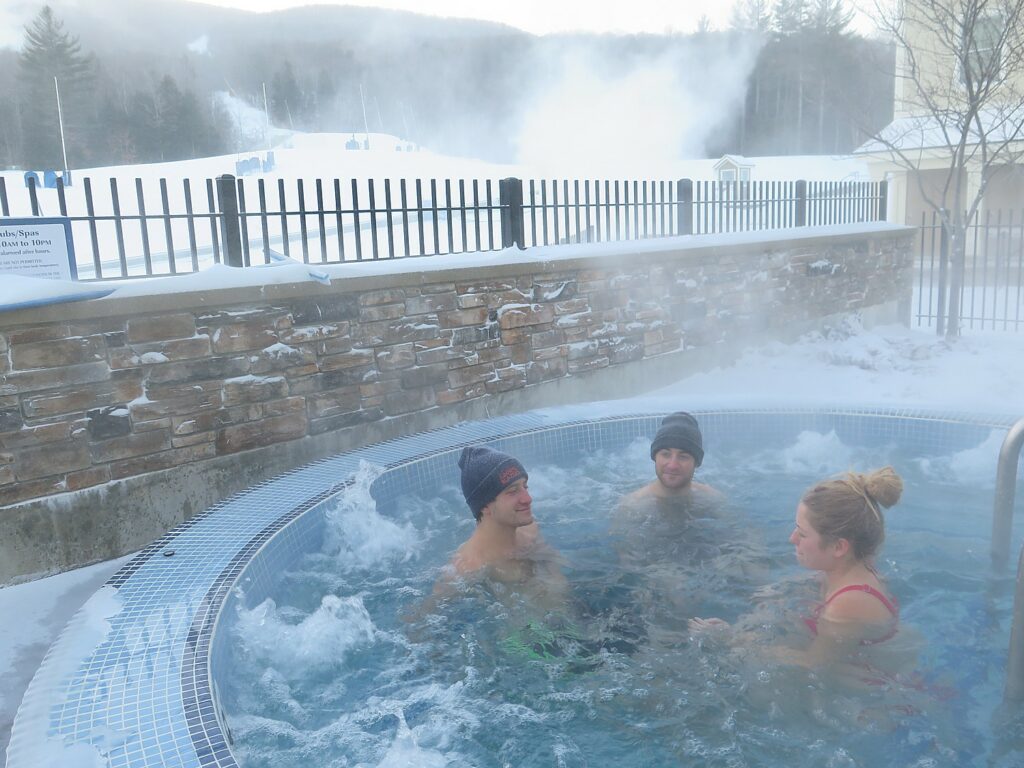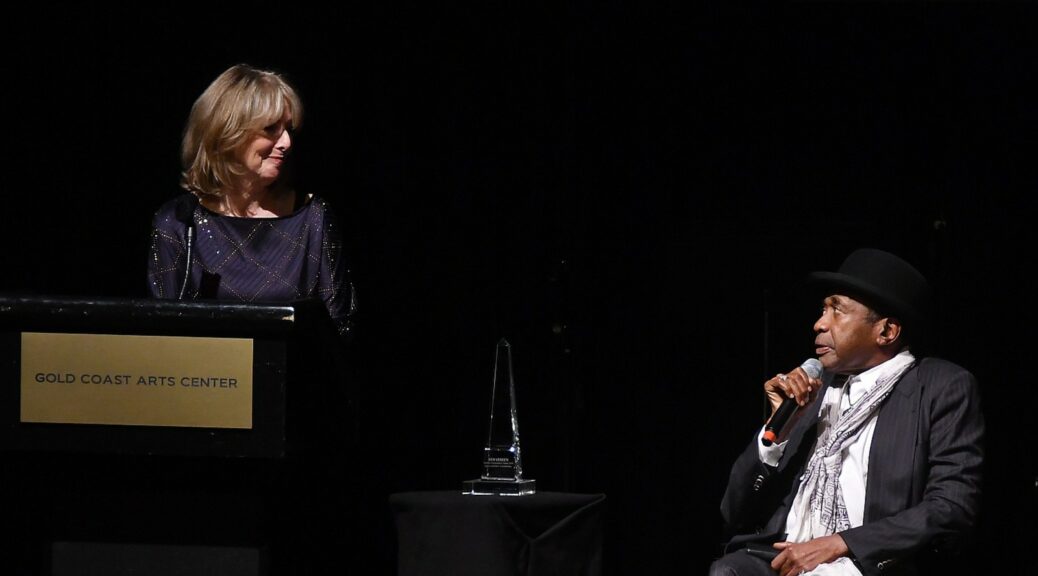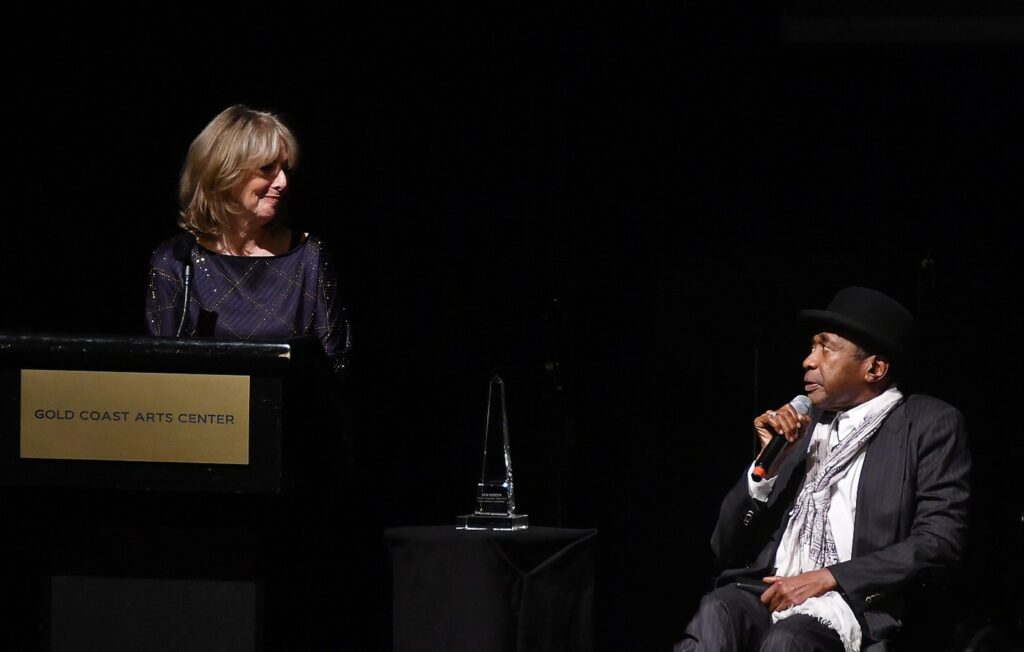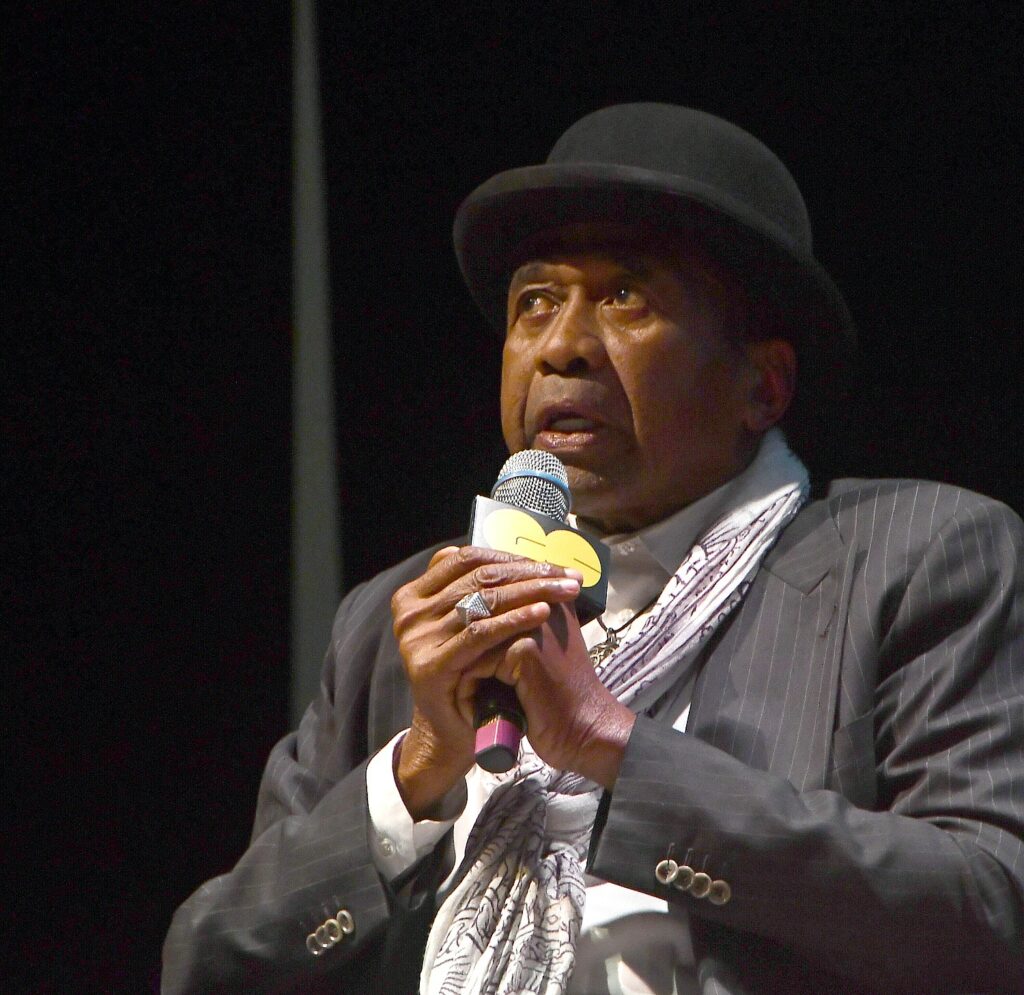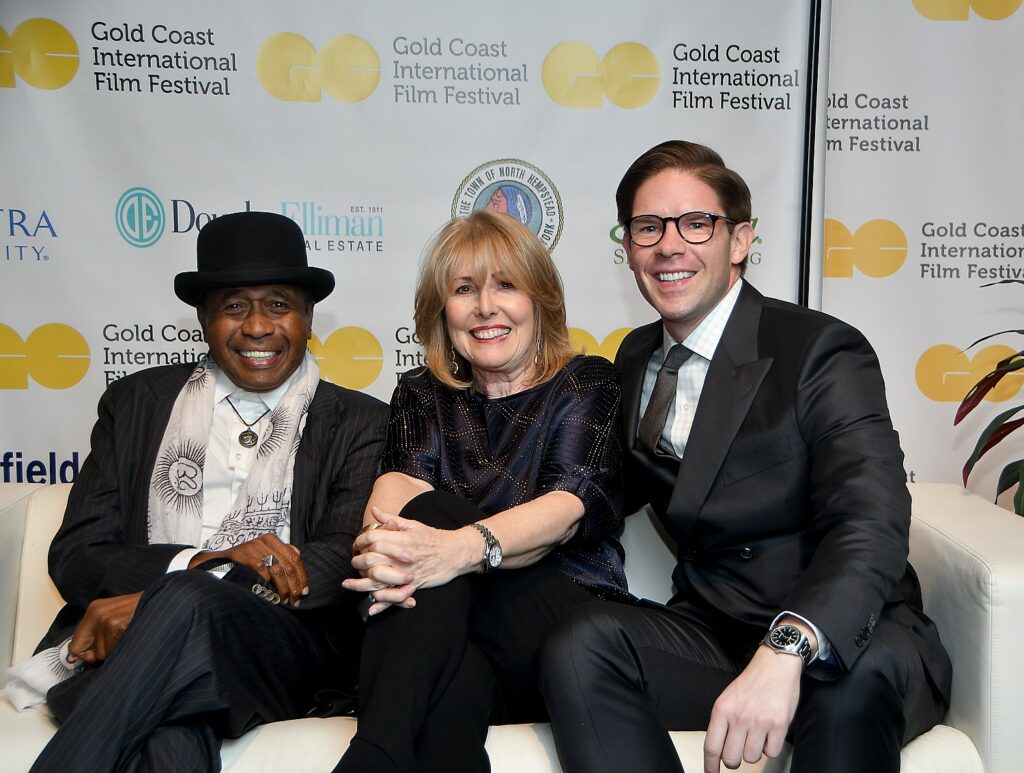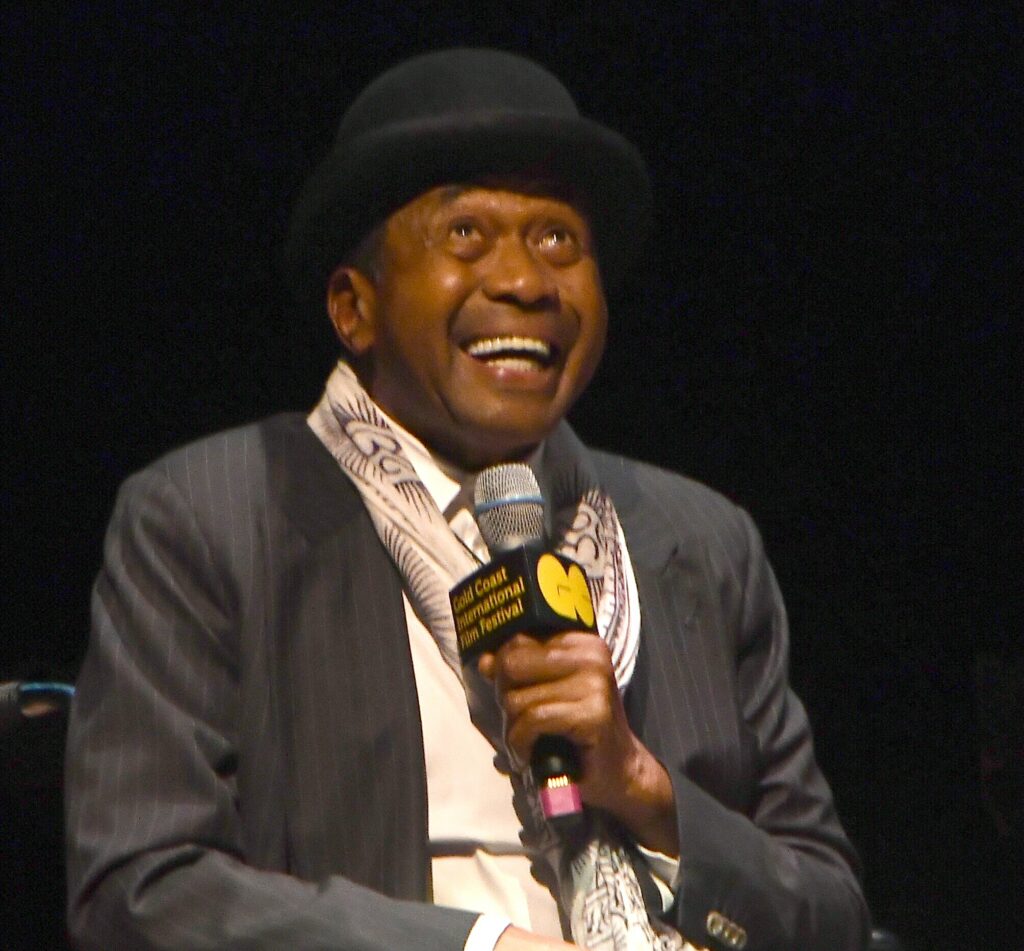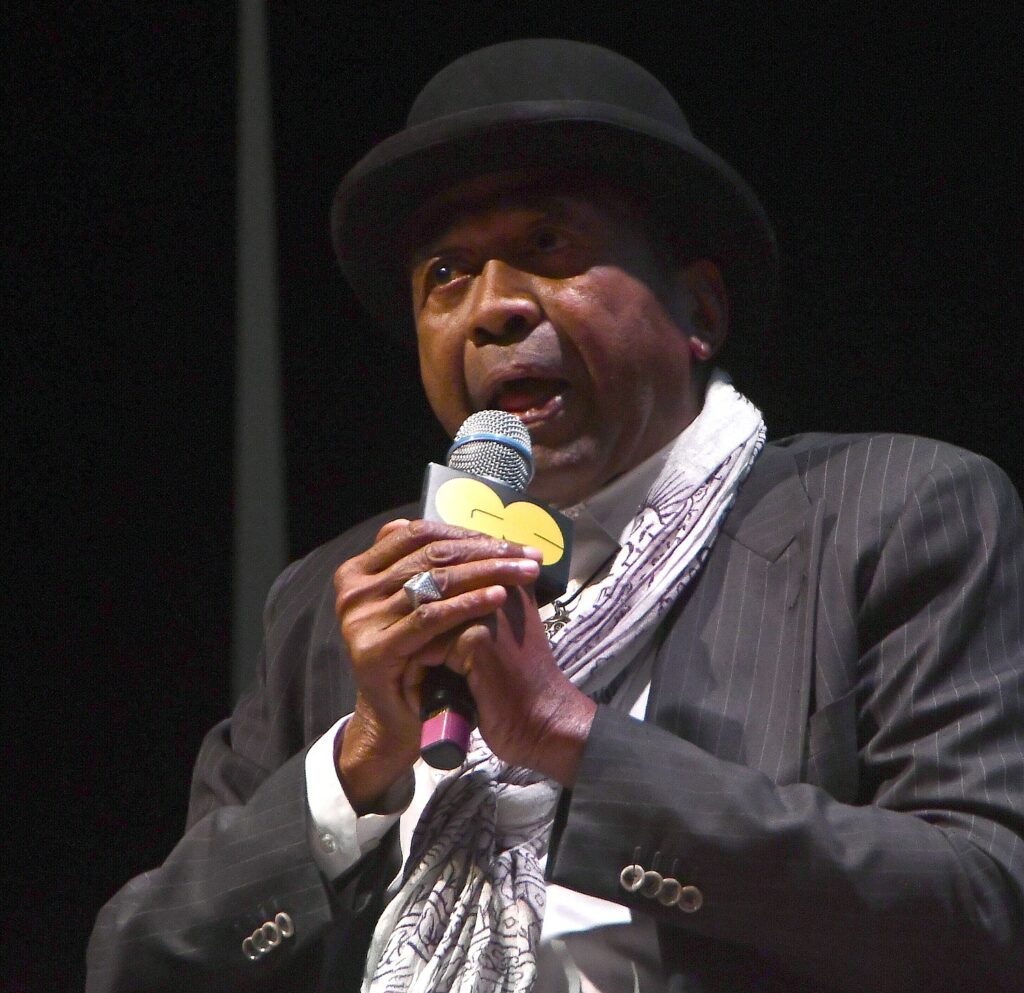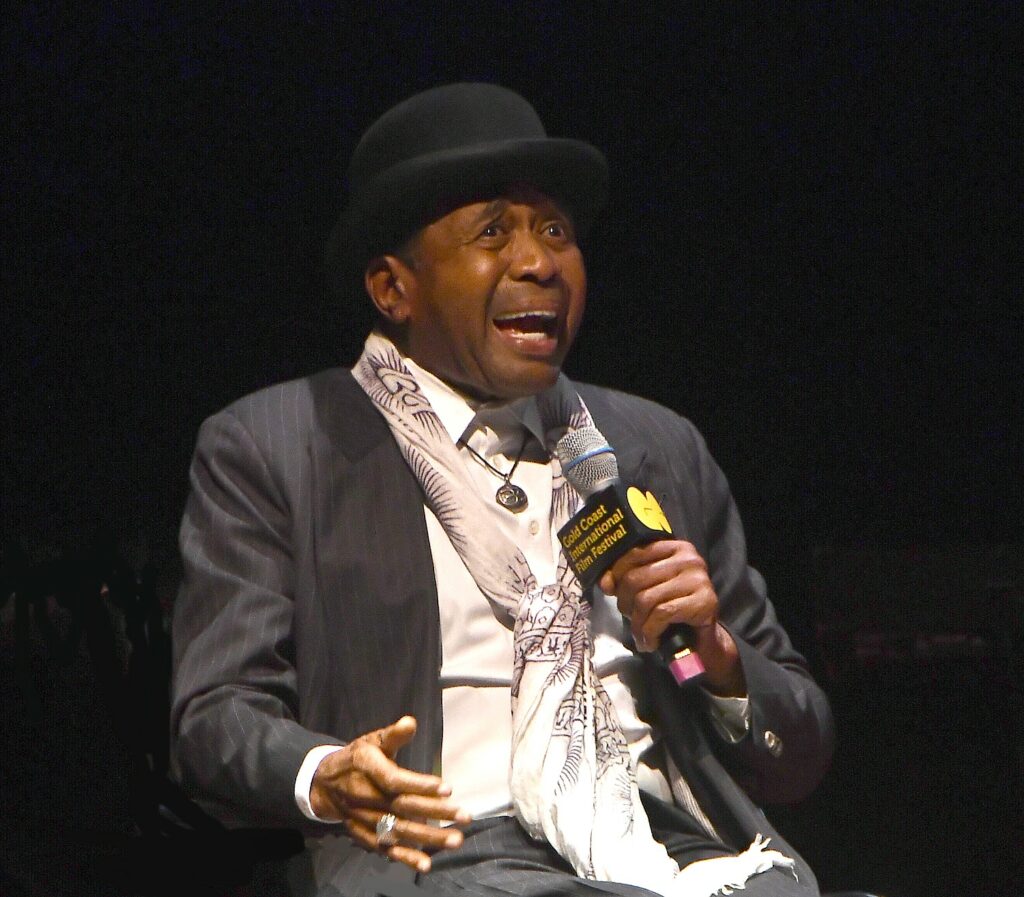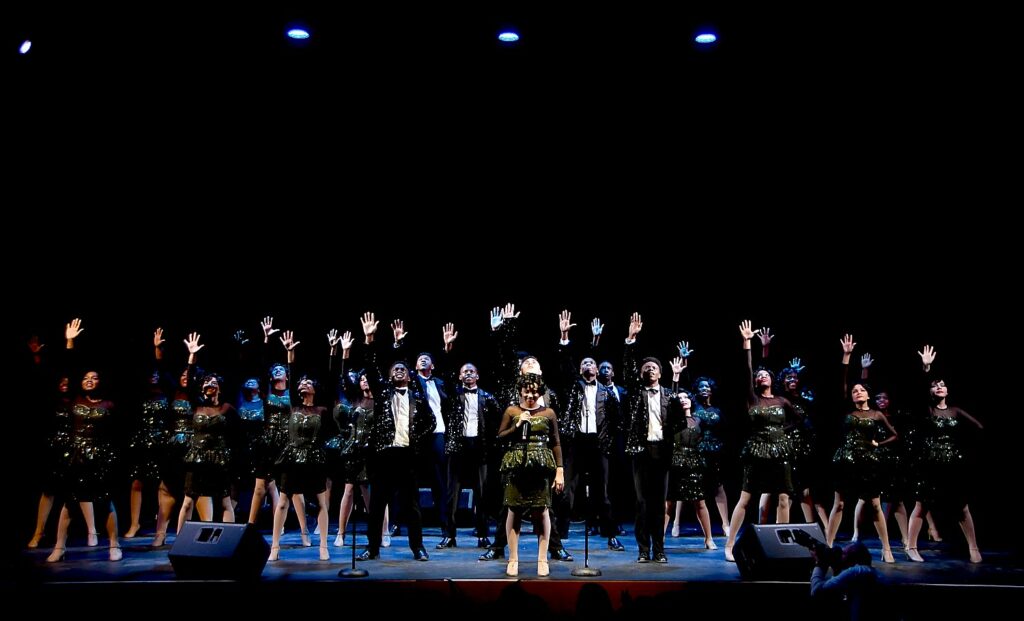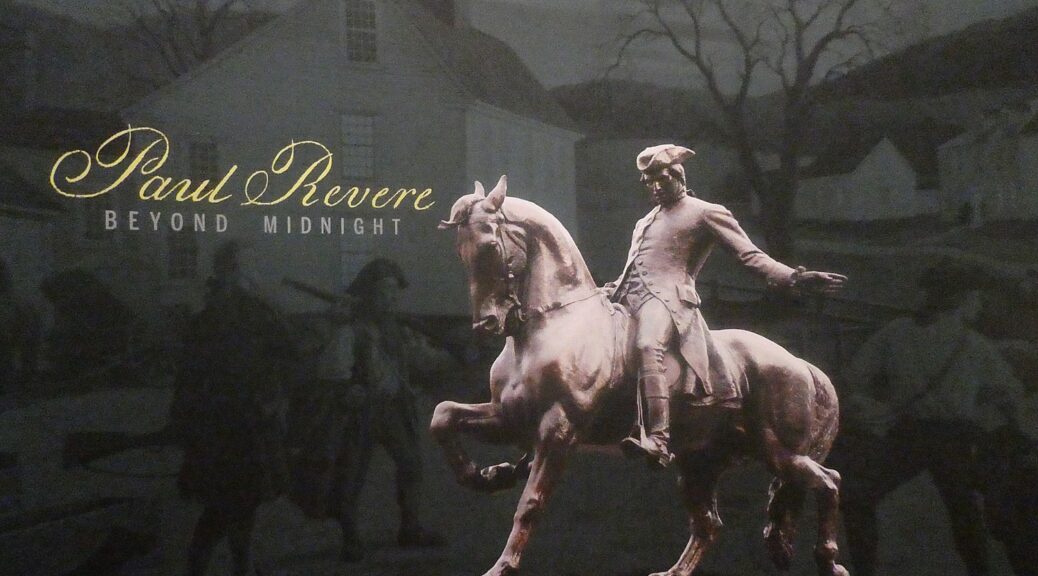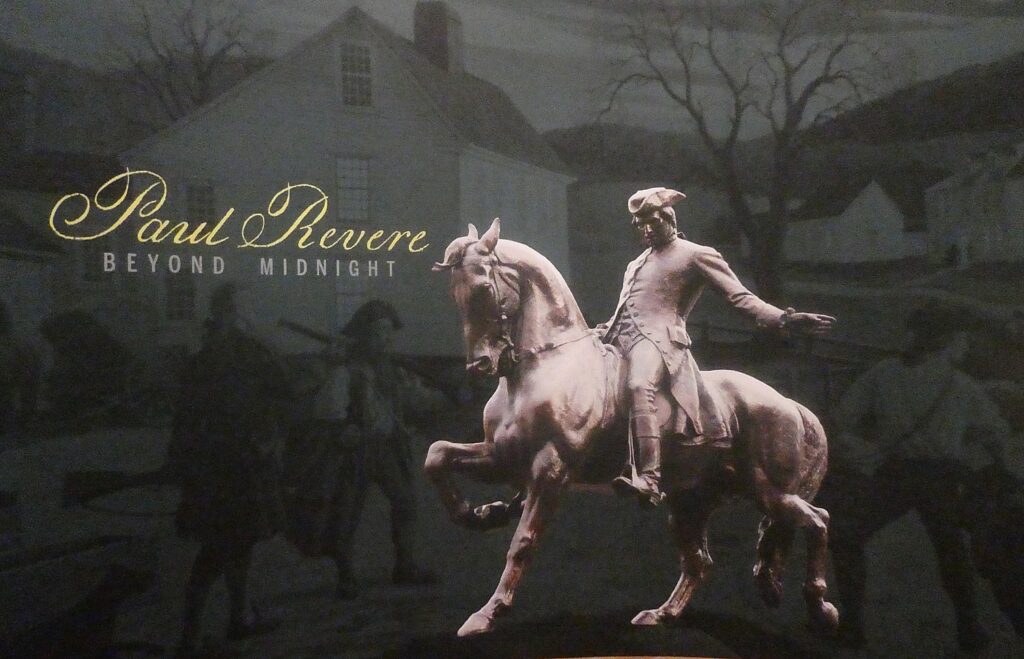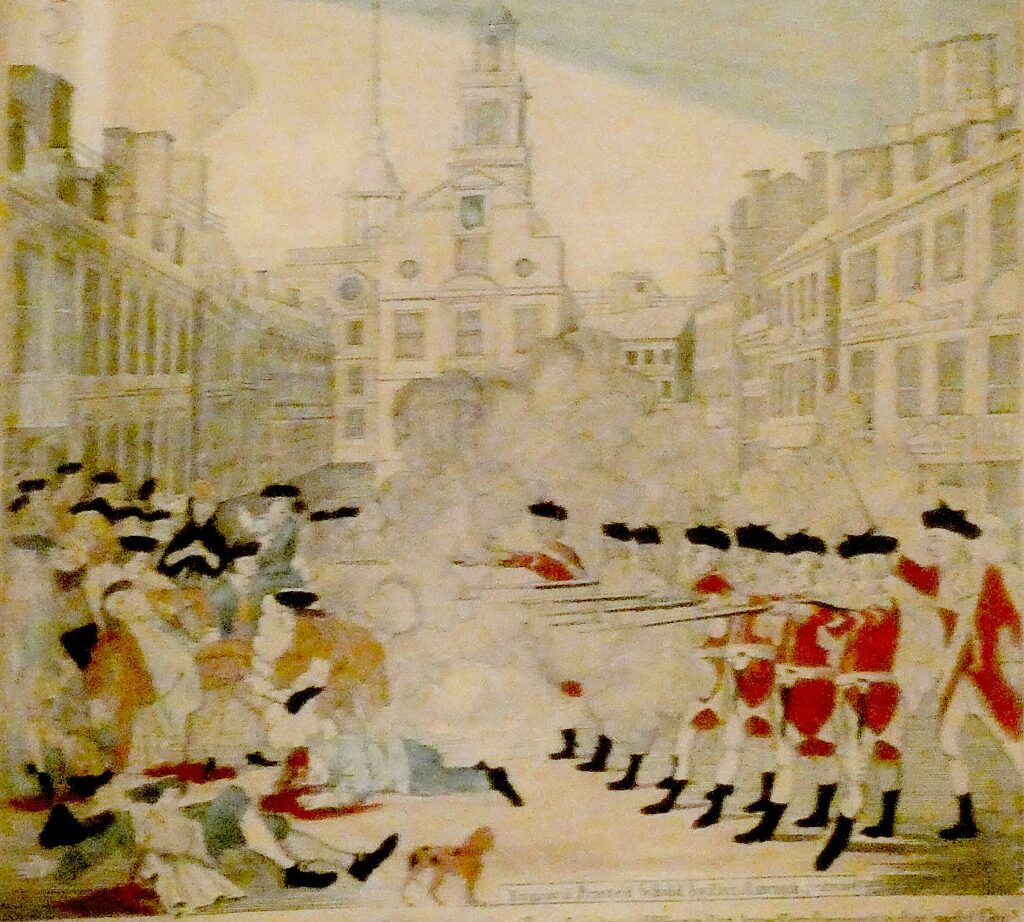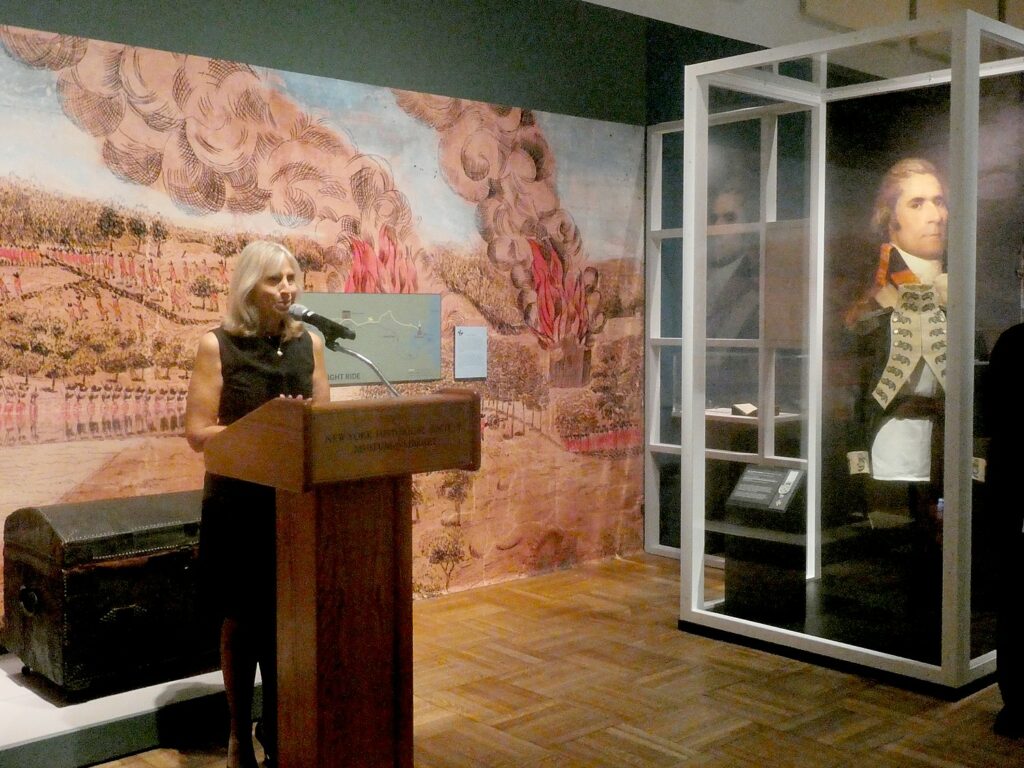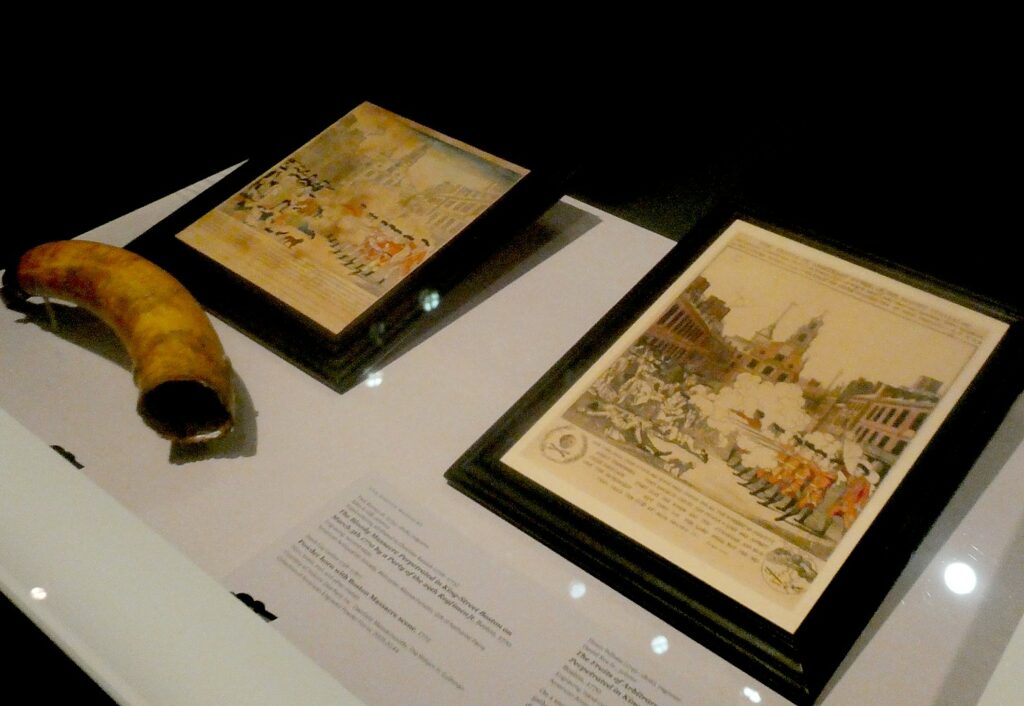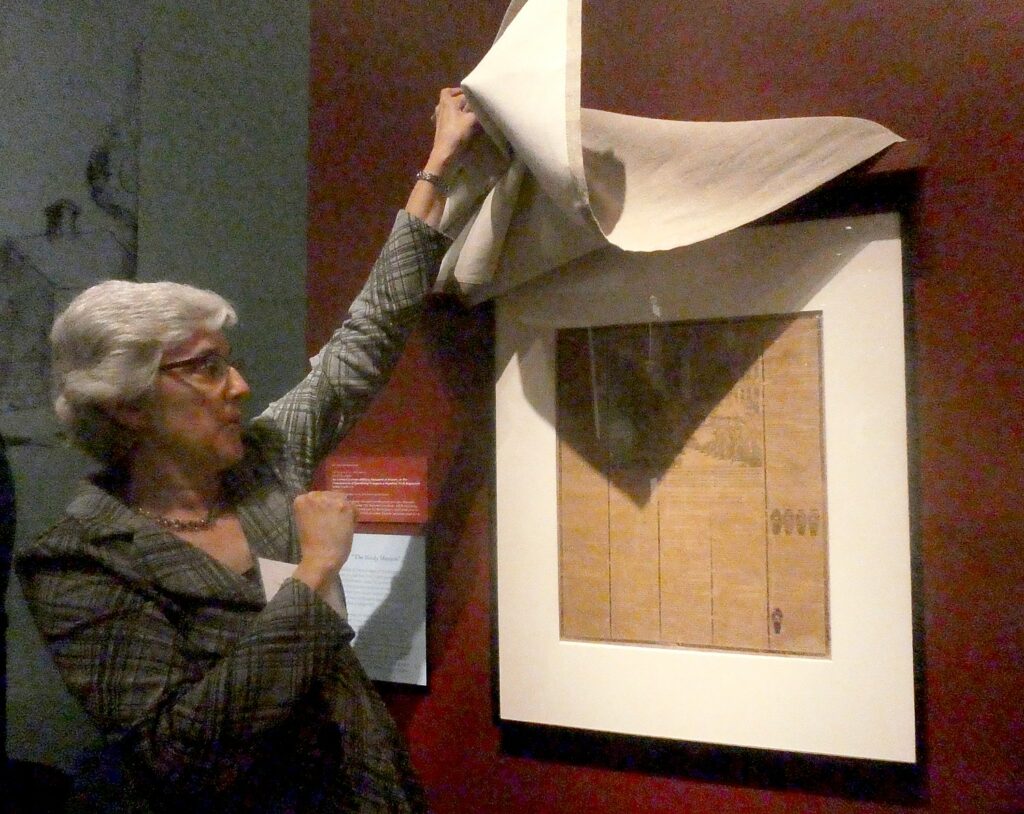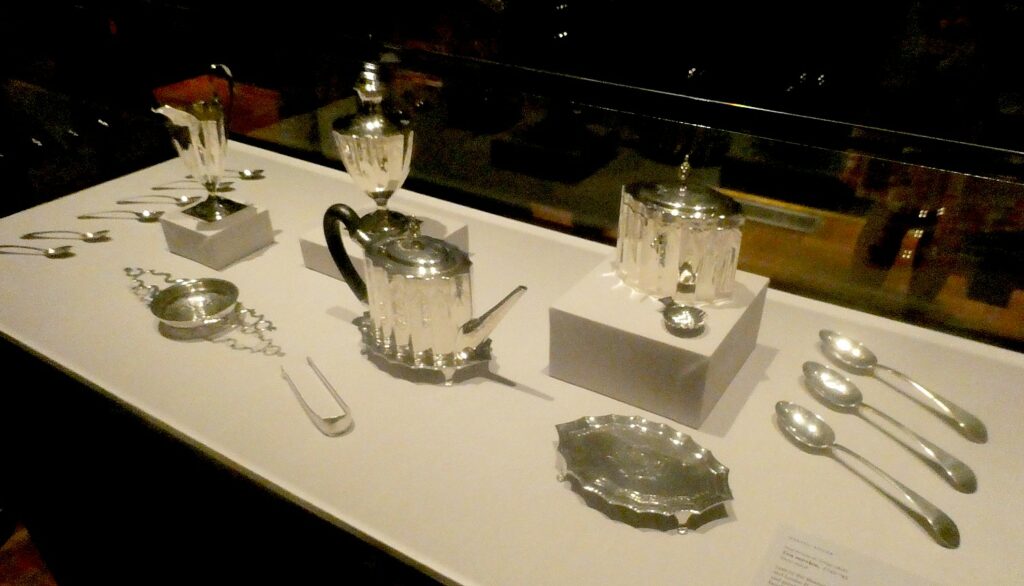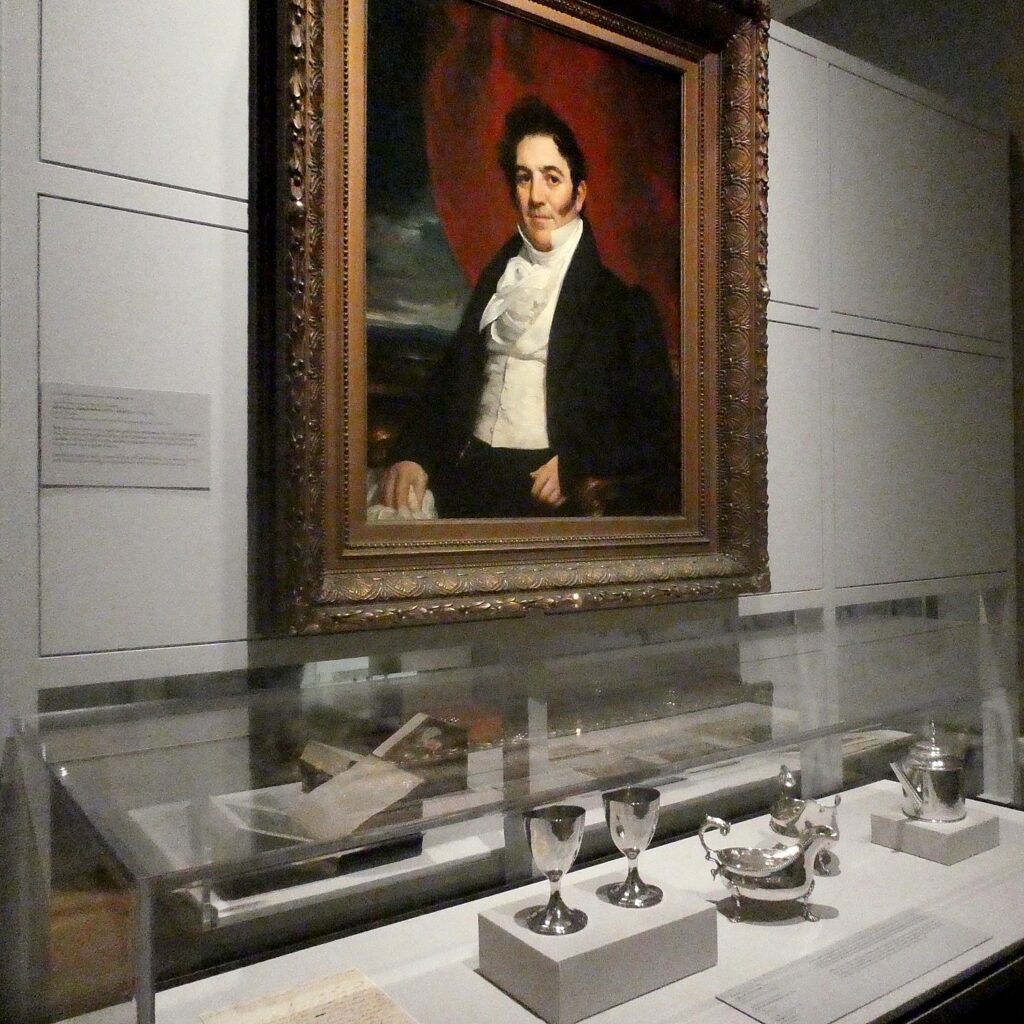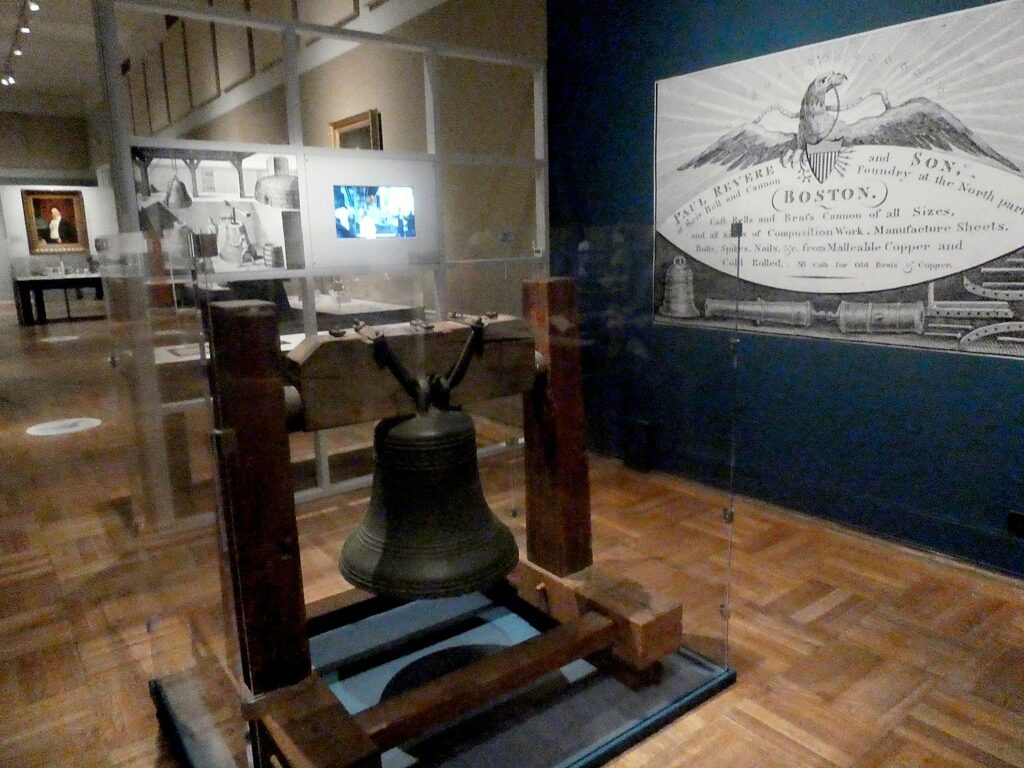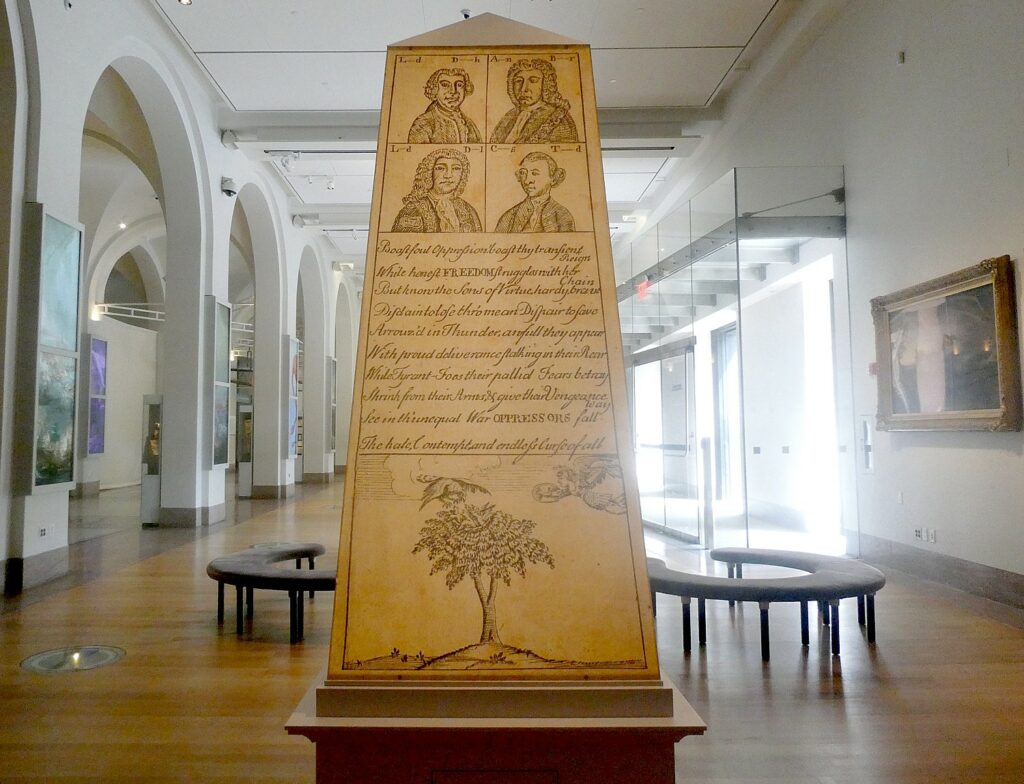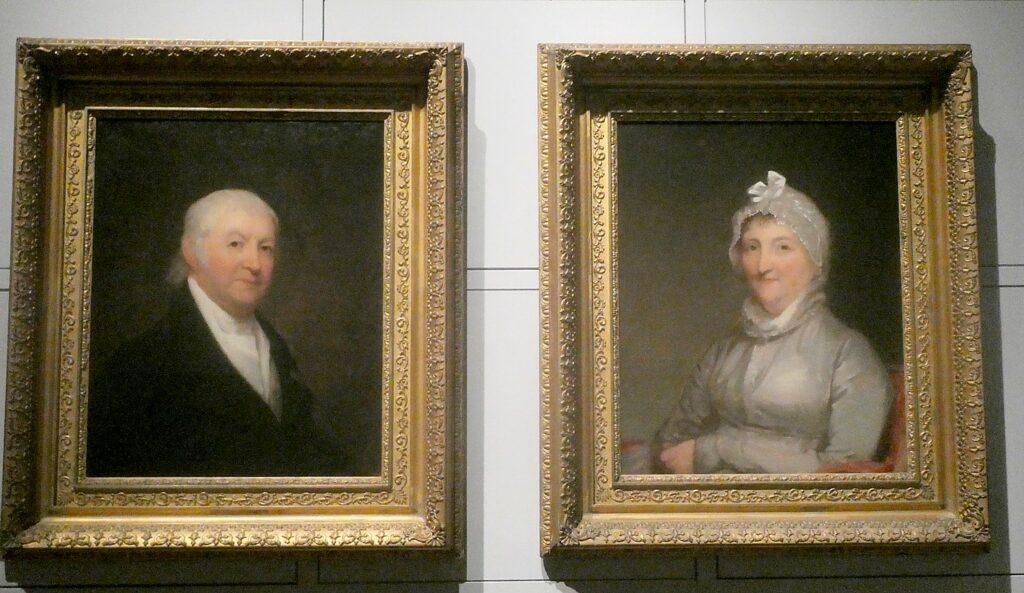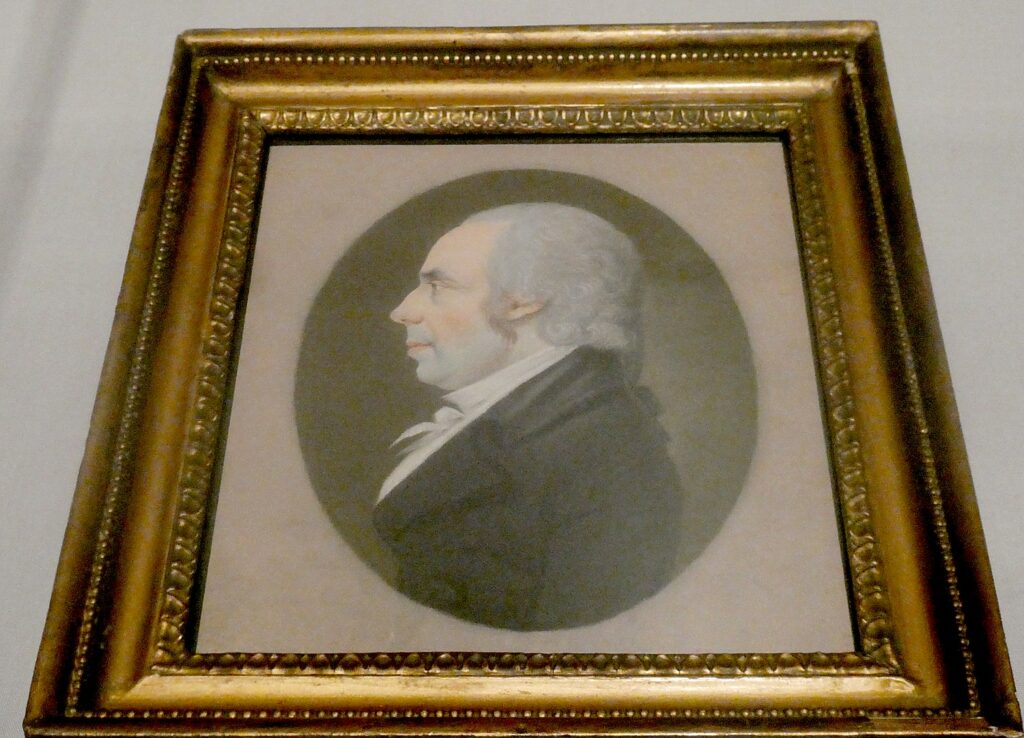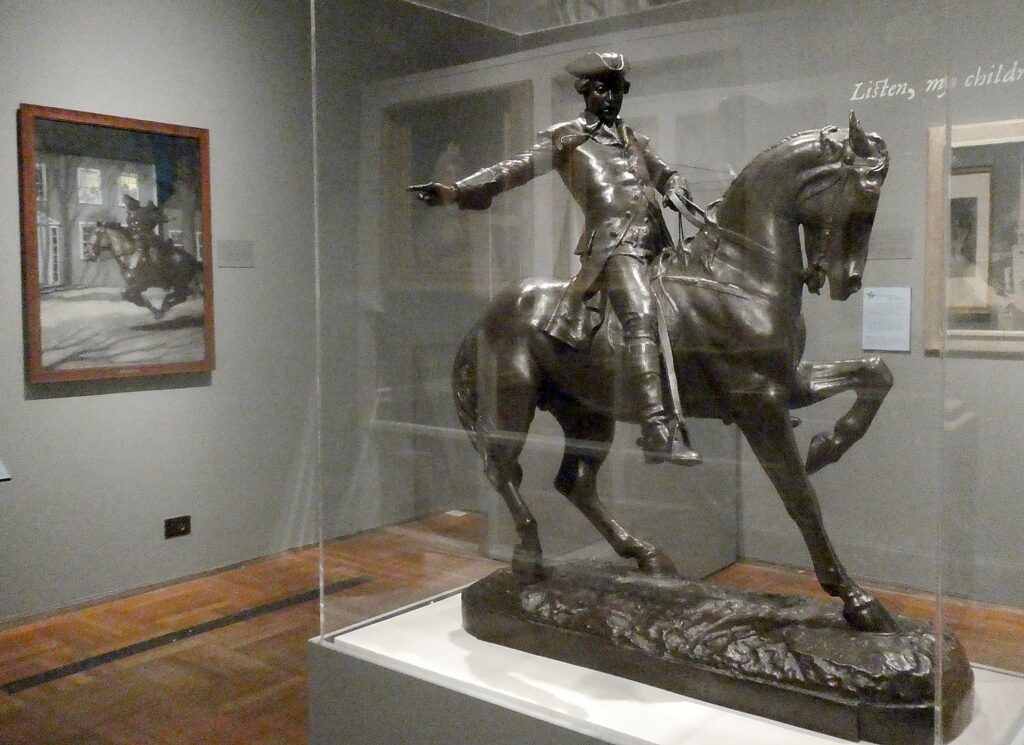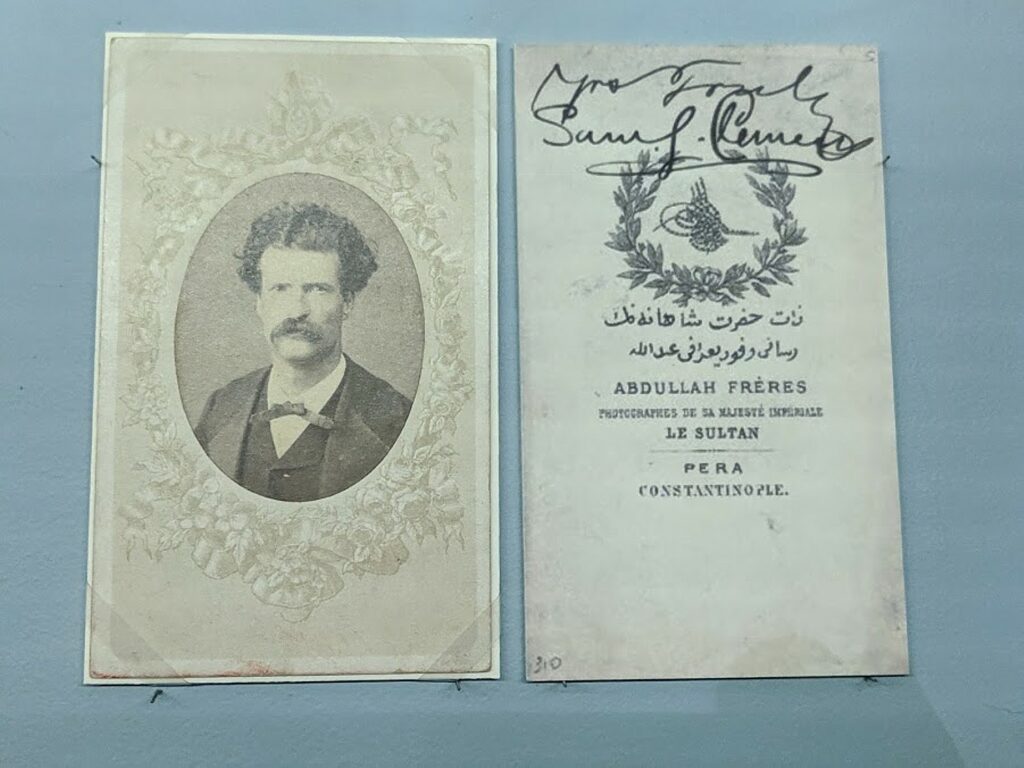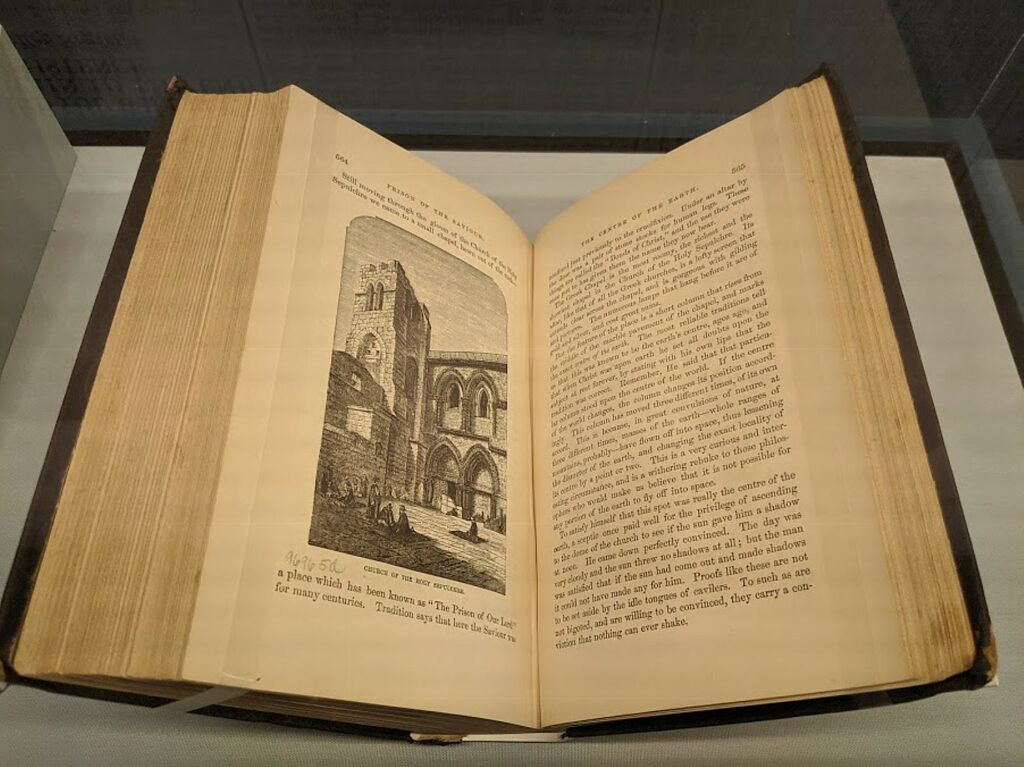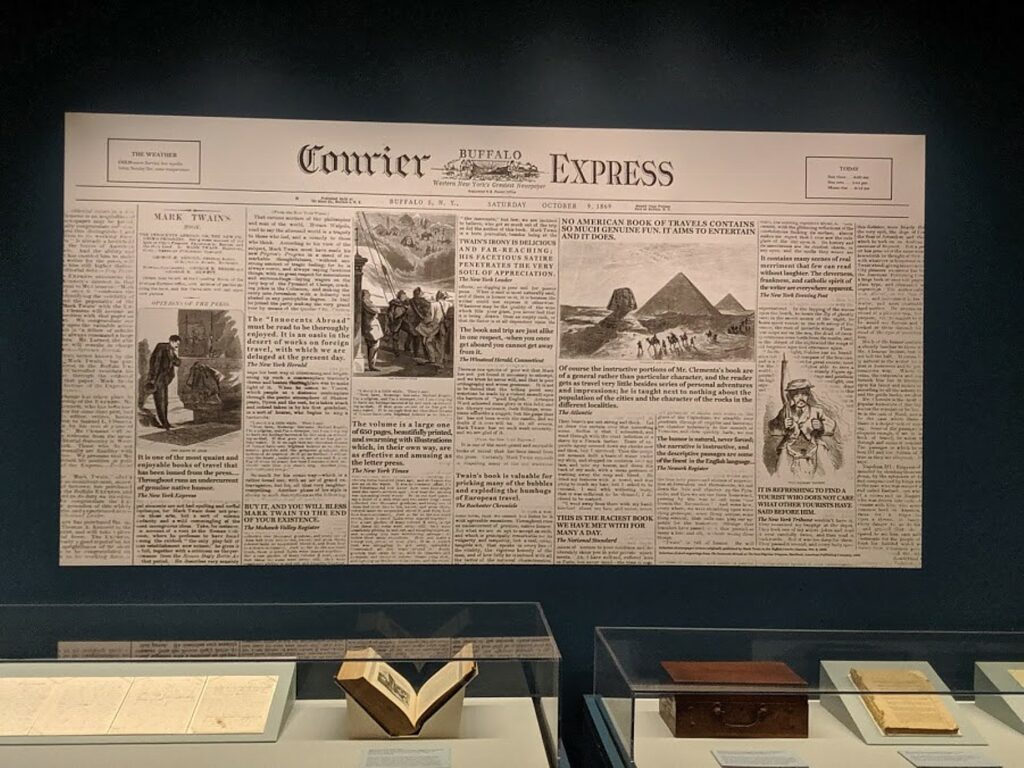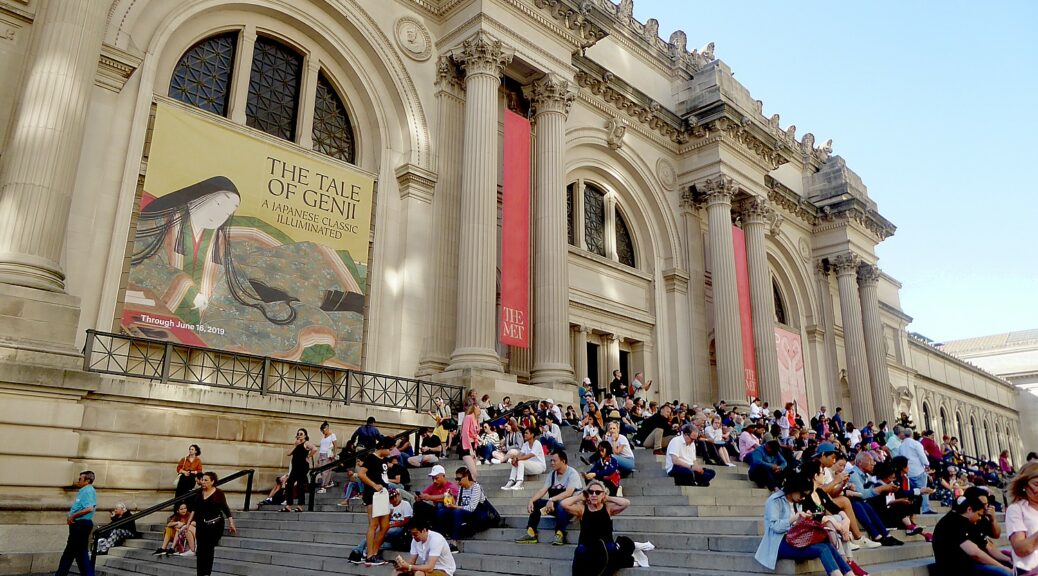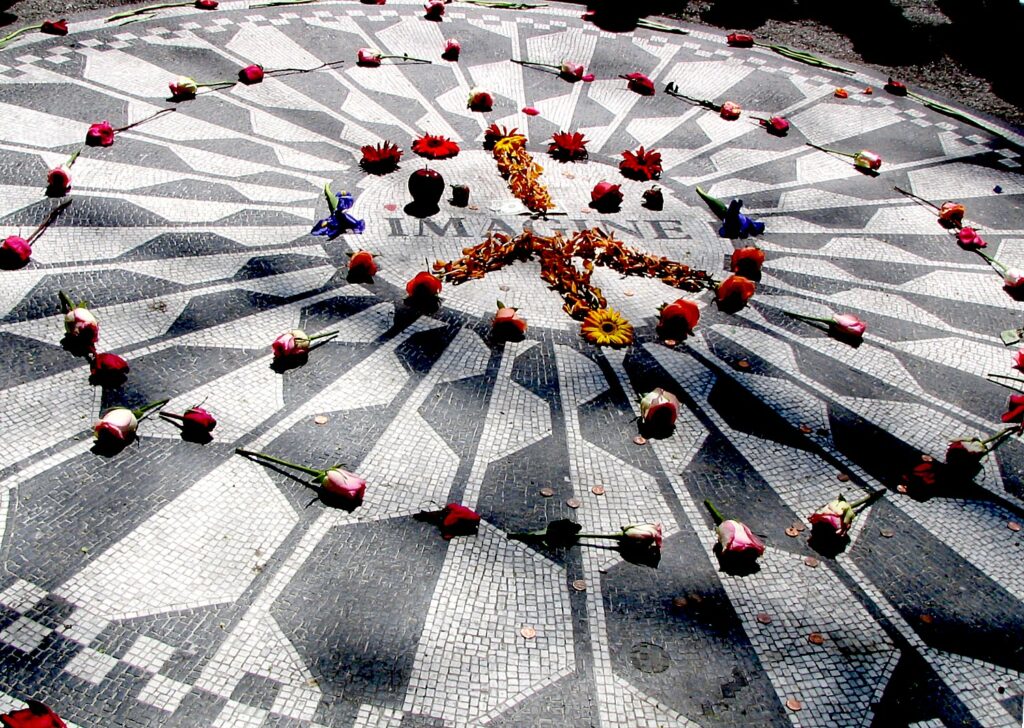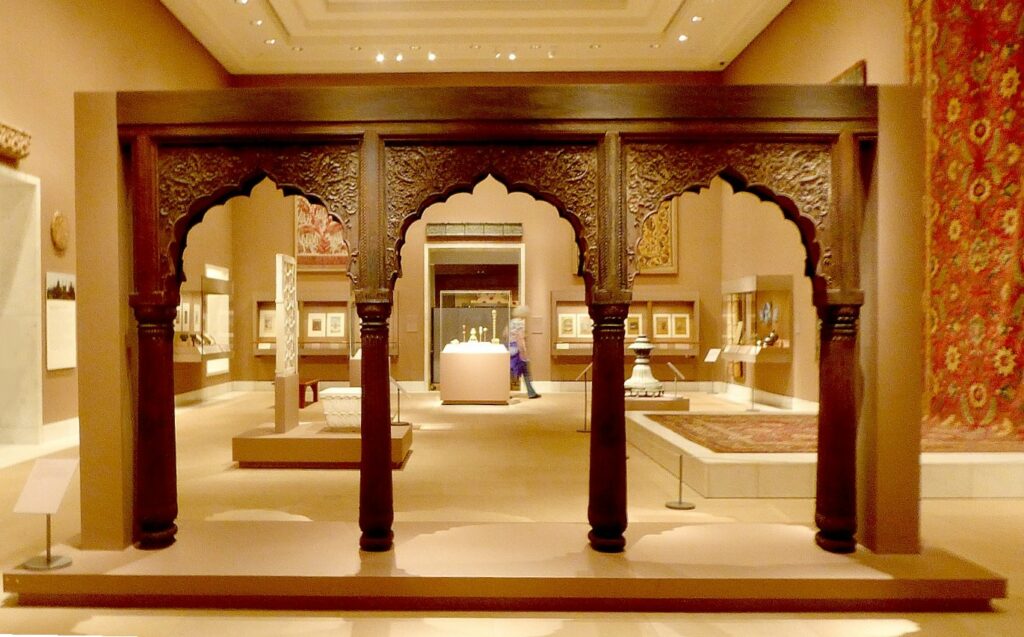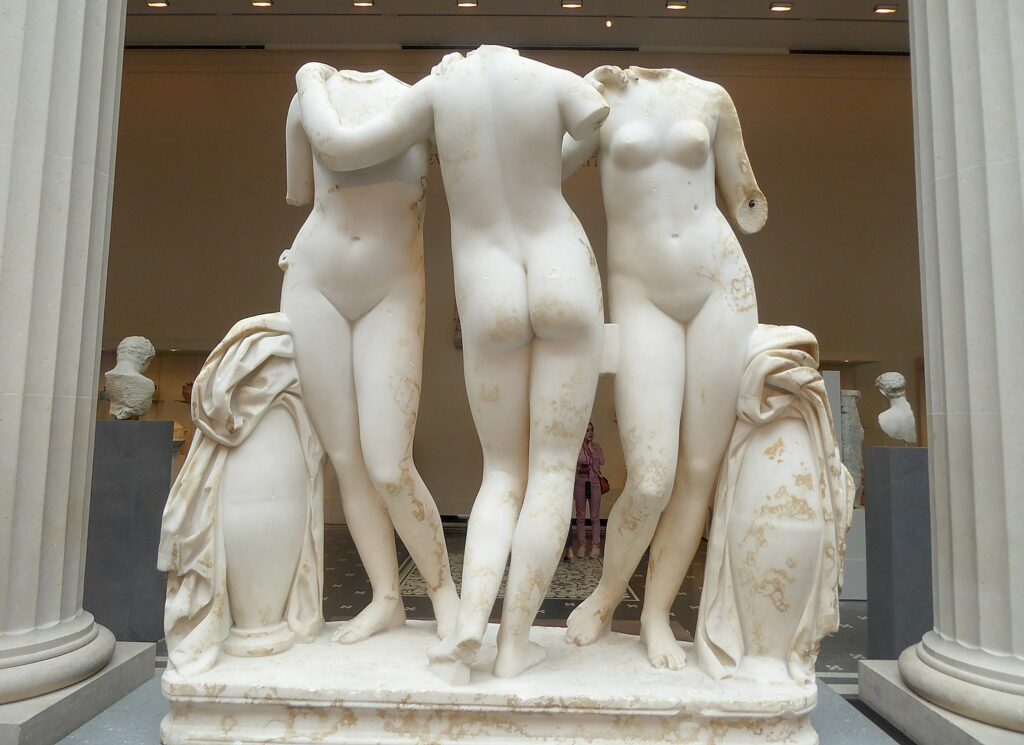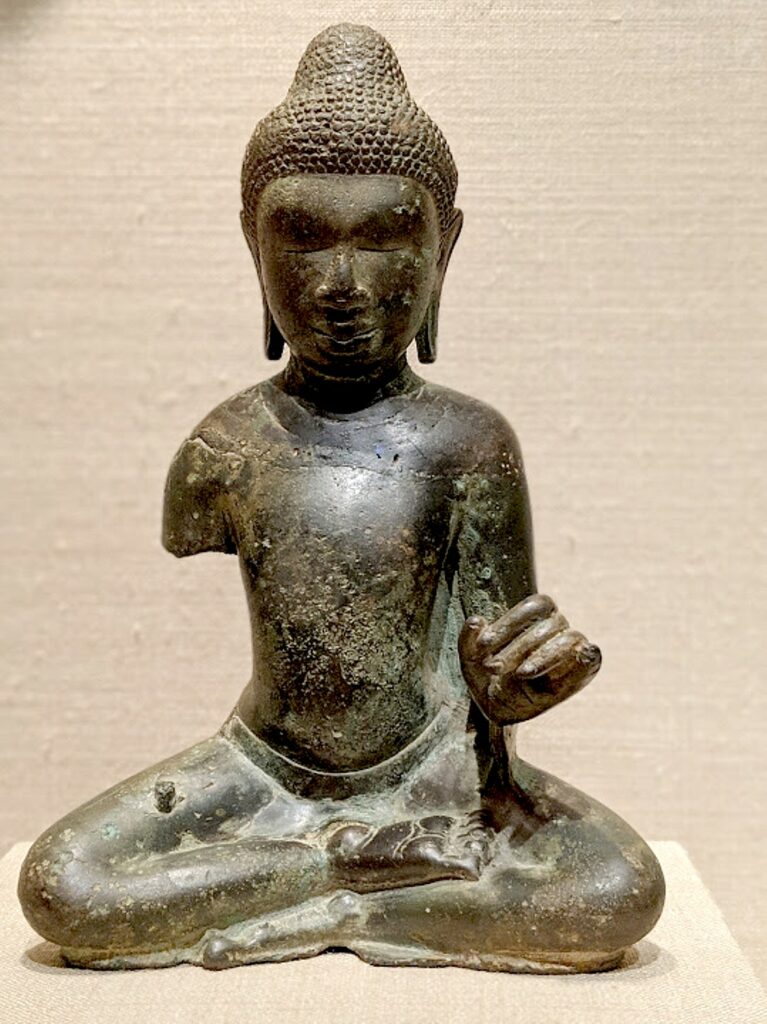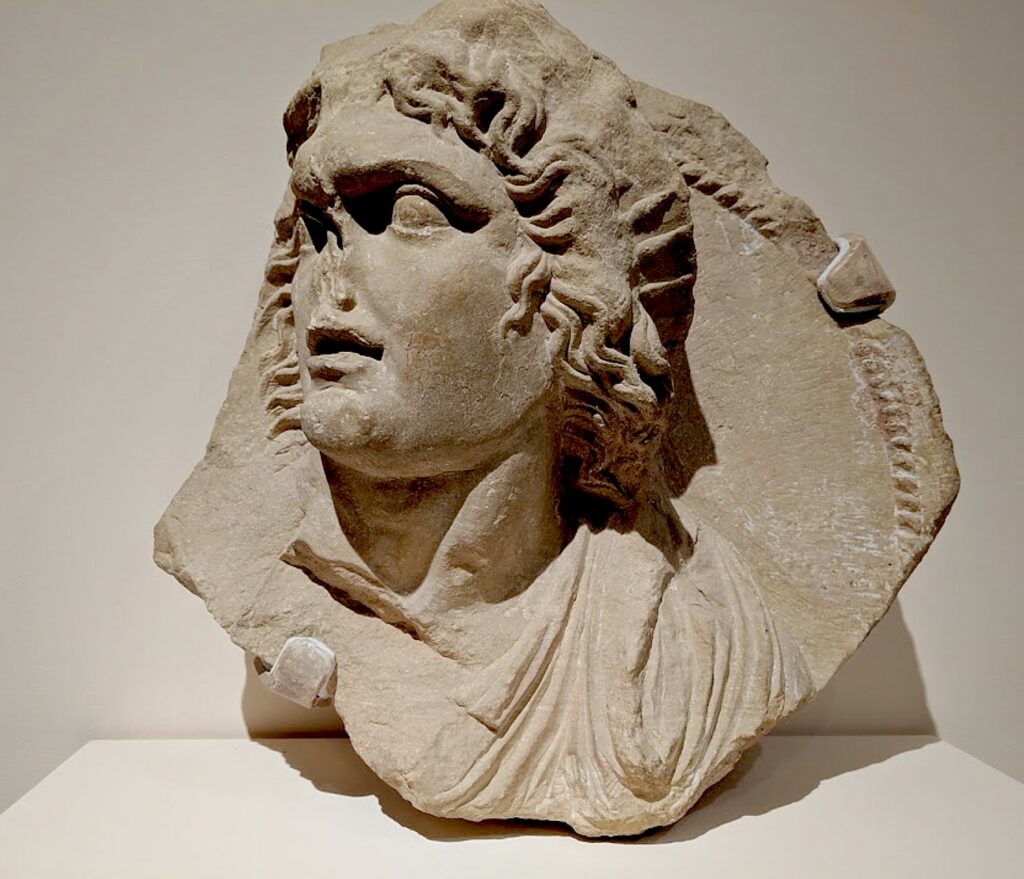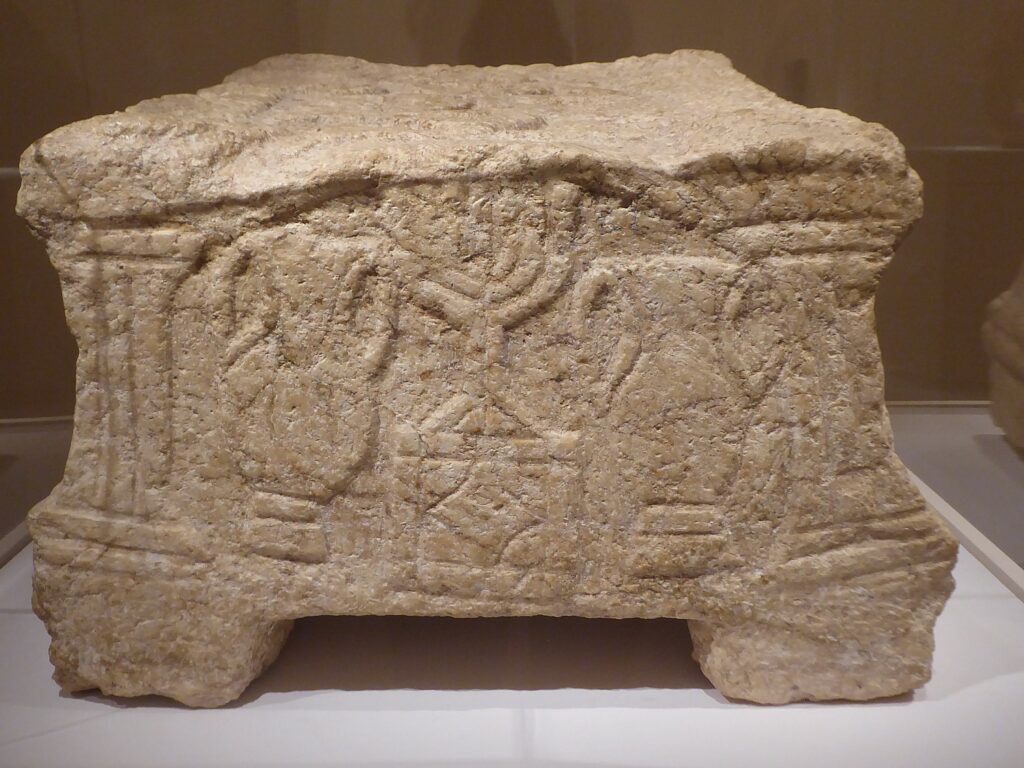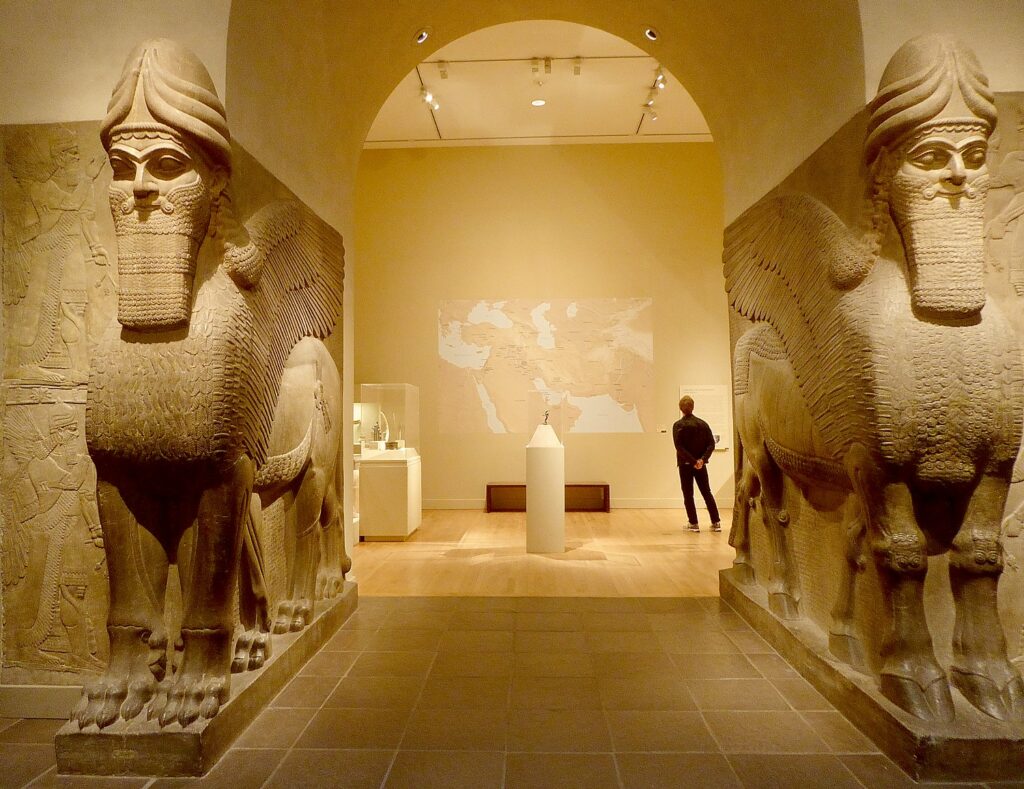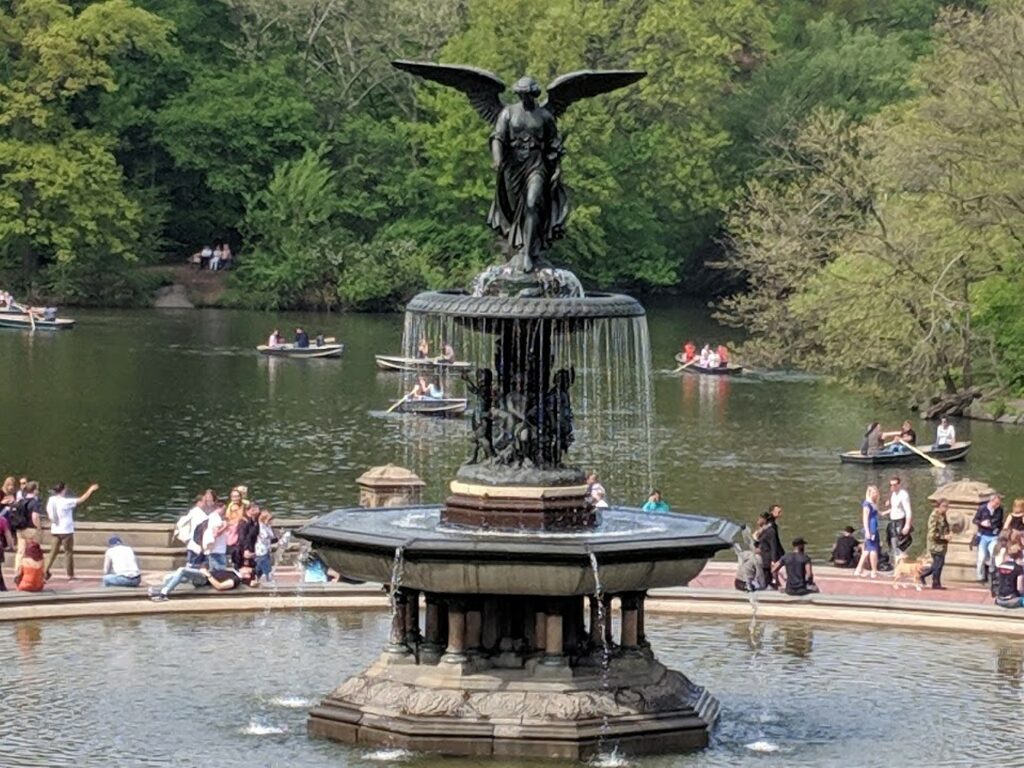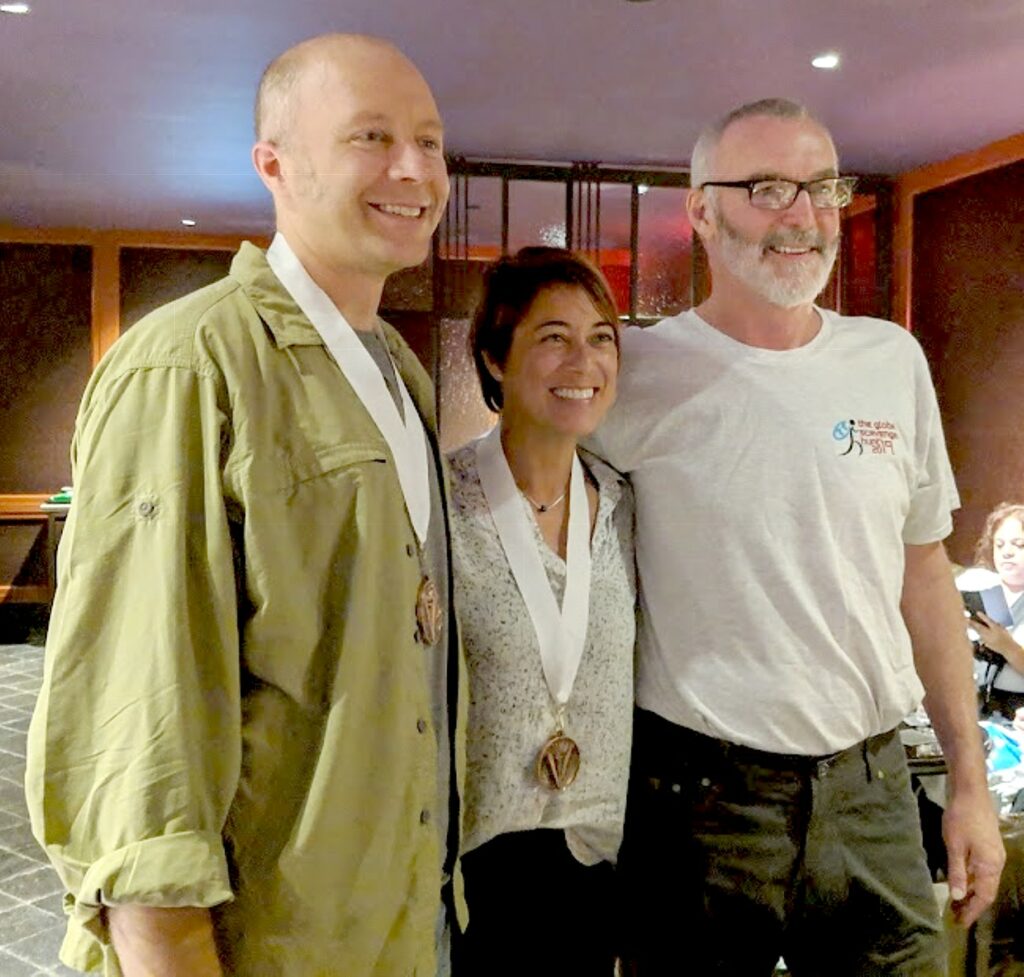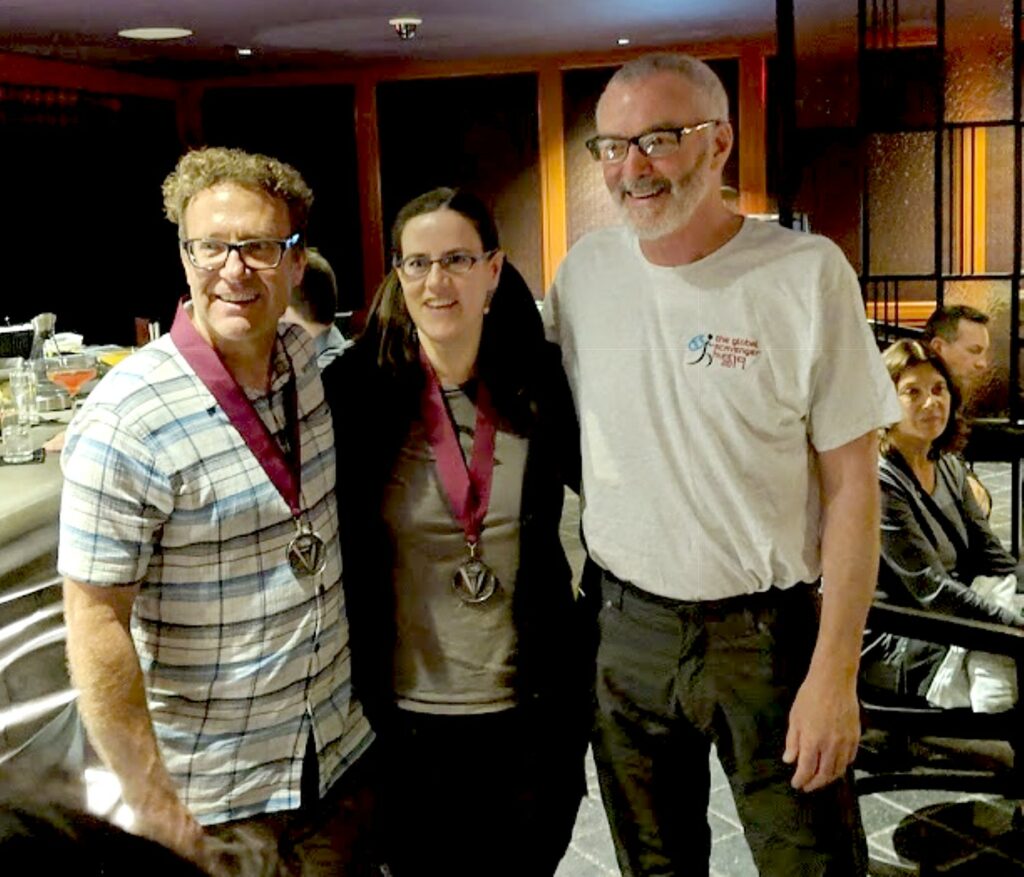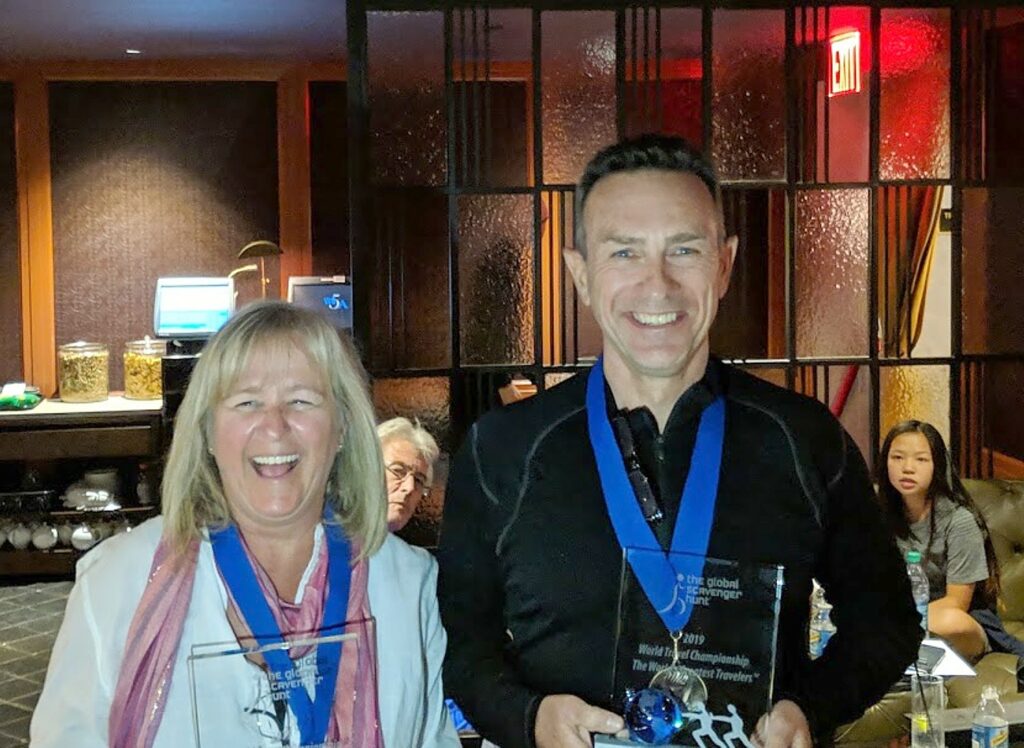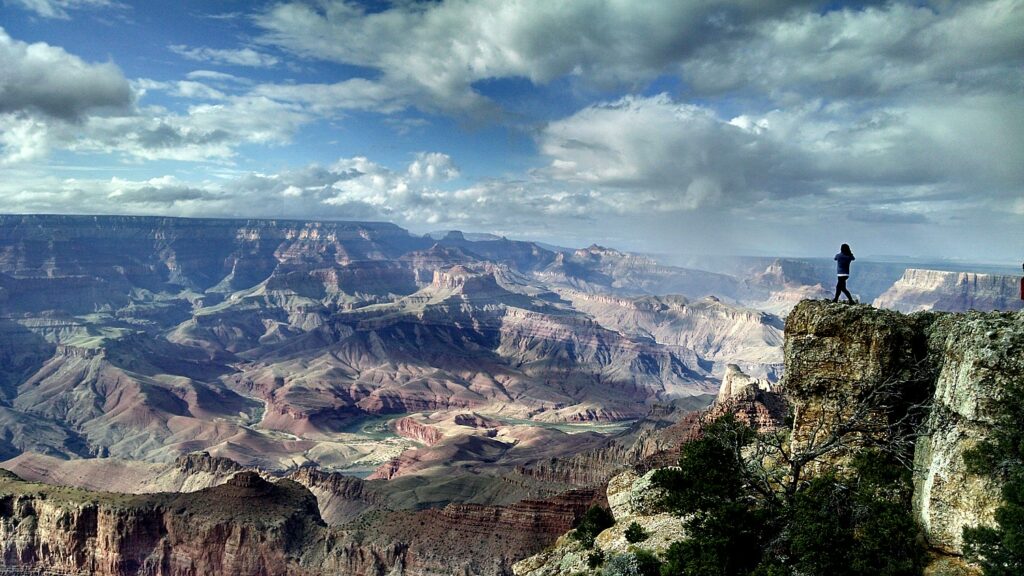
by Karen Rubin, Travel Features Syndicate, goingplacesfarandnear.com
The gift of travel is the gift of together, of time, of memory, of life-changing, life-enhancing experience, of new perspectives and new awareness – of self, of others, of our place in the world and time itself. It is the gift that keeps giving.
Travel destinations and providers get into the holiday spirit with Black Friday, Cyber Monday and special deals and make it easy to package The Gift of Travel.
Hotels in national parks are in such high demand they rarely offer discounts…but they do during Black Friday and Cyber Monday! Xanterra Travel Collection’s annual Black Friday/Cyber Monday sale features up to 40 percent off hotels in Grand Canyon, Death Valley, Zion and Yellowstone. Also on sale: tickets on the historic Grand Canyon Railway, luxury hotels (The Broadmoor and Sea Island), Windstar Cruises, VBT Bicycling Vacations and Country Walkers. Details: www.xanterra.com/Thankful.
Whole countries are on sale: Ireland is promoting special offers of its partners including Great Value Vacations, The Irish Tourism Group, Brendan Vacations, CIE Tours, Railtours IIreland, Tenon Tours, Authentic Vacations and Insight.
More than 20 hotels, resorts and villas in Saint Lucia are offering significant Cyber Monday booking specials (up to 60% off!) on luxury resorts, family-friendly accommodations, private villas, hotels overlooking the iconic Piton mountains, beachfront accommodations, and more. Most of these limited-time specials are available for booking starting on Cyber Monday and several are offering these deals to “early birds” who wish to book before then. (www.stlucia.org/specials/cyber-monday-specials for details)
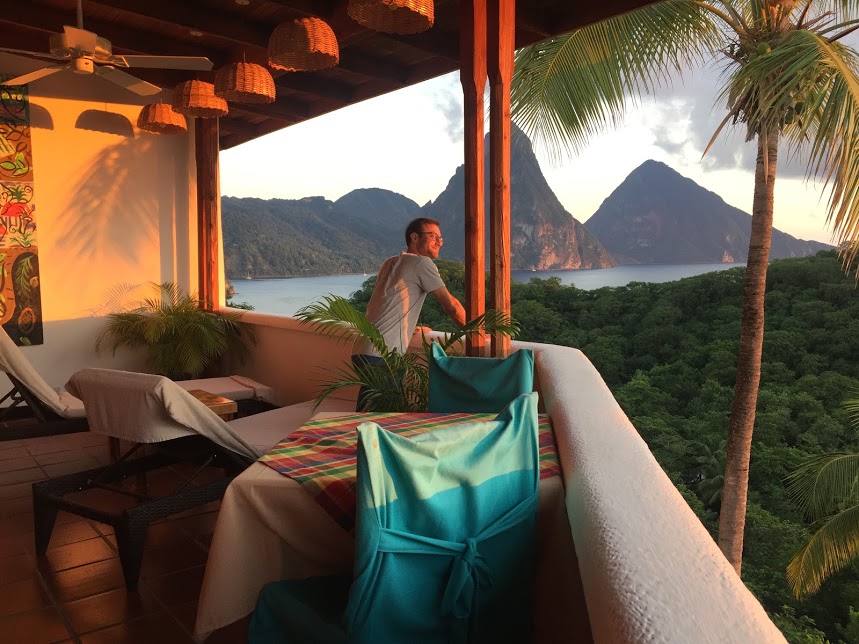
Perillo Tours and resorts like Woodstock Inn & Resort in Vermont, as well as chains like Hilton all have special timely offers.
Even themeparks like LegoLand California Resort is discounting its various pass offerings starting at 12 a.m. Friday, Nov. 29 through 11:59 p.m. on Monday, Dec. 2, exclusively through its website.
Basically, anything that you have been thinking about, fantasizing about, anything on your bucket list, check out the company’s website to see whether there are holiday specials.
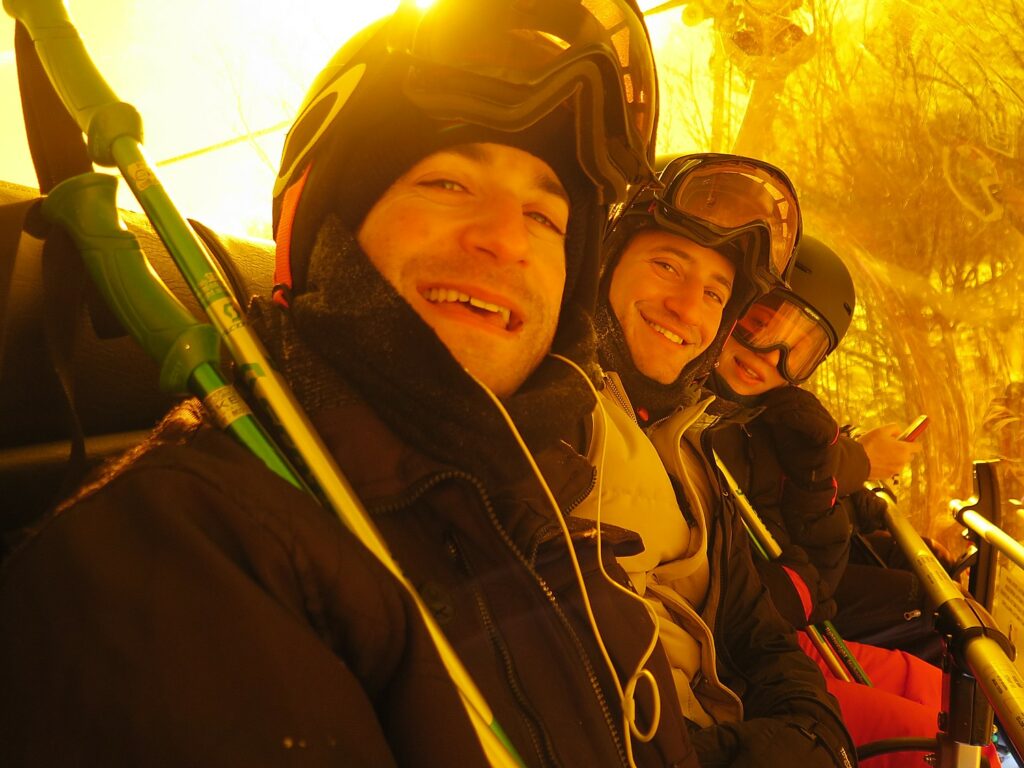
Many tour operators, including Insight Vacations, Luxury Gold and other sister companies of The Travel Corporation (ttc.com) are offering enticing discounts for early bookings and many travel entities – hotels and resorts, cruiselines, tour companies, spas (Spafinder), ski resorts (think about gifting ski passes like EpicPass, Ikon Pass or Liftopia) and cruiselines (cruisecompete.com is a good source) – have gift card programs and are offering special discounts for the holidays.. Some have gift registries where multiple gift-givers can contribute.
Liftopia’s annual Cyber Monday sale begins Nov. 26 at 5 pm PT through Dec. 3 at 9 pm PT. Give the gift of ski this holiday, or simply use this opportunity to snag the best deals of the season by purchasing lift tickets online and in advance. Purchase a Liftopia Gift Card and get a bonus credit up to 25% (spend $100-$199, get a $15 bonus gift card; spend $200-$299, get a $40 bonus gift card; spend $300 or more, get a $75 bonus gift card). Purchase at www.liftopia.com.
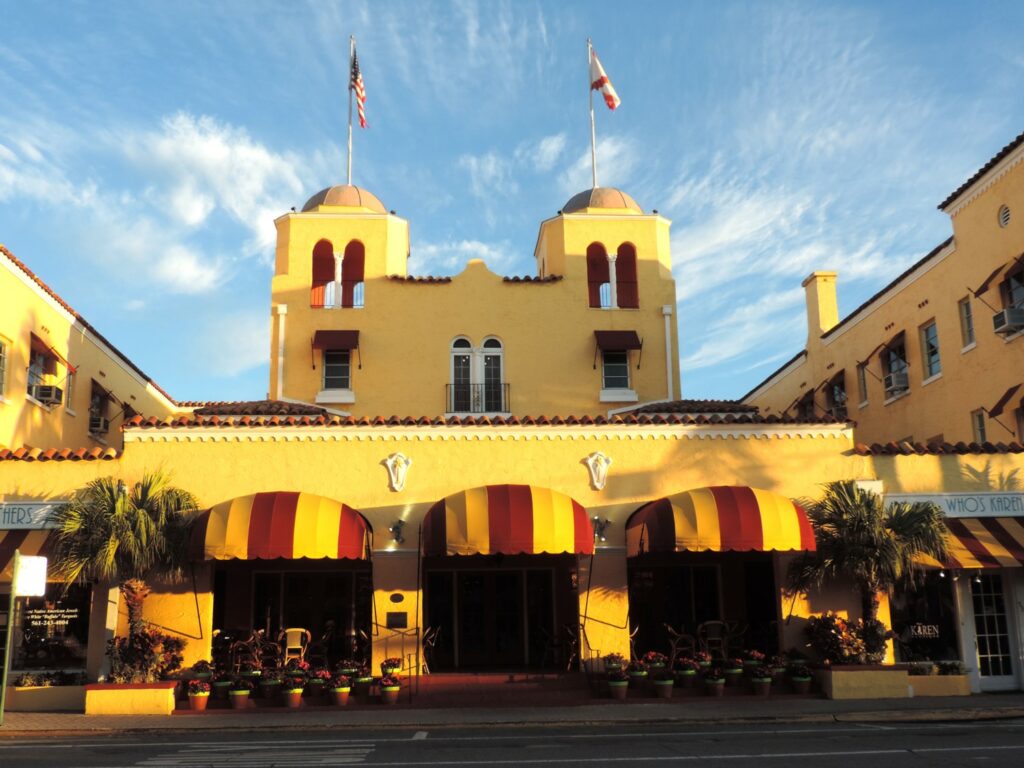
Many of the grandest Historic Hotels of America members, each one distinct with deep connections to place, offer gift cards – like Wentworth by the Sea, NH; Omni Grove Park Inn, Mission Inn & Spa (the list goes on and on) – just inquire. To see members, visit historichotels.org and its European counterpart, Historic Hotels of Europe, www.historichotelsofeurope.com.
Sebasco, a fabulous resort on the mid-Maine coast that manages to be rustic and luxurious at the same time is offering a deal where if you purchase a $150 Sebasco Gift Card by December 13, you get a $25 gift card for free or for a $500 gift card, a $100 bonus gift card free (sebasco.com, 877-636-0085).
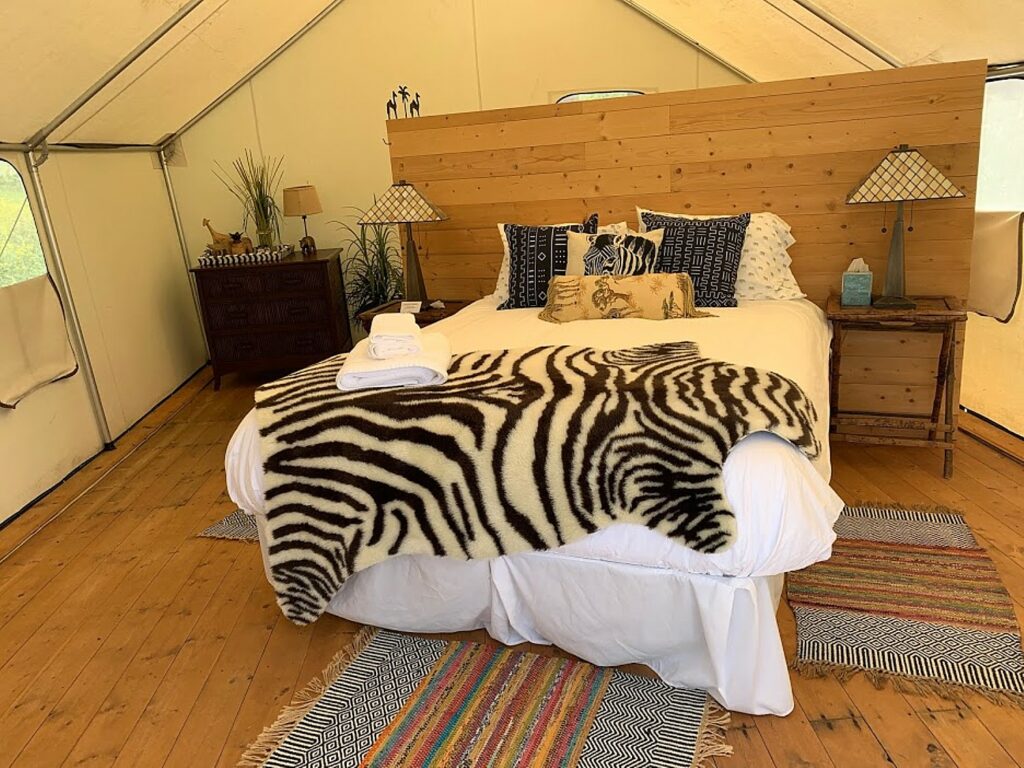
Here’s a really interesting one: Glamping Hub (glampinghub.com) is offering its second annual Black Friday-Cyber Monday sale – an interesting way to experience this online booking platform for 35,000 unique outdoor accommodations in over 27 different categories (safari tents, tree houses, cabins, tipis, villas, domes) in over 120 countries. For every gift card purchasedon Glamping Hub’s Gift Card Portal, 20% will be added to the gift card. This deal will be live on the website from 11/28-12/4,and gift cards have a one-year validity, Travel Deals Black Friday 2019 / Cyber Monday Deals (https://glampinghub.com/special/black-friday-cyber-monday-travel-deals/).
These are just examples. The key here is that if there is a destination, a cruise, a resort you want to “gift” to your loved one, just ask if a program is available. Check expiration dates and how the gift card can be used.
Trips That Make a Difference
Often, just showing up is a way of sustaining, revitalizing communities with tourism supplanting obsolete extractive and exploitative economic pursuits. Many travel programs and tour companies are now designed to sustain the environment and heritage of local communities, hire locally, donate a portion of the tour costs to benefit local communities (building schools, creating water projects) and even are organized around opportunities for travelers to participate in local life or projects.
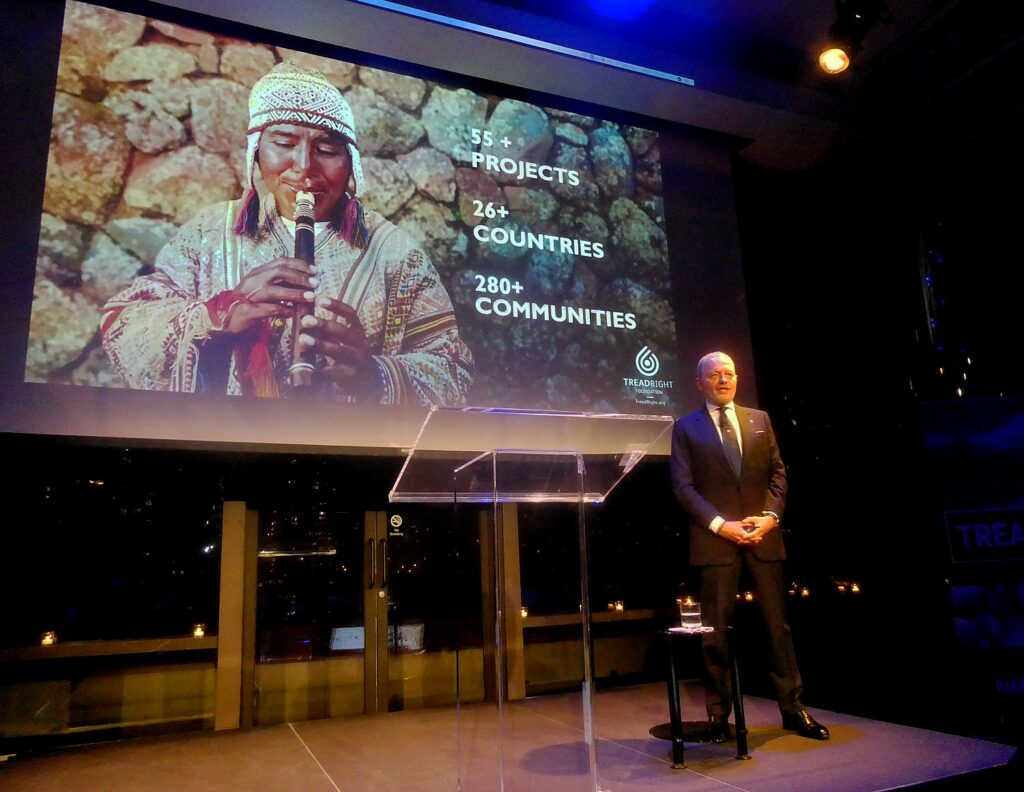
The Travel Corporation’s 42 different brands (Including Trafalgar, Uniworld, Insight Vacations, Luxury Gold, Contiki, African Travel, Inc., Lion World Travel, Brendan Vacations and Red Carnation Hotels) are designed this way and also support the Treadright Foundation. TTL’s philanthropy, dedicated to preserving and protecting the planet, people and wildlife, supports 55 projects in 280 communities in 26 countries (www.ttc.com). In addition, some of the tour programs work in conjunction with We.org, which builds schools, promotes sustainable agriculture, brings pure water to communities – to offer programs in which travelers can immerse themselves into that community. (www.TreadRight.org/trips/)
Pure Adventures (pure-adventures.com), a boutique biking and hiking tour operator offering private, custom, independent and guided travel in Europe, Asia, South and North America, as a member of the Adventure Travel Conservation Fund, contributes a portion of the trip fee to support conservation efforts around the world. (Check out this year’s projects)
Overseas Adventure Travel (OAT), which is part of Boston-based Grand Circle Corporation’s family of travel companies, supports the nonprofit Grand Circle Foundation established in 1992 by owners Alan and Harriet Lewis to support communities in which Grand Circle works and travels, including some 300 humanitarian, cultural, and educational endeavors worldwide, among them, 100 schools in 50 countries. The Foundation is an entity of the Lewis Family Foundation, which has pledged or donated more than $169 million since 1981 (www.oattravel.com).
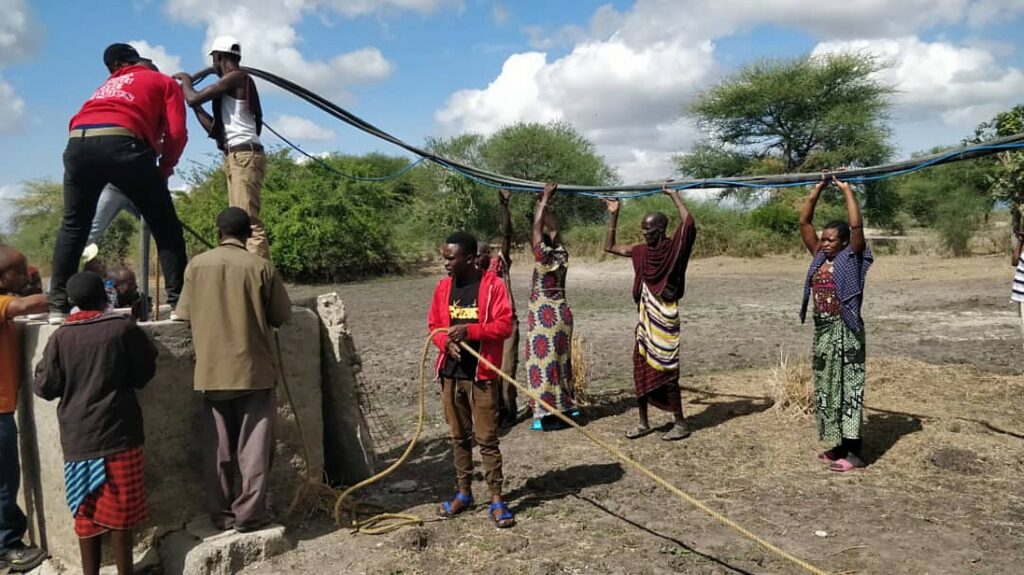
Off Season Adventures (offseasonadventures.com, 619-971-0823), a Hoboken-NJ based tour company which is specifically organized to support local communities.
There is a whole category of “sustainable travel” companies and projects that not only structure their travel programs with social responsibility in mind, but leverage the power of travel and tourism to improve the lives of people and their environment. Many are represented by Center for Responsible Travel (responsibletravel.org), Global Sustainable Tourism Council (gstcouncil.org), Earthcheck (earthcheck.org), the Rainforest Alliance (www.rainforest-alliance.org) and Sustainable Travel International (sustainabletravel.org).
Voluntourism
The very act of traveling benefits communities by spurring an economy that sustains culture, heritage, the environment, community, and forges a mutual understanding that can translate into foreign policy.
But for those who want to go even beyond to improve conditions for people, there is a category of travel, Voluntourism, that organizes travel to a destination to volunteer for good purpose – whether it is participating in scientific research, working to save a species from extinction or save the planet, or helping disadvantaged communities, or rebuilding after some disaster, as in Puerto Rico.
andBeyond has launched philanthropic-focused itineraries in Tanzania, Kenya, and South Africa to give guests a first-hand look at its core ethos of caring for the land, wildlife, and people. The activities range from adopting an elephant at the David Sheldrick Elephant Orphanage in Kenya to participating in local school conservation lessons in Tanzania to visiting the Grootbos Green Futures College in Cape Town, an organization that provides educational training to unemployed young adults in the city (www.andBeyond.com)
Earthwatch Expeditions enable you to join scientists in the field as they research urgent environmental issues, in places that would otherwise be closed to visitors. Expeditions address wildlife and ecosystems, climate change, archaeology and culture, and ocean health, for example, researching lions and their prey in Kenya, rewilding the Scottish Highlands and studying orcas in Iceland. (800-776-0188, 978-461-0081, www.earthwatch.org),
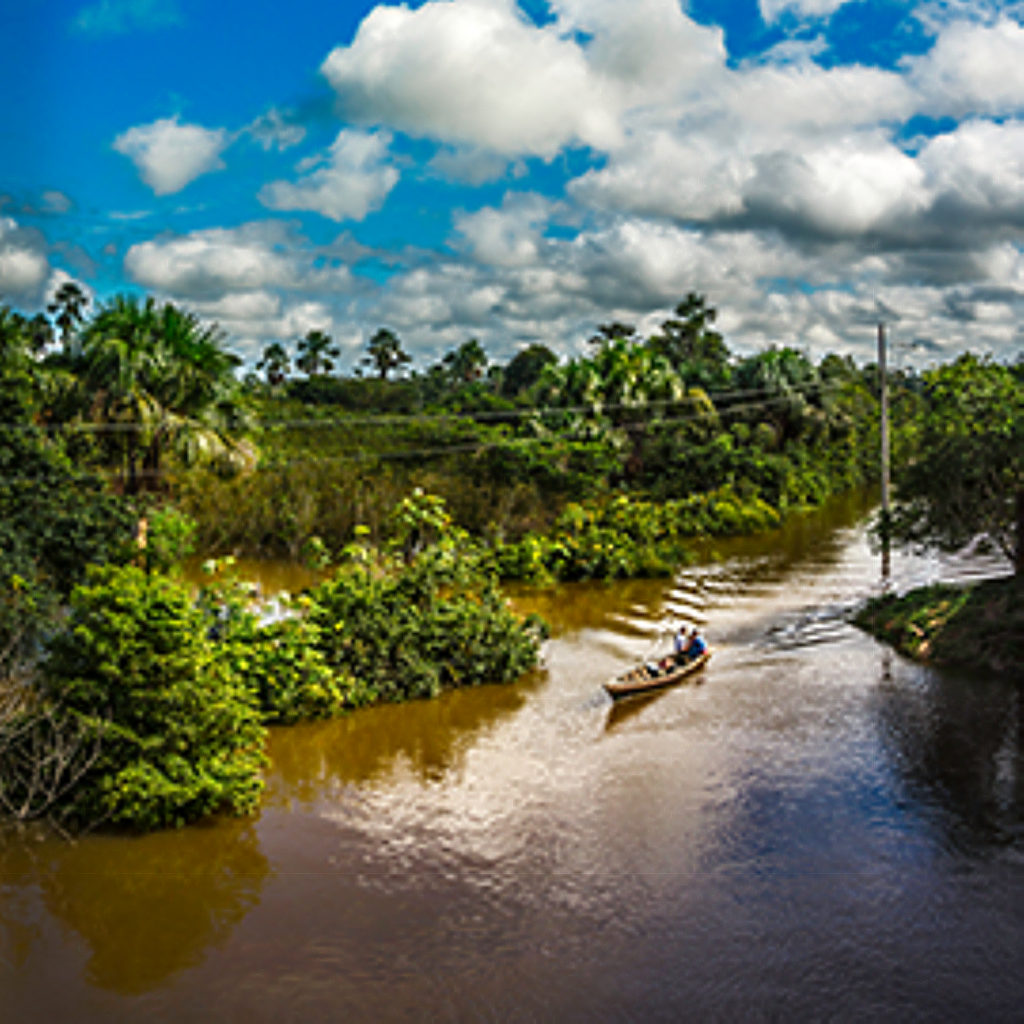
Habitat for Humanity’s Habitat for Humanity Global Village offers opportunities to help in disaster recovery or build or improve housing, schools, clinics, and other essential structures in 40 countries (www.habitat.org)
Sierra Club arranges around 90 affordable volunteer trips each year through its Sierra Club Volunteer Vacations to engage in hands-on conservation work like building and maintaining trails, removing invasive plants and assisting on archaeological digs. For example: park maintenance in Hells Canyon, Idaho (with transportation by jet-boat up the Snake River Canyon), forestry service at the New York Botanical Garden (a 50-acre urban old-growth forest) and native-bird habitat restoration on the Big Island of Hawaii (with hiking in Hawaii Volcanoes National Park). (https://content.sierraclub.org/outings/volunteer-vacations)
Adventure Life incorporates voluntourism into some of its trips. For example, on its trip to Ecuador’s Cotopaxi Volcano, travelers lend a hand with reforestation efforts, painting interpretive signs and performing trail maintenance; a trip to Costa Rica’s Pacuare Reserve for whitewater rafting also includes two nights with biologists for research at an important nesting ground for leatherback turtles; a cruise to the Antarctic Peninsula enables travelers to take part in citizen science projects aboard the ship (www.adventure-life.com).
Village Experience expanded upon its fair-trade retail shop (which supports local craftsmen) to create an ambitious program that brings travelers into their villages, creating another stream of revenue (www.experiencethevillage.com).
Other entities offering voluntourism opportunities: Biosphere Expeditions (800-407-5761, www.biosphere-expeditions.org), Globeaware (www.globeaware.org/volunteer-vacations); Global Volunteers (https://globalvolunteers.org/volunteer-worldwide/, 800-487-1074); American Hiking Society (americanhiking.org/volunteer-vacations); Projects Abroad (www.projects-abroad.org).
But don’t expect that because you are volunteering your services the trips are cheap, sometimes you pay for the privilege of doing good and your fees help support the mission.
On the other hand, during the holiday season, many of the operators offer substantial discounts for early bookings.
For example, Lindblad Expeditions-National Geographic has a new Alaska Family Offer, where with discounts for up to two children 22 and under traveling with two full paying adults on select 2020 Alaska departures: save 50% departing in May and August and save 25% departing in June and July. Also, there is Free Air for Adults from Seattle to Alaska for booking select 2020 Alaska departures by Dec. 31, 2019. .
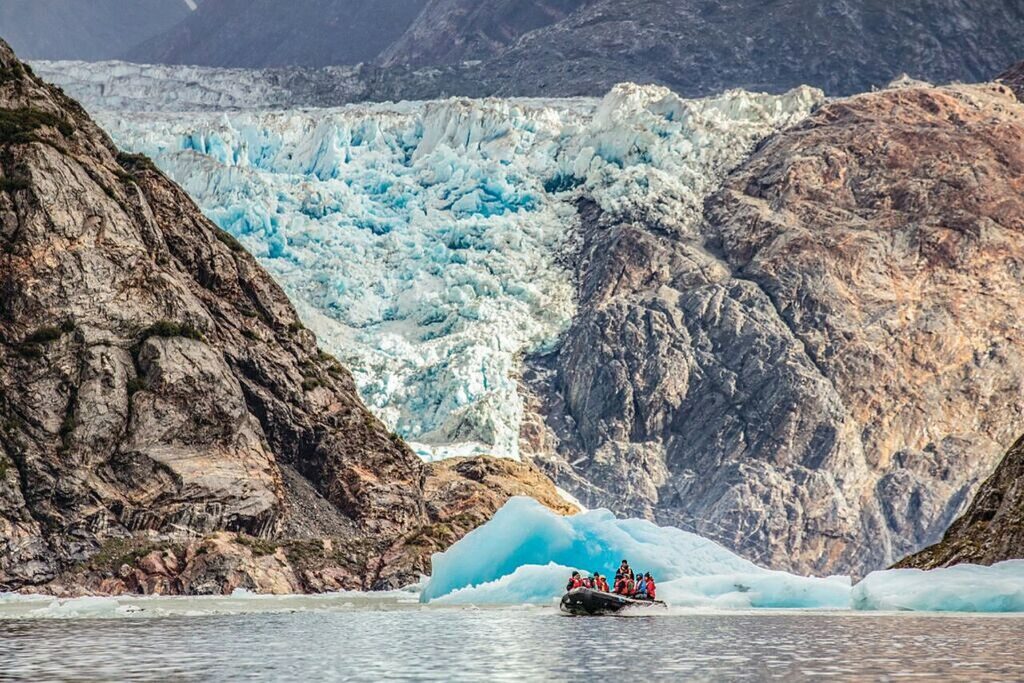
There is a whole category of experiential trips that not only enrich and inspire and make the world a better place, but support important institutions like National Geographic, the Smithsonian (which also offer student and family programs); Outward Bound, Road Scholar, Sierra Club (sierraclub.org), just a few examples.
Through the National Geographic Global Explorers Program, kids and teens learn to develop the skills and curiosity of an explorer while working alongside our certified field instructors -observing the behavior of blue-footed boobies, painting watercolors using glacier ice, or filling a field journal with wildlife sketches of all kinds (www.nationalgeographic.com/expeditions). Traveling with National Geographic helps further the work of its scientists, explorers, and educators around the world (natgeo.com/giveback).
Indulge a fantasy: in addition to photography safaris, there are travel programs to indulge all sorts of fantasy: become a Broadway star at Broadway Fantasy Camp (www.braodwayfancamp); a rock-and-roll star at Rock n’ Roll Fantasy Camp in Las Vegas (www.rockcamp.com); or Baseball Fantasy Camp (Twenty four major league baseball teams offer annual fantasy camps, see: http://www.lineupforms.com/choosing-the-right-fantasy-baseball-camp.html)
Gifts for the Traveler
Still wedded to the idea of a material gift? There are umptium possibilities for the travel-bound, especially where some special-interest or activity that requires special gear or equipment is involved like skiing, biking, hiking, scuba diving or safariing is involved.
You can purchase some needed gear while also supporting the cause. For example, go to Rails-to-Trails Conservancy’s trail shop for all-new Great American Rail-Trail jerseys, gift memberships and trail guidebooks and help realize the dream of an a nation connected by rail trails (railstotrails.org).
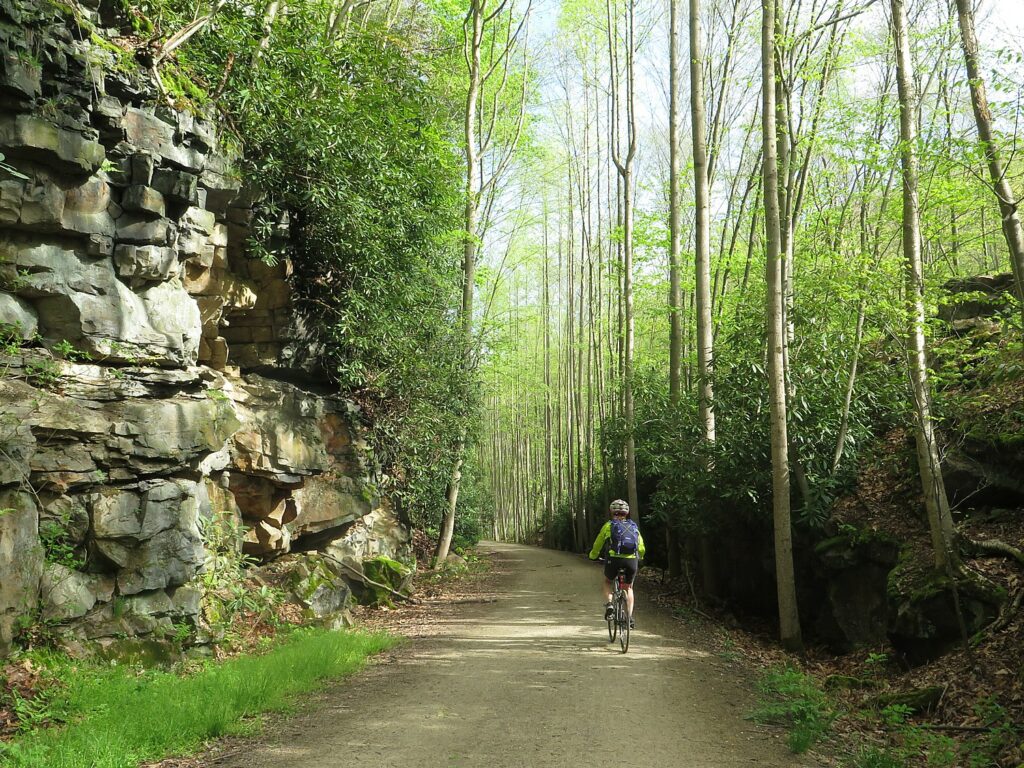
Going traditional among our favorite suppliers: REI, www.rei.com/s/holiday-gifts-for-travelers, 800-426-4840); Eastern Mountain Sports, 888-463-6367, ems.com; LL Bean, 888-610-2326, llbean.com; Sun & Ski, 866-786-3869, sunandski.com; Tennis Express, TennisExpress.com, Bass Pro Shops, www.basspro.com. And of course, luggage (I love my Olympia USA 22 in. Green 8-Pocket Rolling Duffel for $25 purchased through homedepot.com of all places which I used on an around-the-world trip; another great site is Luggageonline.com, 888-958-4424).
Cameras are big on the list for travelers, with size and functionality among the key criteria. Some of the new smaller, mirrorless cameras have as much functionality as the larger digital SLR and use interchangeable lenses but tend to be fairly costly (in the $1000 range). What I look for when purchasing a camera for travel: decent digital zoom, ISO range, image stabilization, video capability, battery life, how fast the camera focuses and shoots and WiFi capability.
For something like a safari, you would need a good DSLR with great lenses to cover the various focal lengths, but for, say, a biking or hiking trip, that is, what can I wear around my neck, shoot with one hand while riding a bicycle that gives excellent quality images, image stabilization, decent zoom lens, auto focus, is fast and responsive on/off/shoot, and is reasonably priced. I have found the Panasonic Lumix DMC ZS70 to be ideal for this kind of travel (offered at $100 off, $298, at B&H), Panasonic Lumix DMC AZ100 (now on sale at B&H; B&H consistently has best inventory, prices, and holiday specials, plus excellent customer service, delivery and return policies, www.bhphotovideo.com, 800.606.6969, 212.444.6615).
The experts at this year’s PhotoPlus Expo also recommended: Canon PowerShot G1 X Mark III (24.2 megapixel; 3x zoom, 24-072mm, ISO 100-25600); Canon PowerShot G5 X Mark II (20.1 megapixel, 5x zoom, 24-120mm f 1.8 lens, Canon PowerShot G1X Mark III (24.2 megapixel, 3x zoom, 24-72 mm); Nikon Z 50,s Nikon’s first DX-format mirrorless camera. 20.9 megapixels, ISO 100-51200, which uses interchangeable lenses; Olympus OM-D E-M5 Mark III features dustproof, splashproof, freezeproof construction in a compact and lightweight body.
Drones and GoPro-style cameras are also great gifts, as well as new accessories (like attachable lenses) that enhance the excellent photo capability of smartphones to give them more of the functionality of a camera.
Consider getting your traveler a waterproof camera for those adventures into the rainforest, snorkeling, whitewater rafting and such.
Or more spectacularly, what about a photo safari or a trip led by a master photographer, such as offered by Photo Safaris (www.photosafaris.com/Destinations/Find-a-Trip); National Geographic (www.nationalgeographic.com); Photo Workshop Adventures (www.photoworkshopadventures.com); and Nomad Photo Expeditions (www.nomadphotoexpeditions.com).
Lindblad Travel has photography tours with National Geographic photographers and with the B&H Photo Locker on many of its ships, you can even test-drive the latest gear. (expeditions.com/why-us/expedition-photography)
Give a Gift, Support the Institution
Gift giving can support important institutions at the same time. Many of the great museums and institutions of the world offer some of the most interesting, innovative and creative items in their gift shops and you can support their endeavor by shopping online or through catalogs (check out holiday specials): the Metropolitan Museum of Art (metmuseum.org), the American Museum of Natural History (www.amnh.org), the Art Institute of Chicago (855-301-9612), Smithsonian (Smithsonianmag.com). The Nassau County Museum of Art and New-York Historical Society usually have special items oriented around major exhibitions (www.nyhistory.org), to list just a few.
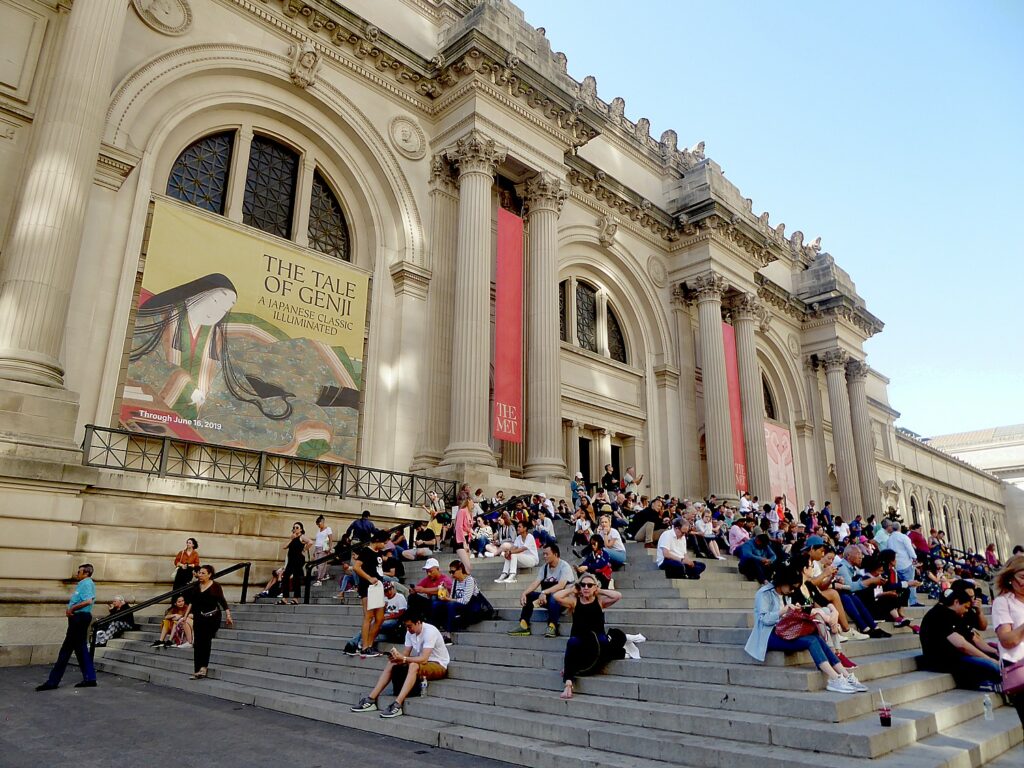
Zoos and aquariums and special attractions are fantastic to shop at, especially for kids: The Palm Beach Zoo (www.palmbeachzoo.org), for example, has eco-friendly items. There are also Adopt-an-Animal programs. The Bronx Zoo has similar programs and an online store (www.bronxzoostore.com). And you don’t have to visit the Kennedy Space Center, to get space-related items (www.thespaceshop.com), though visiting offers incomparable experiences. You might also consider gifting special experiences, like Zookeeper for a Day or an Overnight Campout at a Museum.
Another gift idea is to purchase family memberships in these entities, which gives a sense of “ownership” and encourages multiple or multi-day visits as well as giving access to benefits. Just call or go online to your favorite museum, zoo, aquarium, preserve, historic site or attraction. Often the memberships give you broad access like the Smithsonian Institution, Sierra Club (they produce a catalog of trips), National Trust for Historic Preservation (savingplaces.org)and its sister organization Historic Hotels of America (www.historichotels.org), Rails-to-Trails Conservancy, Parks & Trail NY, National Parks Conservation Association (NPCA).
National Trust for Historic Preservation offers Great Experiences & Tours, (nationaltrusttours.com). The National Trust has just introduced a new program to make history fun for families: Distinctive Destinations. From grand homes to artists’ studios to working farms, these places across America can add memorable moments to your off-the-beaten-path road trip, create new opportunities for your next vacation, or even be your new favorite gift shop (https://savingplaces.org/distinctive-destinations). They even have created an online list of holiday experiences at its collection of historic holiday sites. (https://savingplaces.org/collections/distinctive-destinations-historic-holidays).
Stocking Stuffers
Darn Tough: Made in America socks for just about every purpose, that comes with a lifetime guarantee and the benefits of Marino wool (no odor; when hot, it wicks away moisture, when cold, it keeps you warm). Socks tailored to hiking, running, endurance, skiing, biking, hunting, work and lifestyle. Founded by Ric Cabot in 2004, a third-generation sock maker, the company operates out of Cabot Hosiery Mills, in the Sock Capital of the World, Northfield, Vermont. Colorful, a great stocking stuffer. (www.darntough.com).
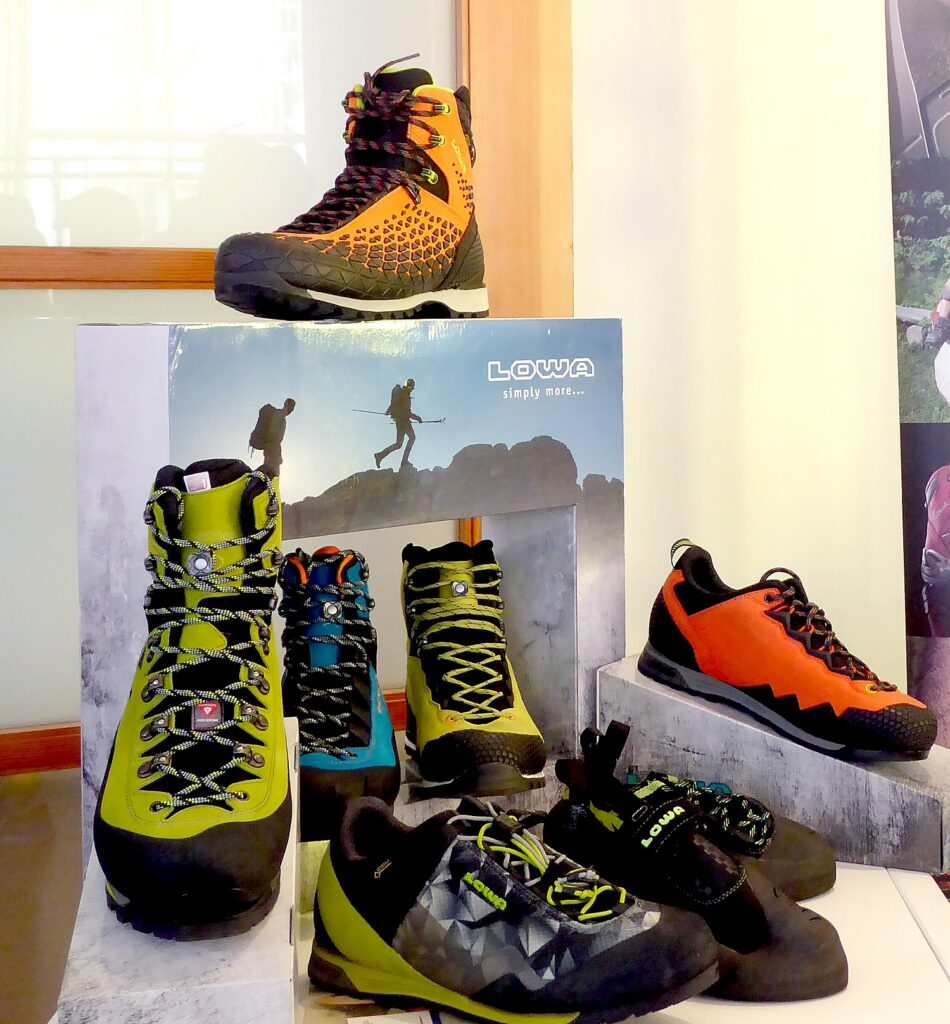
Lowa Boots, a Connecticut based company that is in partnership with a German company founded in 1923, is famous for four-season specialized outdoor footwear for hiking, backpacking, mountaineering and walking, as well as everyday use. Available at Paragon, REI, Zappos and 450 independent specialty stores as well as online (www.lowaboots.com).
Ecco Outdoors creates ergonomic footwear that have their own version of natural motion, unique to each foot. The shoes are produced in factories in China, Vietnam, Indonesia, Thailand, and Portugal and sold in 90 countries from over 2,200 ECCO shops and more than 14,000 sales points. (www.eccousa.com).
For the hardcore adventurer, consider the Bivystick, a recently launched two-way satellite communication device that works with your smartphone with a flexible data plan, and offers the benefits of a GPS unit and satellite two-way communicator to send messages, track/share location information, access GPS maps, get updated forecasts an d notify EMS in the event of an emergency when otherwise off the grid. The company also produces Bivy, a software application that identifies the details, location and full path of tens of thousands of trails, waterways and climbing routes. (www.bivy.com).
_________________________
© 2019 Travel Features Syndicate, a division of Workstyles, Inc. All rights reserved. Visit goingplacesfarandnear.com, www.huffingtonpost.com/author/karen-rubin, and travelwritersmagazine.com/TravelFeaturesSyndicate/. Blogging at goingplacesnearandfar.wordpress.com and moralcompasstravel.info. Send comments or questions to FamTravLtr@aol.com. Tweet @TravelFeatures. ‘Like’ us at facebook.com/NewsPhotoFeatures
